I hiked the Ojiragawa (White Tail River) Trail again, this time, to Fudotaki (No Move Falls). The amount of the water is impressive and very strong. I got splashed even several meters away.
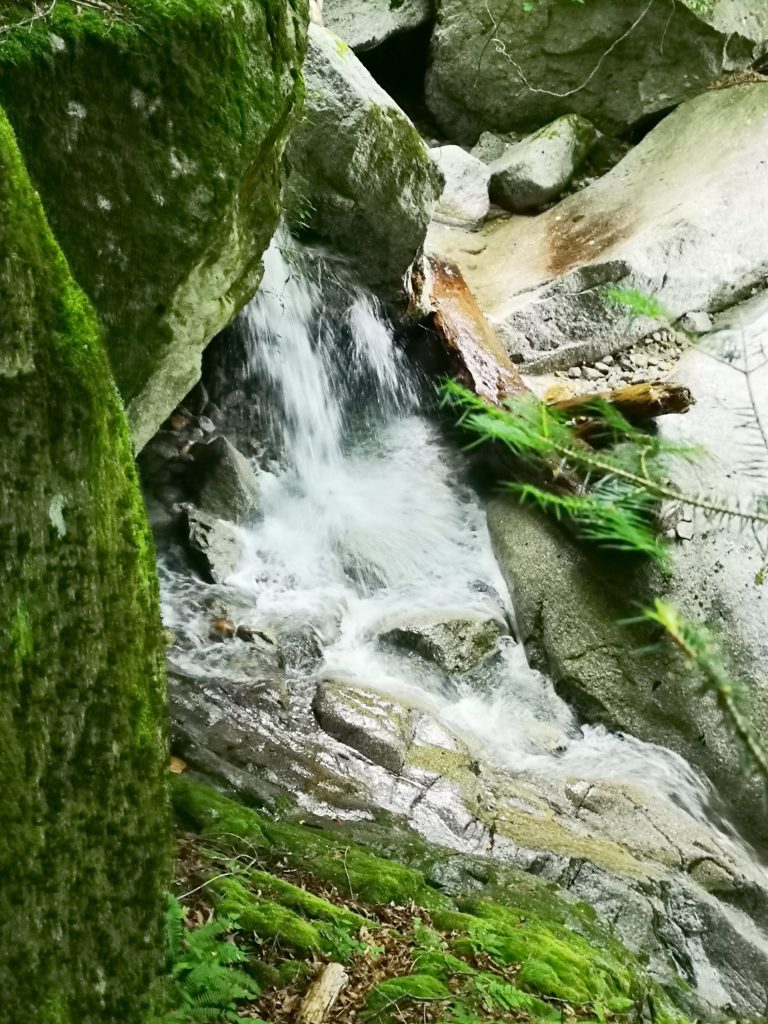
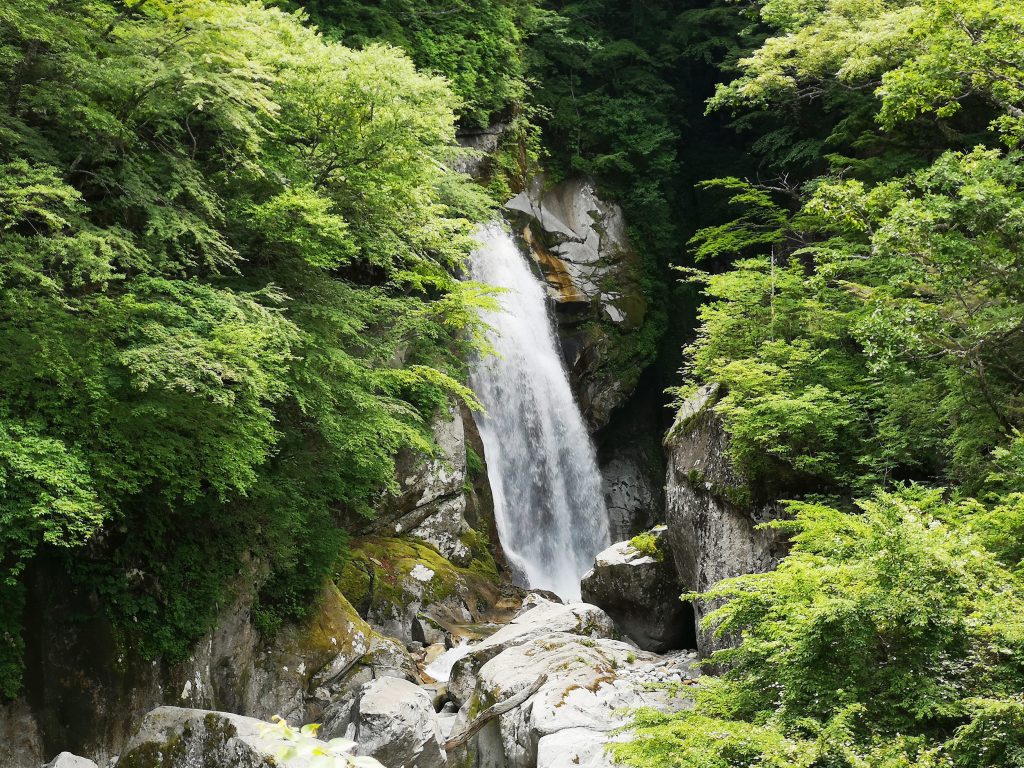
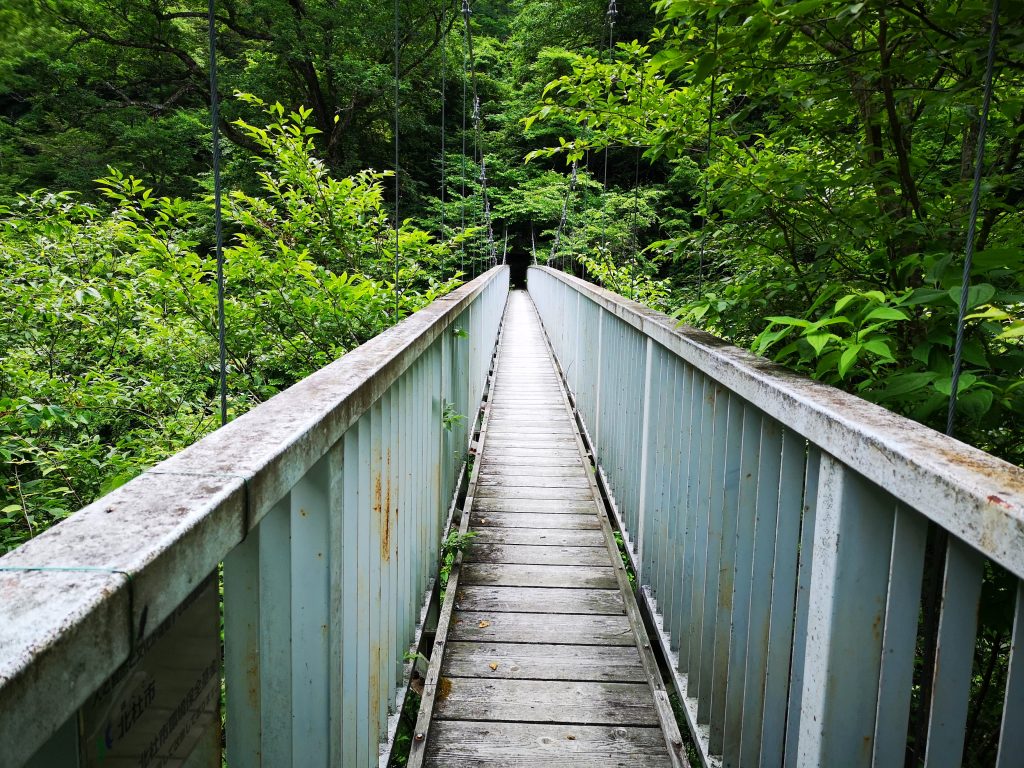
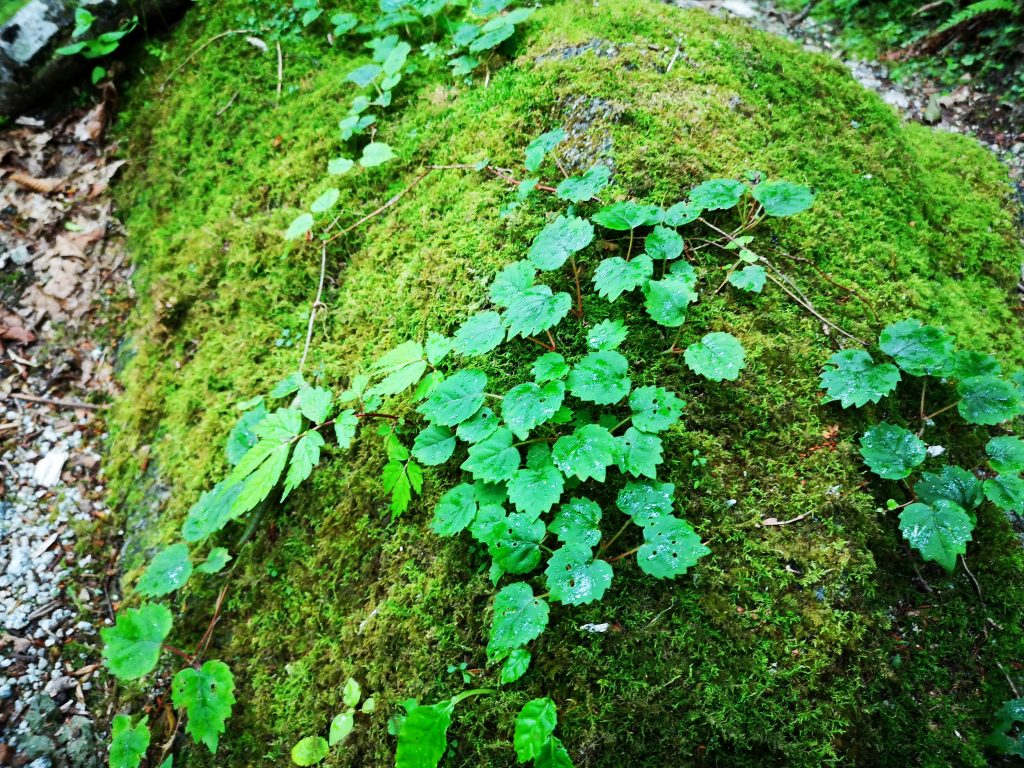
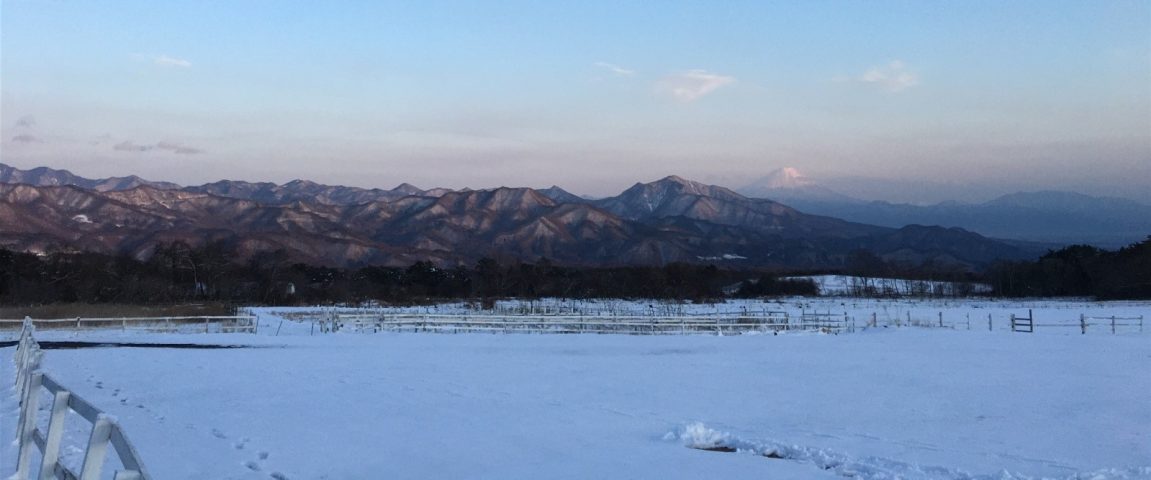
EXPERIENCE YAMANASHI AND MORE _ ETSUO YAMAMOTO
Certified National Government Licensed Guide Interpreter
I hiked the Ojiragawa (White Tail River) Trail again, this time, to Fudotaki (No Move Falls). The amount of the water is impressive and very strong. I got splashed even several meters away.




Relatively cool weather and clear water around the Azumino region are suited for growing wasabi, Japanese horseradish (Eutrema japonicum). The largest wasabi farm in the world, Daio Wasabi Farm, is located here in Azumino. Wasabi is originally grown wildly in the streams of the mountains. Therefore, wasabi plants are rather sensitive to the direct sunlight in the fields. Black shade nets are used to cover the wasabi fields to protect the roots and stems of wasabi plants from the heat of the sunlight during summer, from May to the beginning of October. They help to keep the temperature of the running water below 15°C. (https://visitazumino.com/en/) (https://www.daiowasabi.co.jp/)

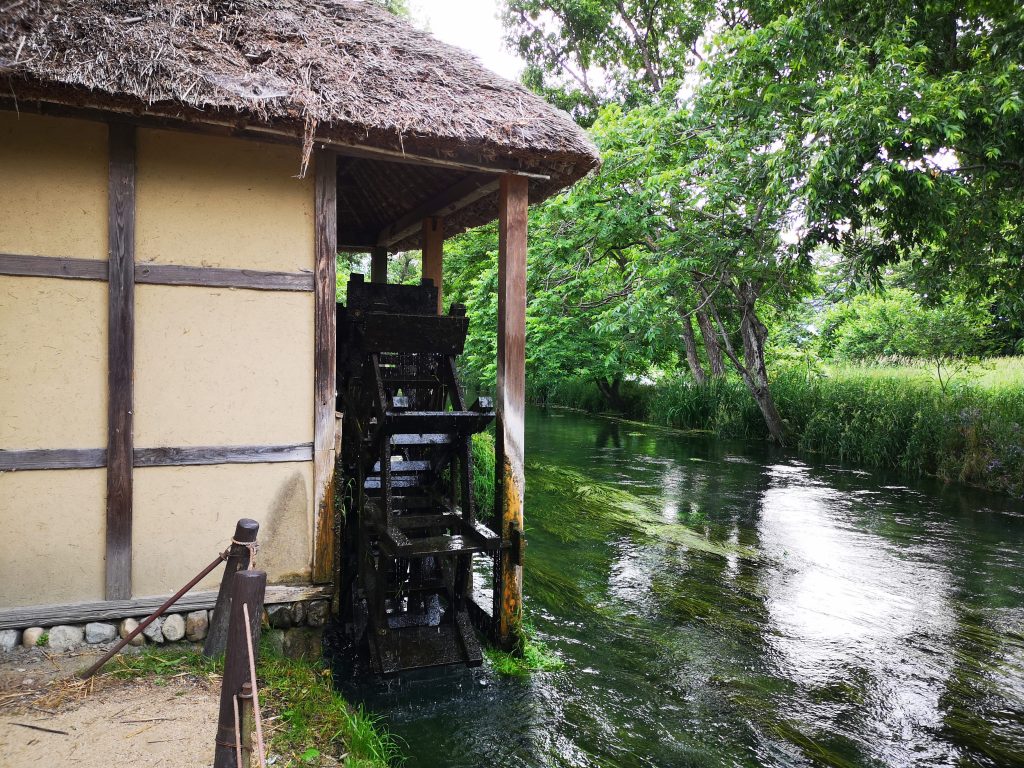
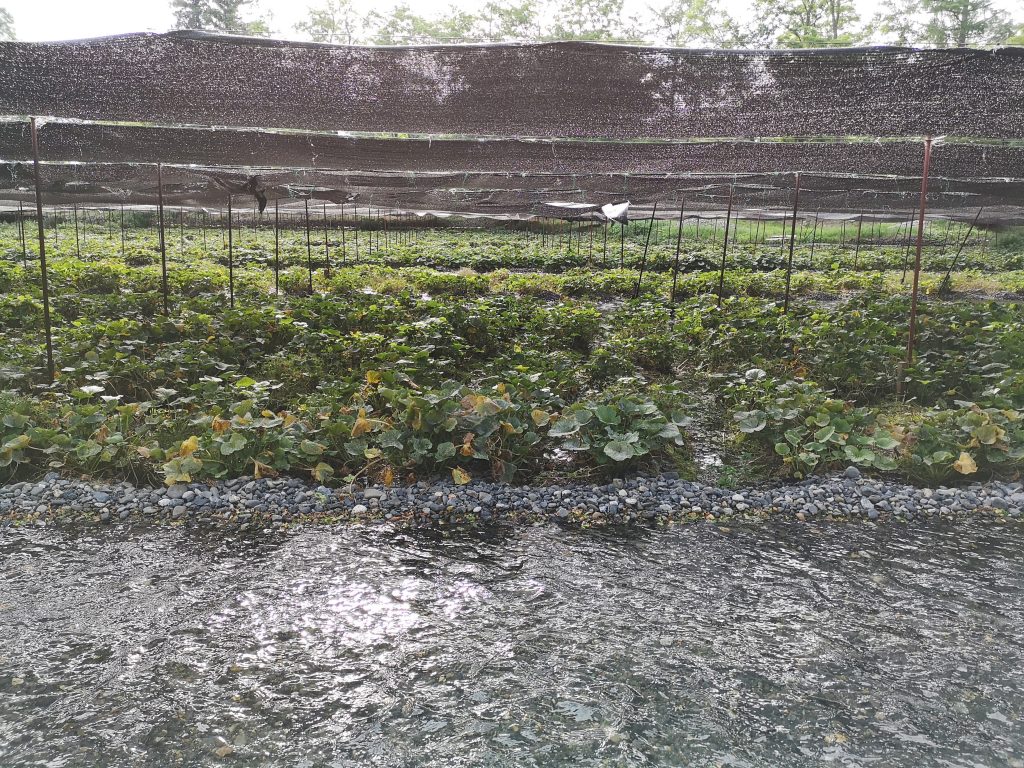
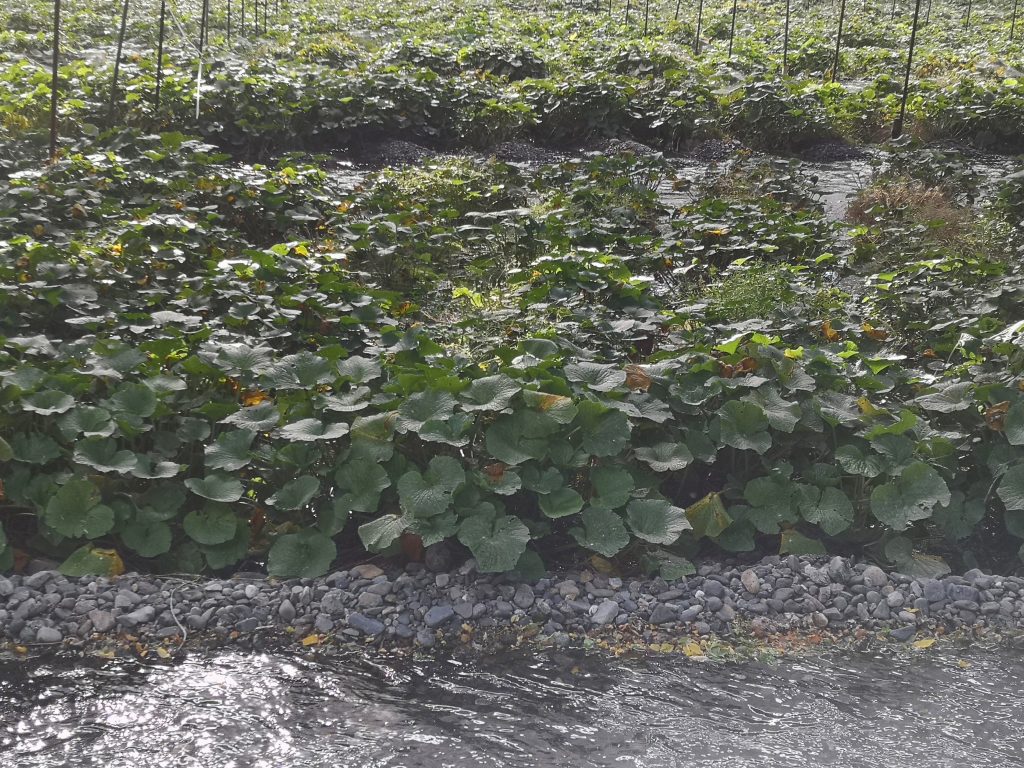
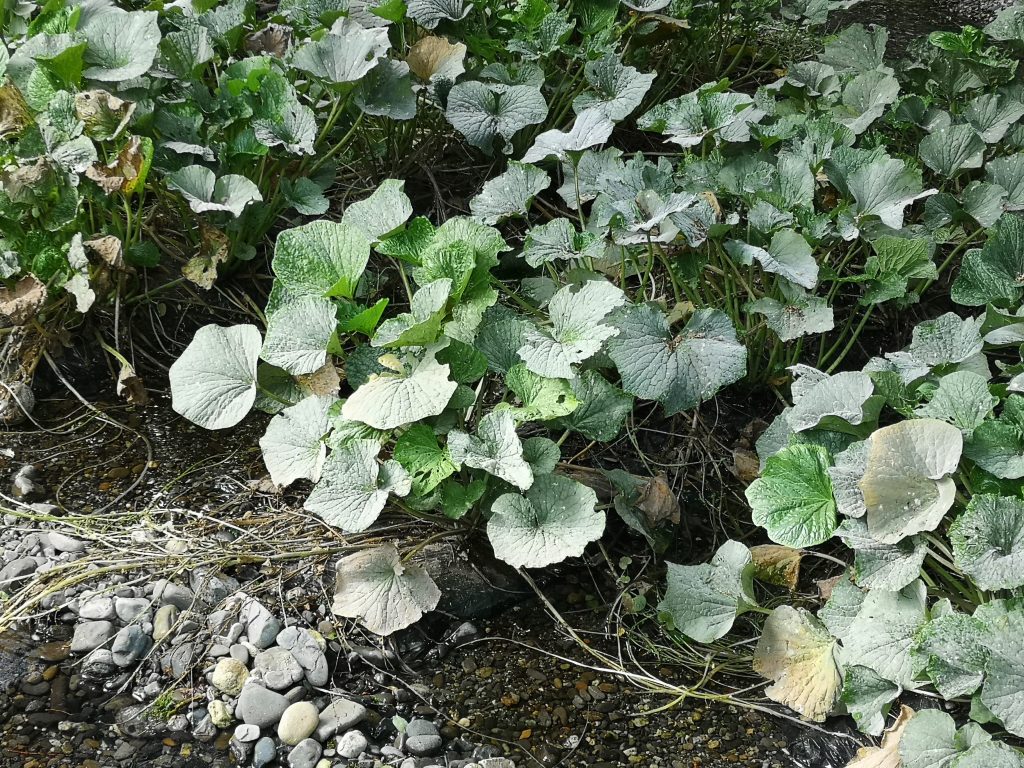
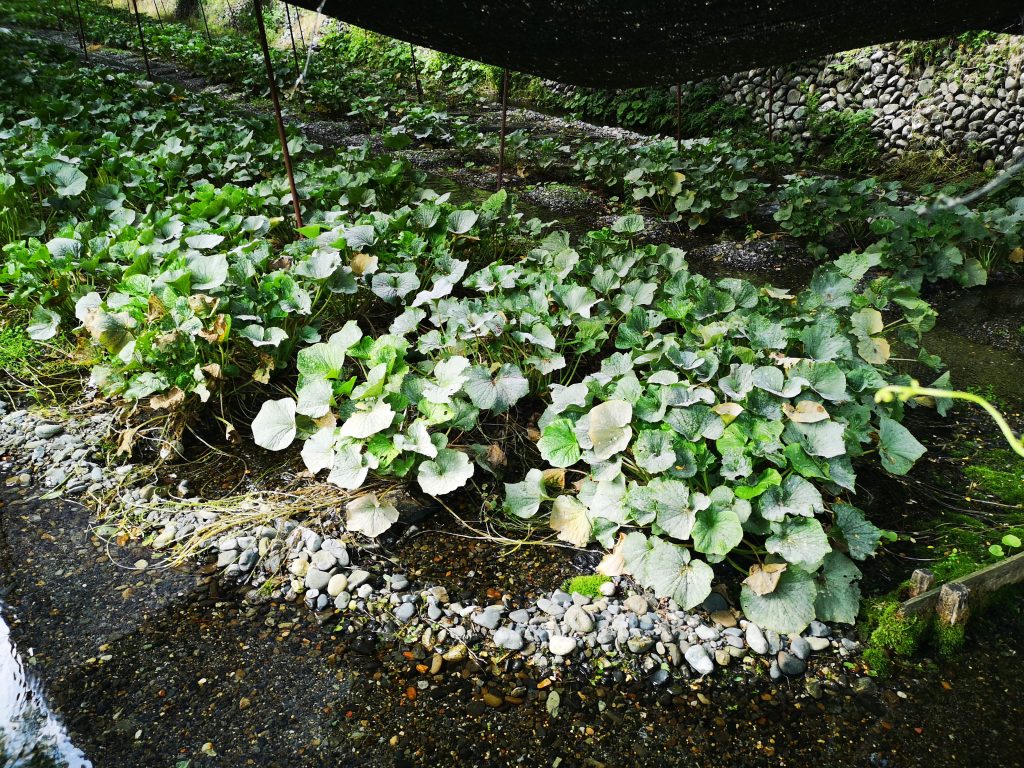
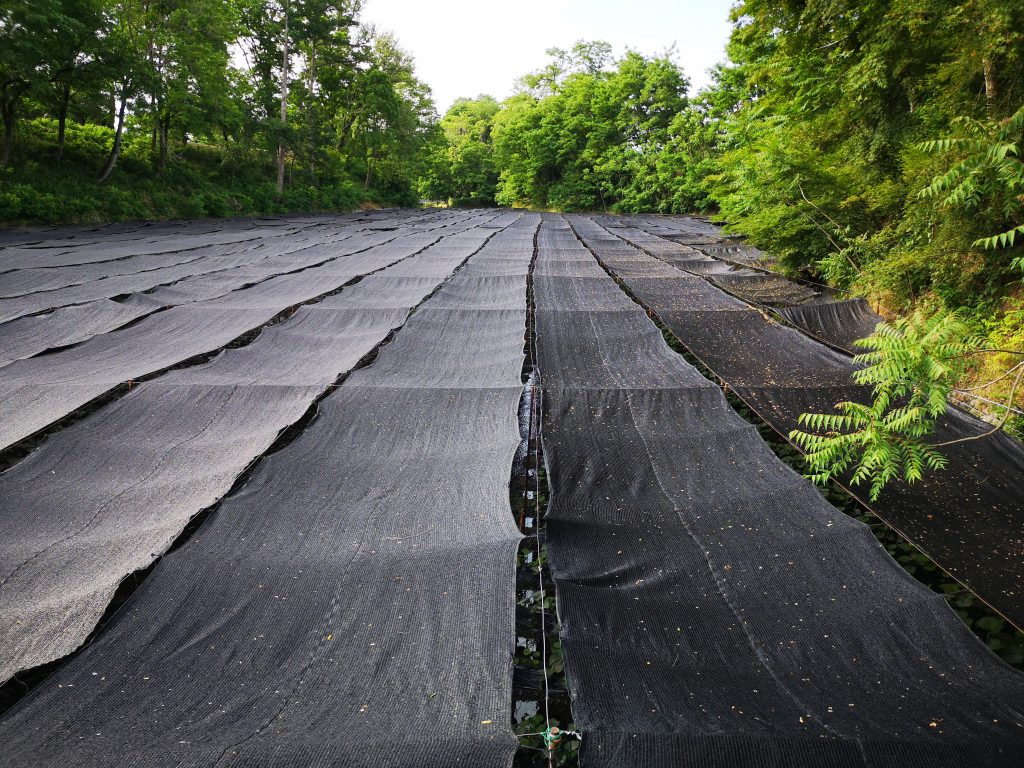
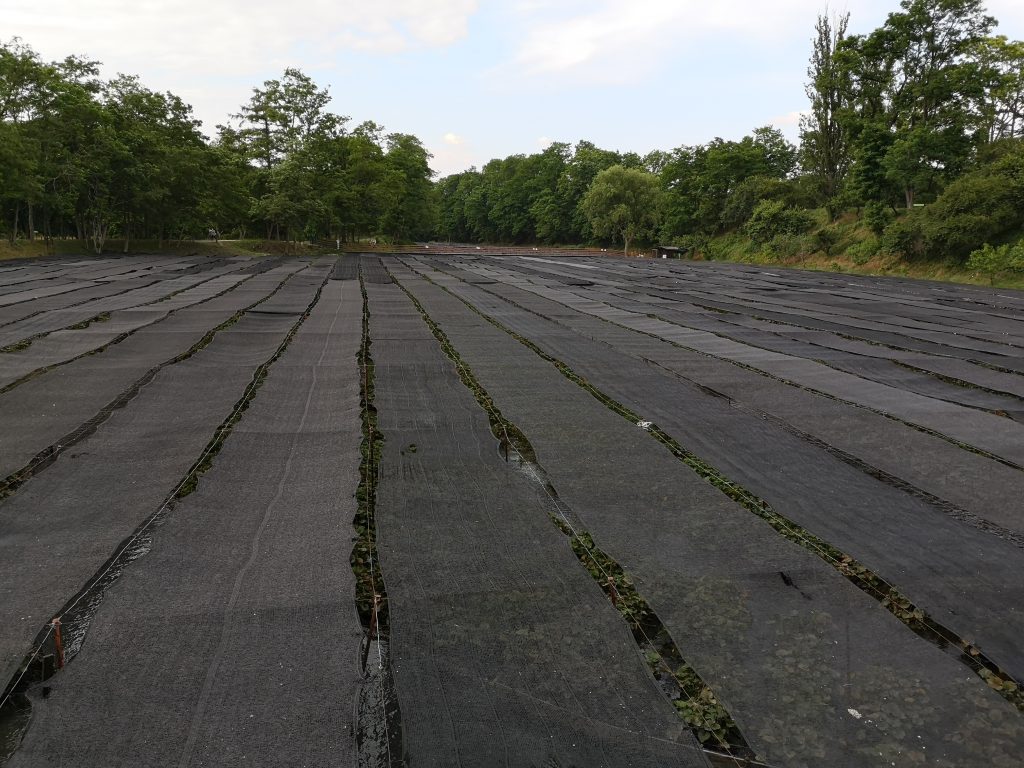
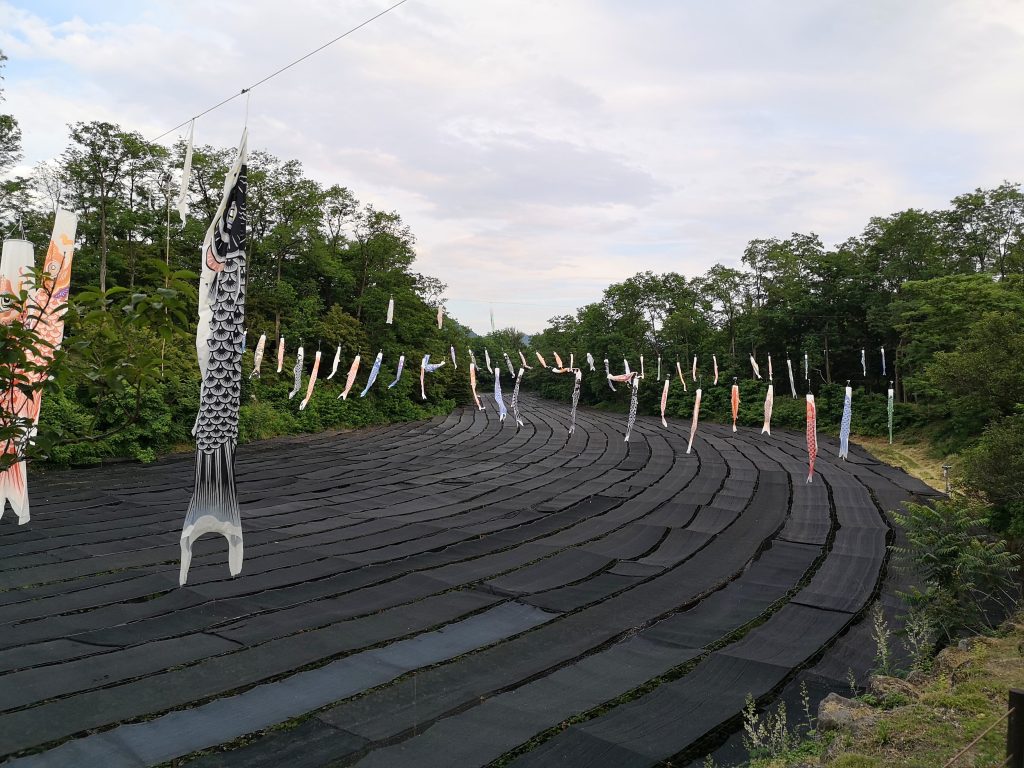
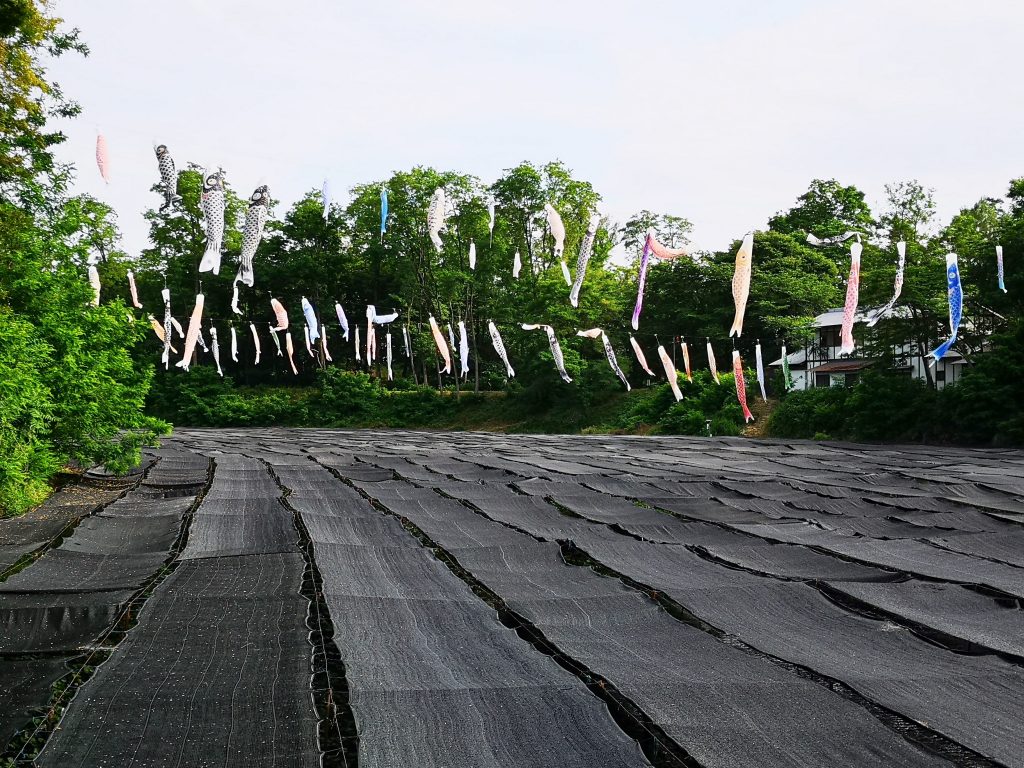
There is a pond where rainbow trout (Oncorhynchus mykiss) are raised in the Farm. Yellow orange fish are albino fish, the mutant of the wild type rainbow trout. Adult fish of rainbow trout are distinguished by a broad reddish stripe along the lateral line, from gills to the tail. You can see the reddish stripe on the belly even on the albino type.
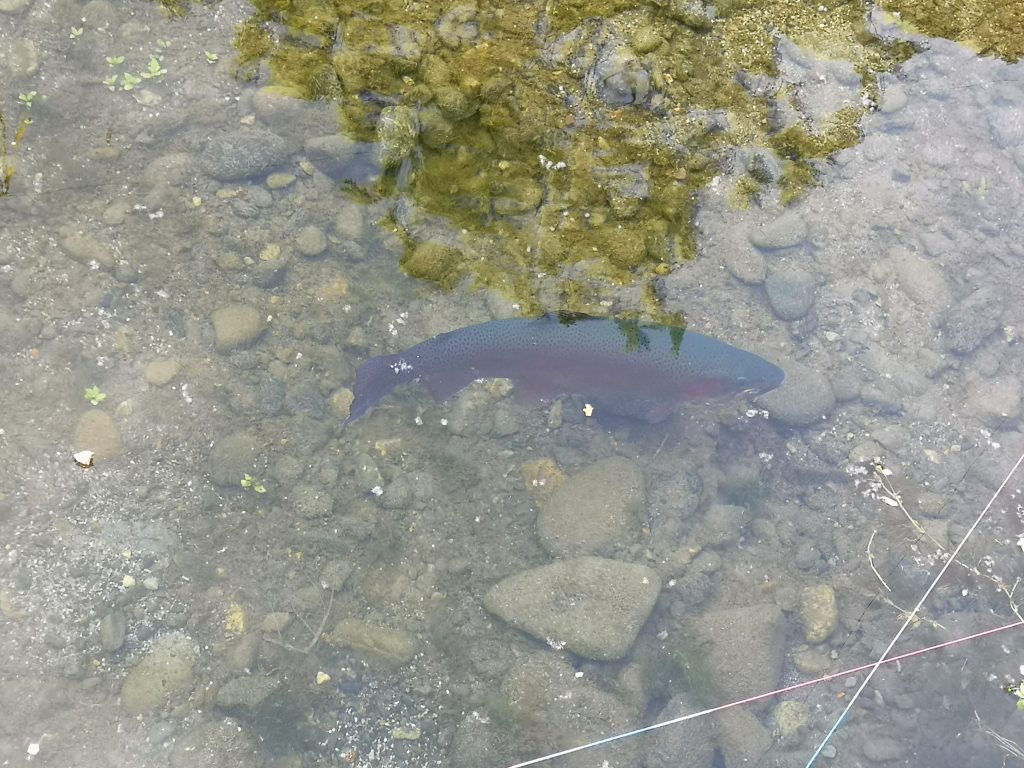
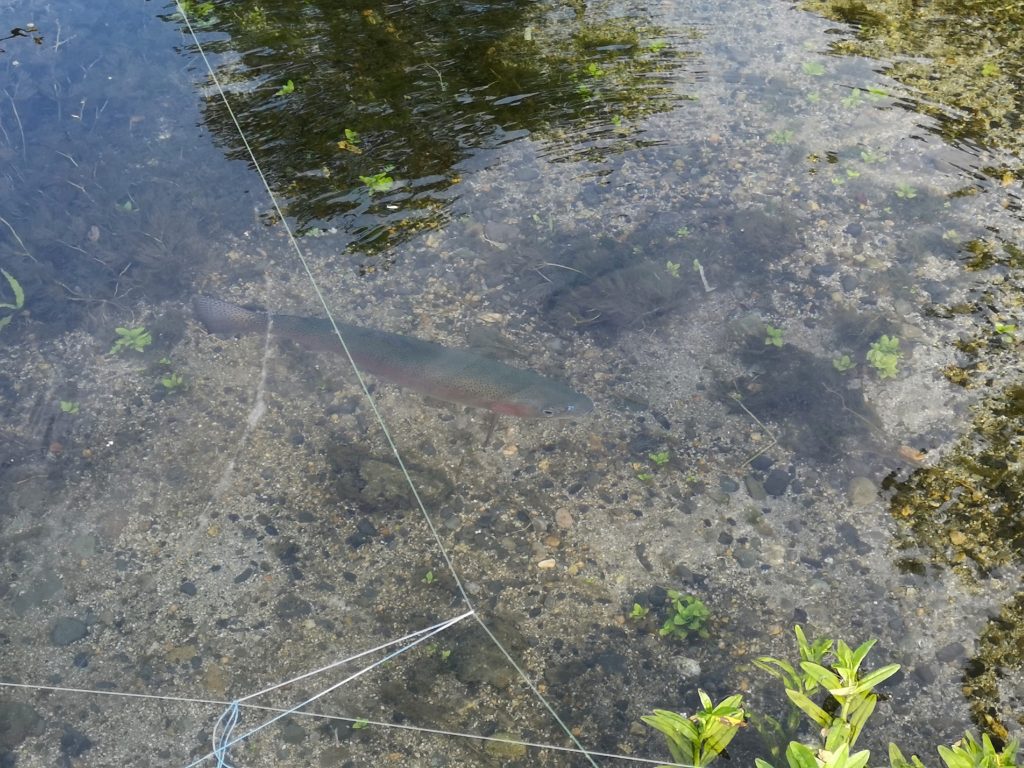
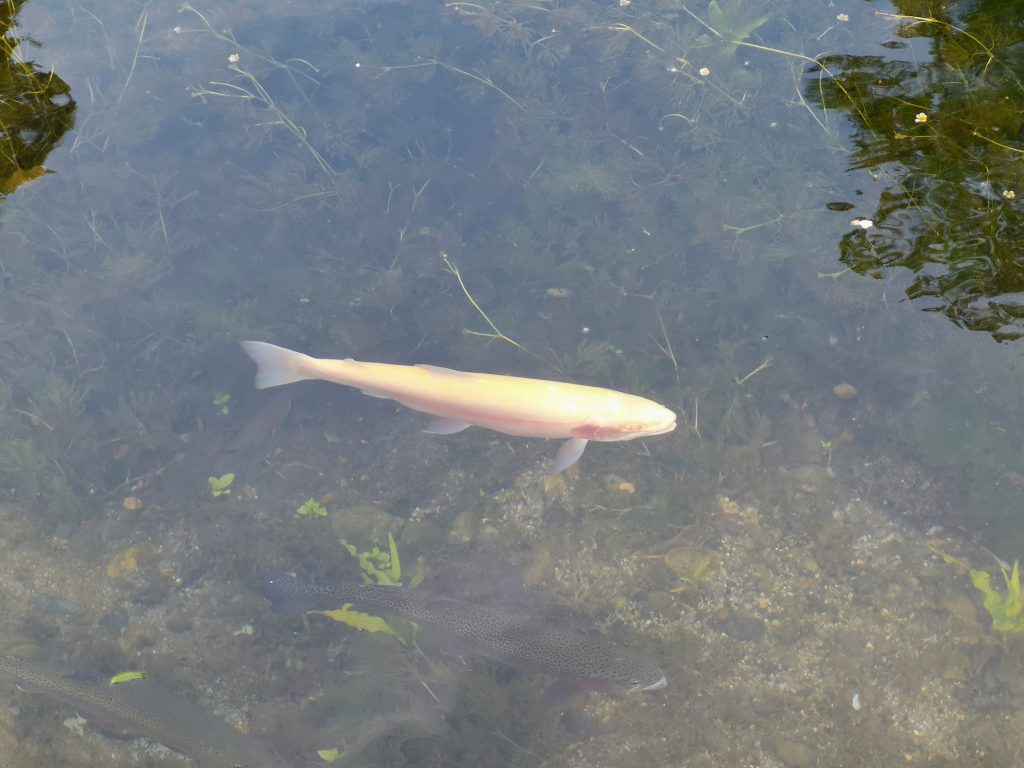
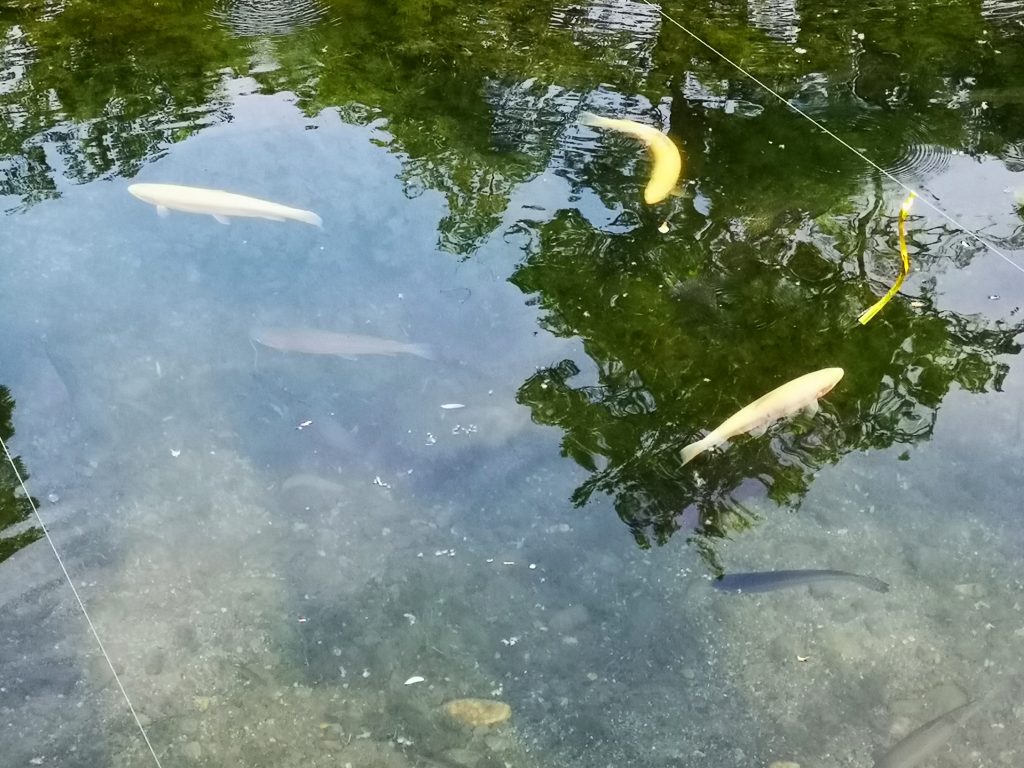
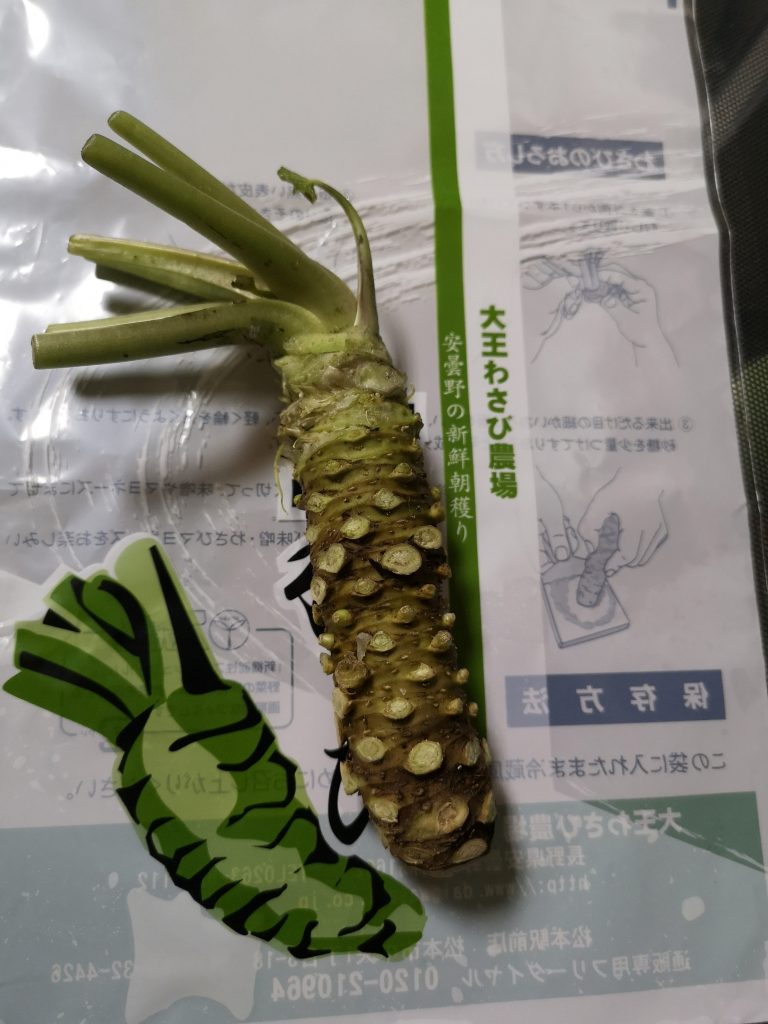
Wasabi Stem or Rhizome, the Major Part of the Plant Eaten, Commonly Served Grated; Its Pungent Compound is Allyl Isothiocyanate Produced by Grating the Plant. In Horseradish, the Root is Eaten. Both are Hot and Tangy; but the Japanese Wasabi is Much More Intense with Mild Sweetness. Daio Wasabi Farm, Azumino, Nagano, 6/12/2021 (https://en.wikipedia.org/wiki/Wasabi) (https://foodal.com/knowledge/herbs-spices/horseradish-wasabi/)
HOTAKA RIVER WASABI FIELDS
Other than Daio Wasabi Farm, there are wasabi fields along the Hotaka River in the Azumino area.
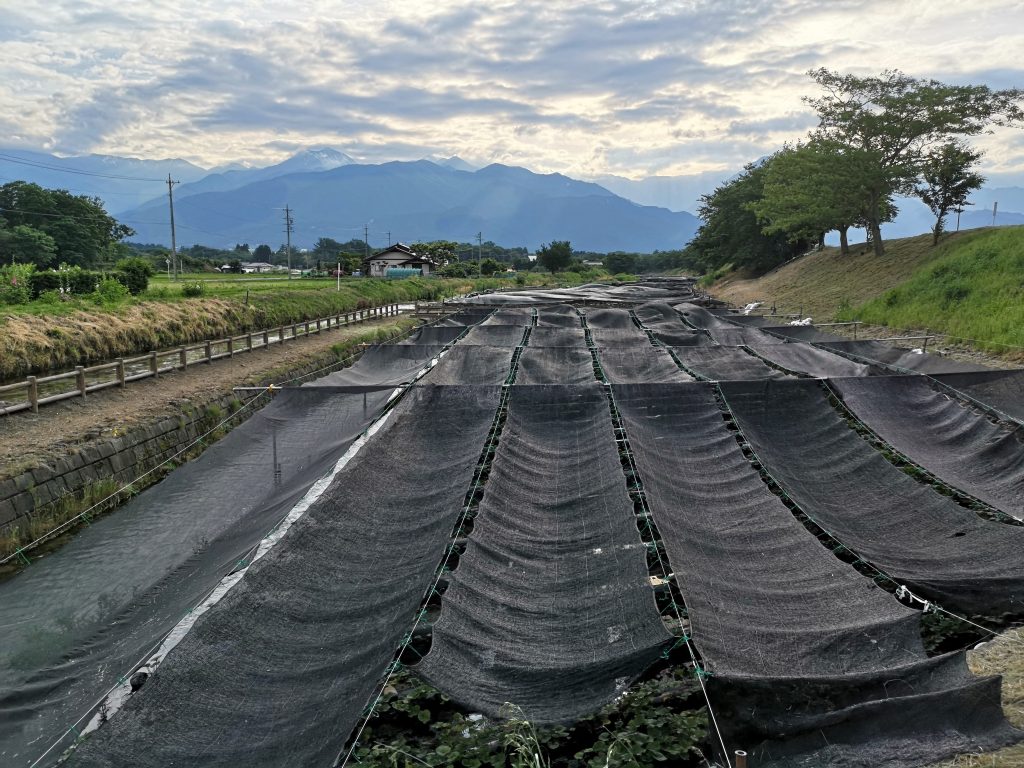
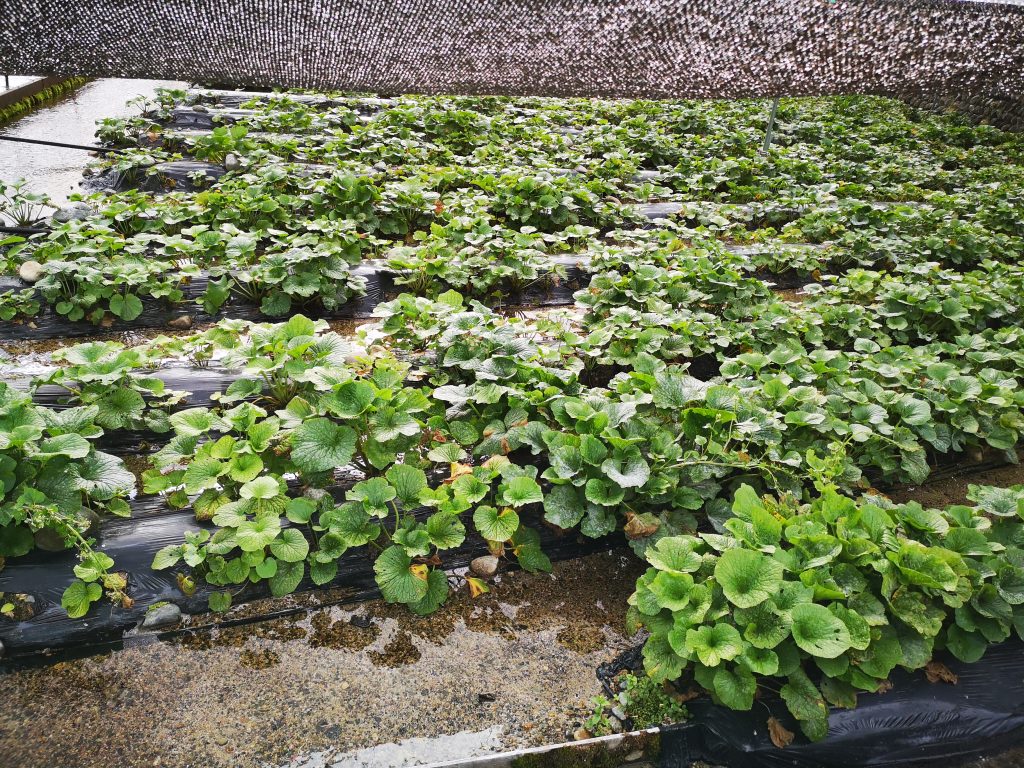
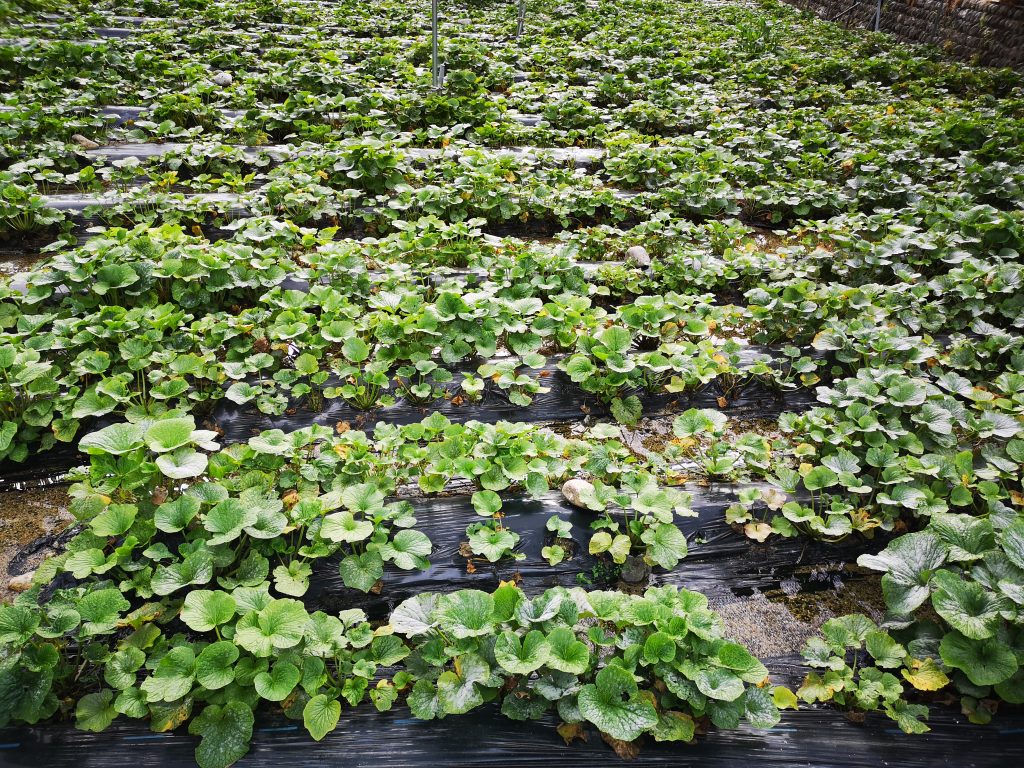
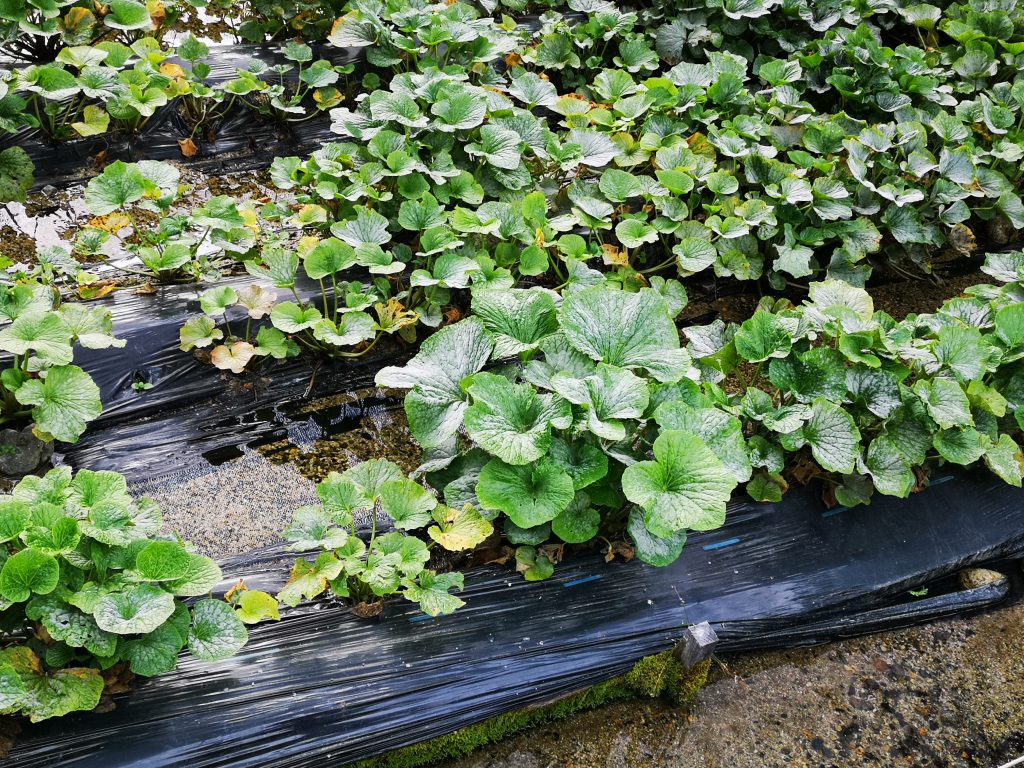
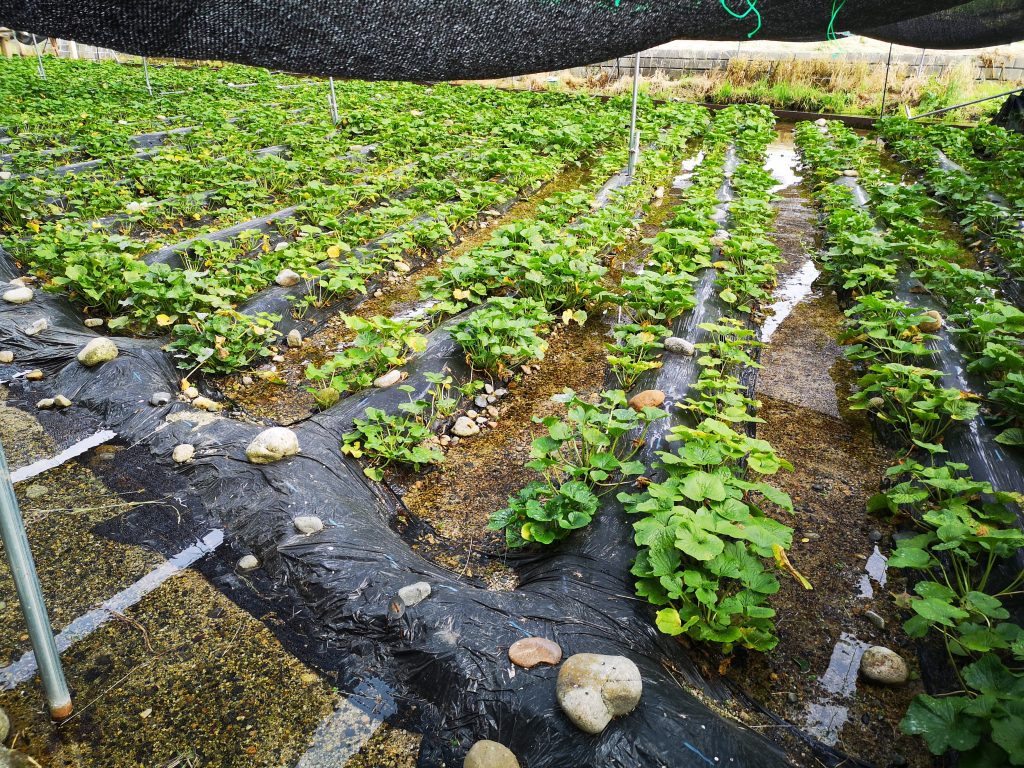
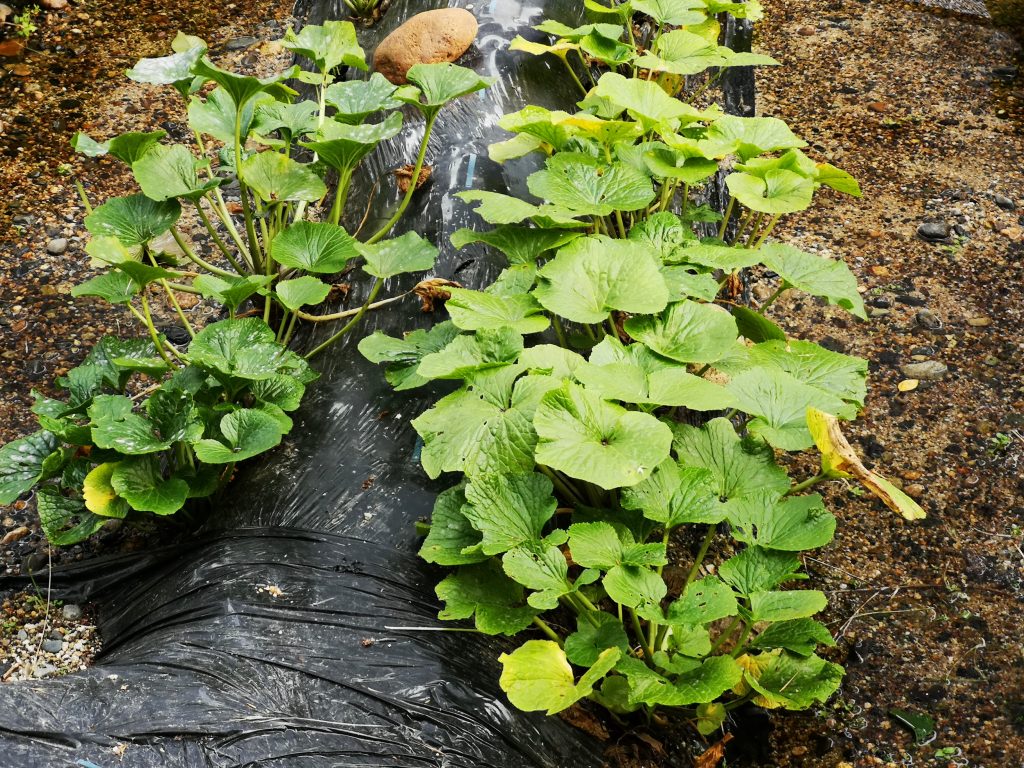
As you may know that the Sumida Hokusai Museum is located in Sumida Ward in Tokyo. There is another Hokusai museum here in the town of Obuse in Nagano Prefecture. The museum holds the two well-known festival floats, books of woodblock prints, nishikie (multi-colored woodblock prints), and paintings.
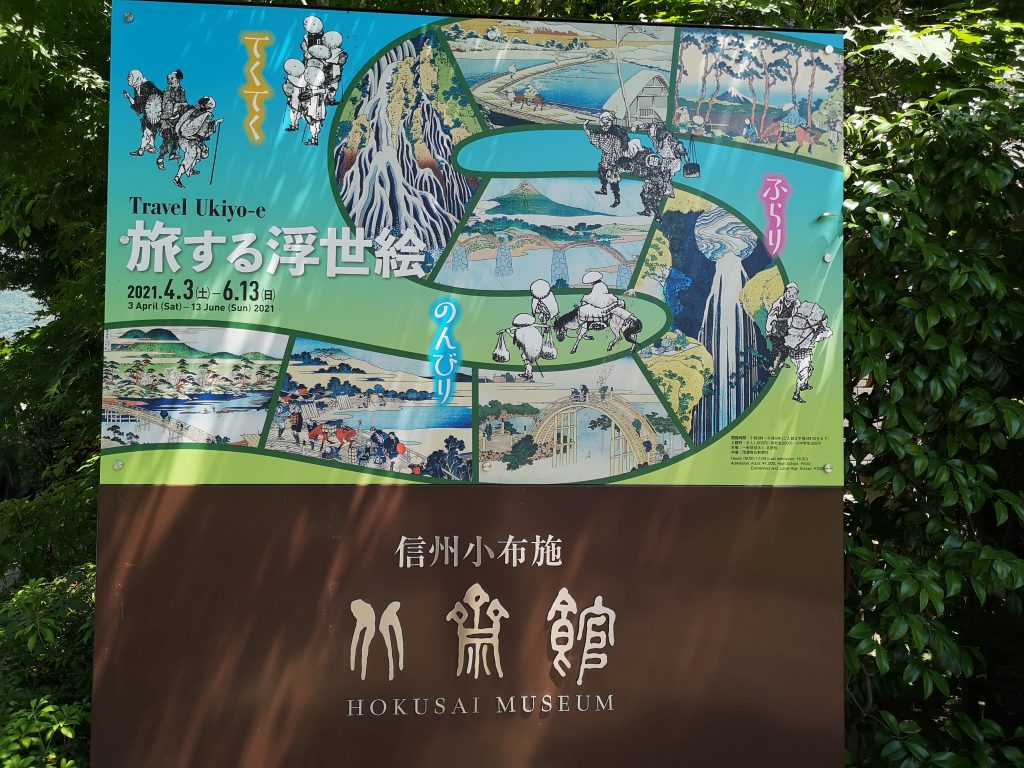
TRAVEL UKIYOE
4/3~6/13/2021
Hokusaikan, Hokusai Museum, Obuse-town, Nagano
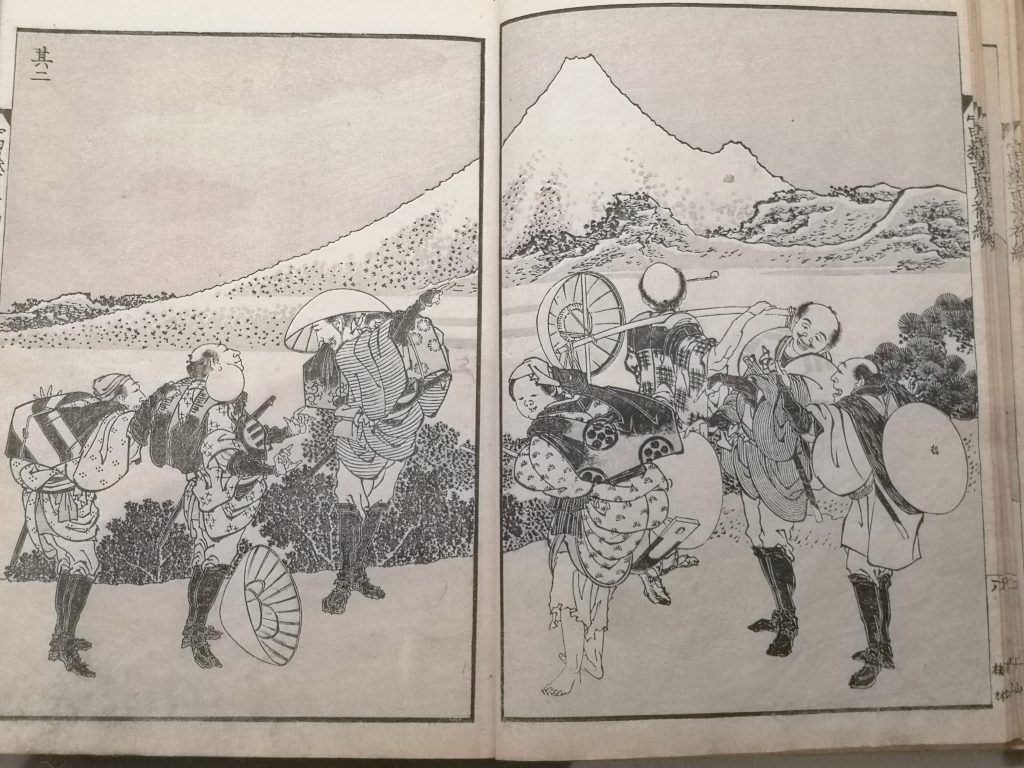
Random Drawings by Hokusai (Hokusai Manga)
The Eruption of Mount Fuji (1707) resulted in the formation of a small peak known as Mount Hoei at the mouth of the crater, Hokusaikan, Obuse-town, Nagano, 6/12/2021.

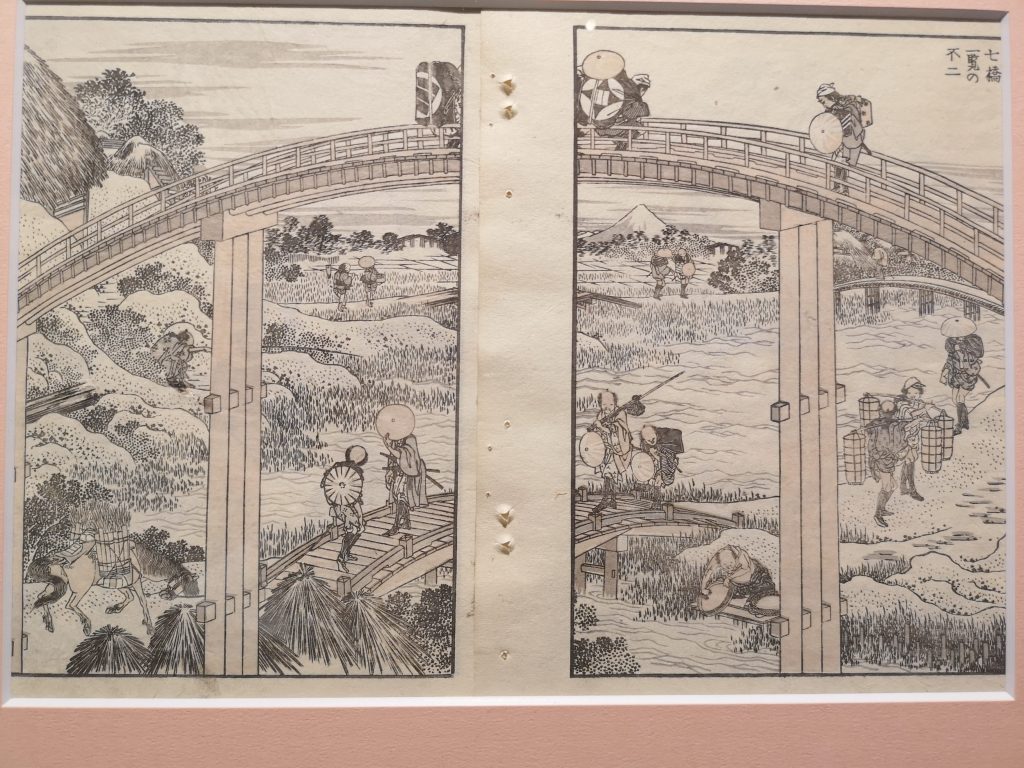
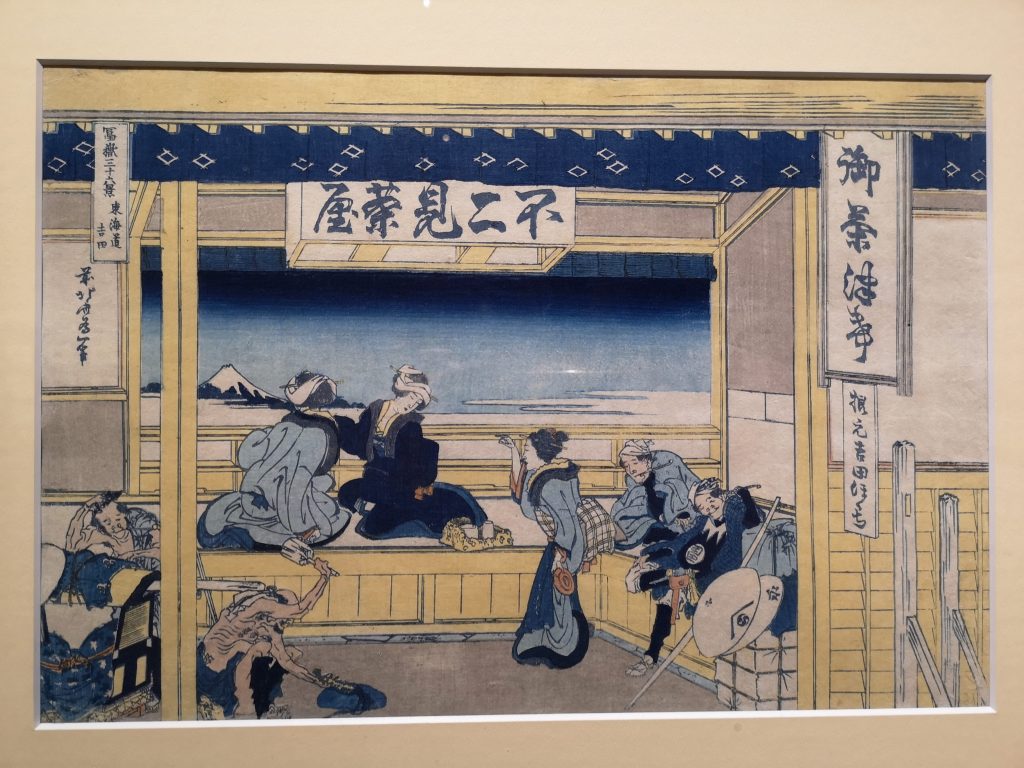
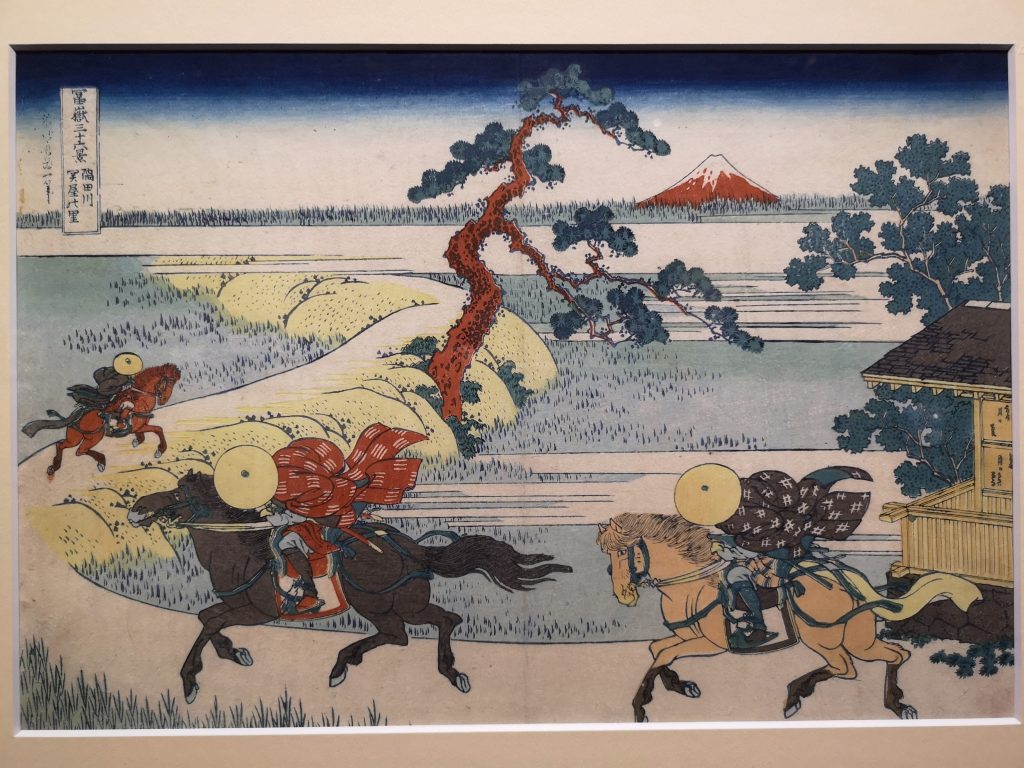
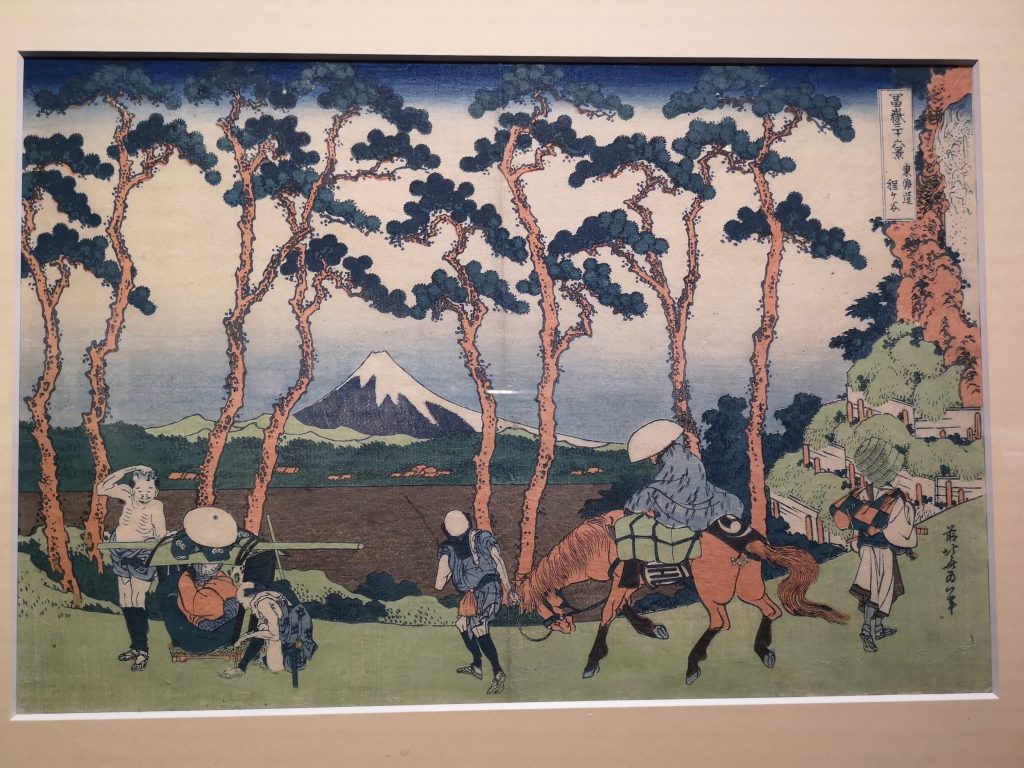
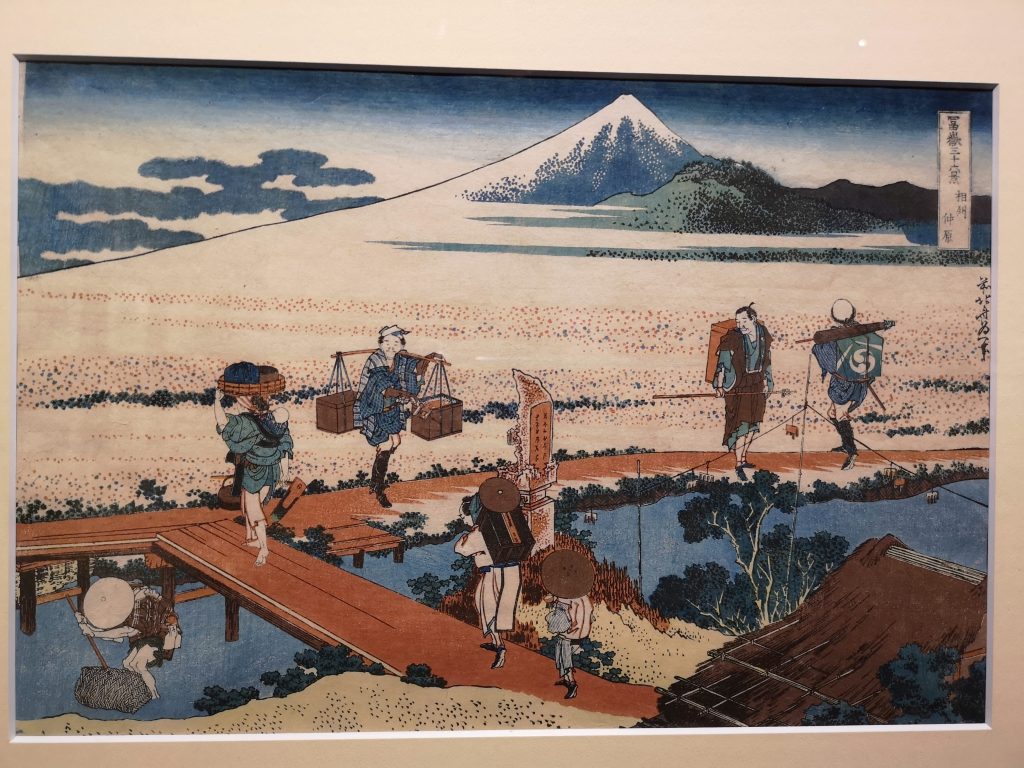
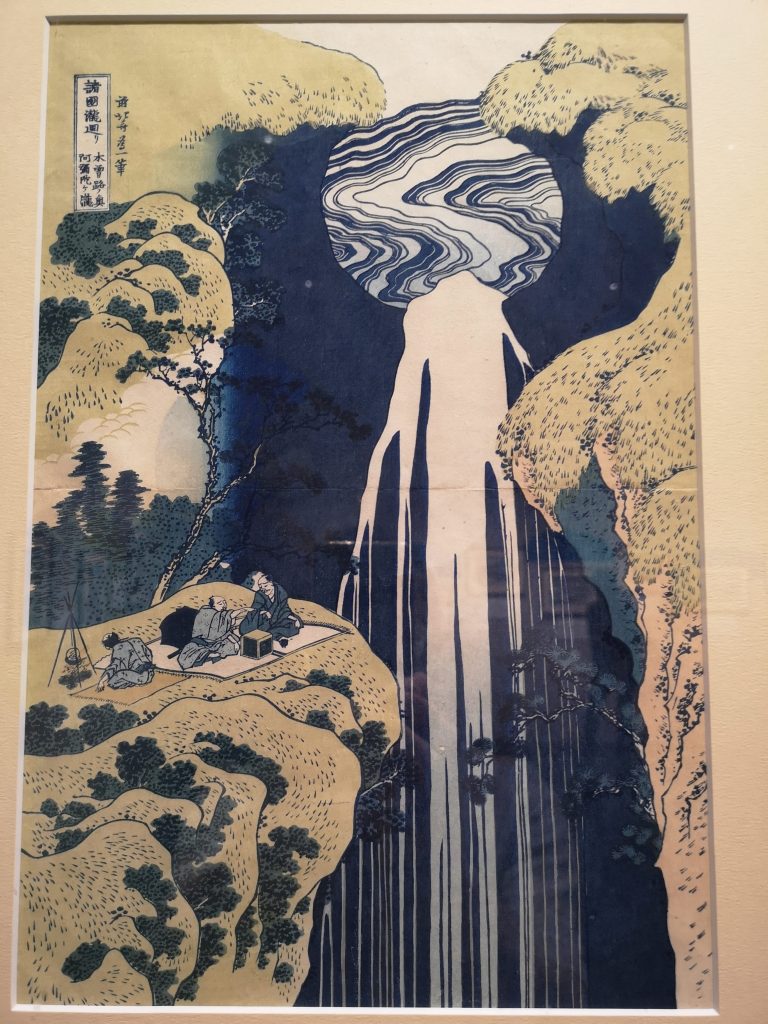
From the Tour of Waterfalls in Various Provinces
Amida Waterfalls Beyond the Kiso Road, Hokusaikan, Obuse-town, Nagano, 6/12/2021
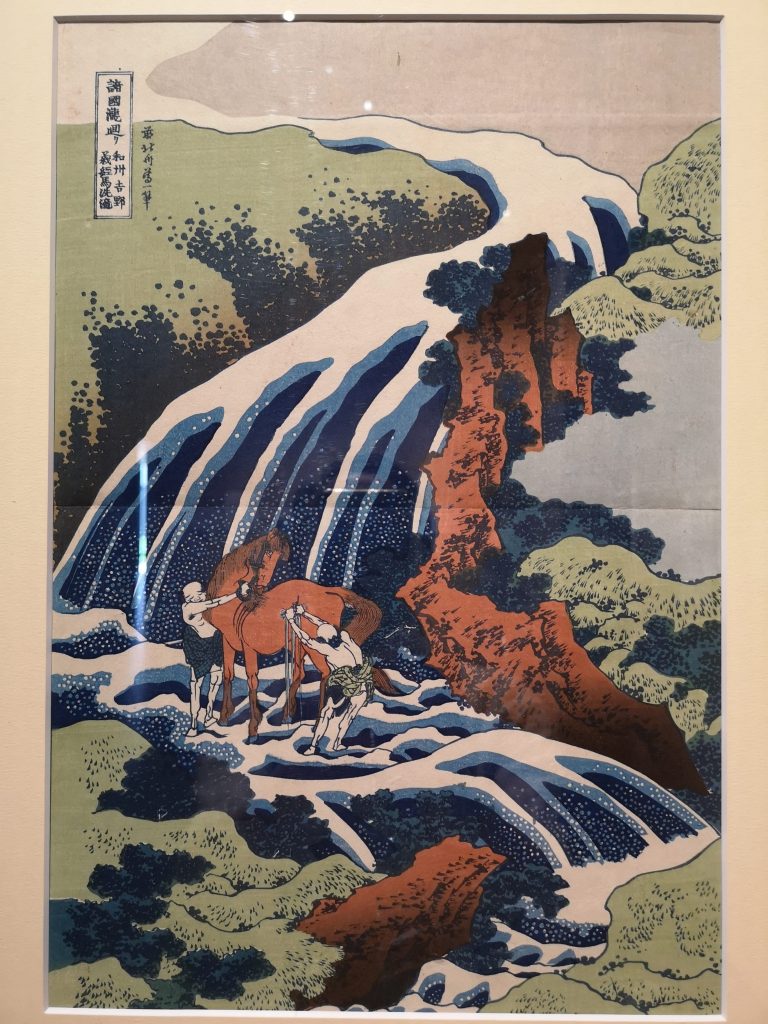
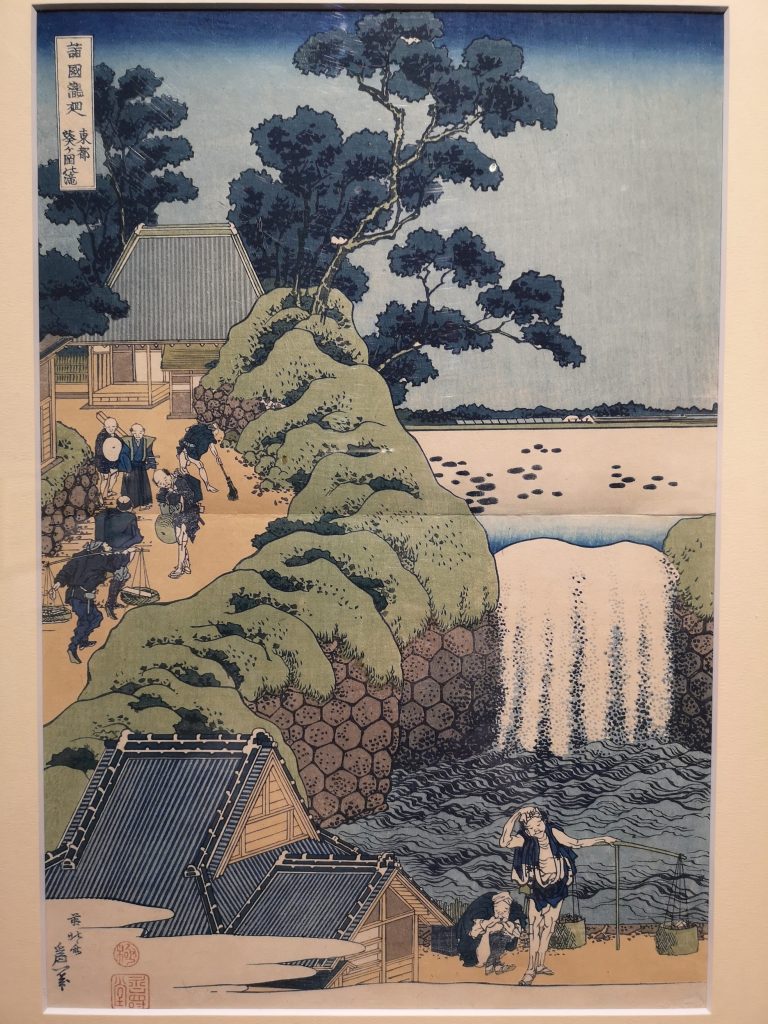
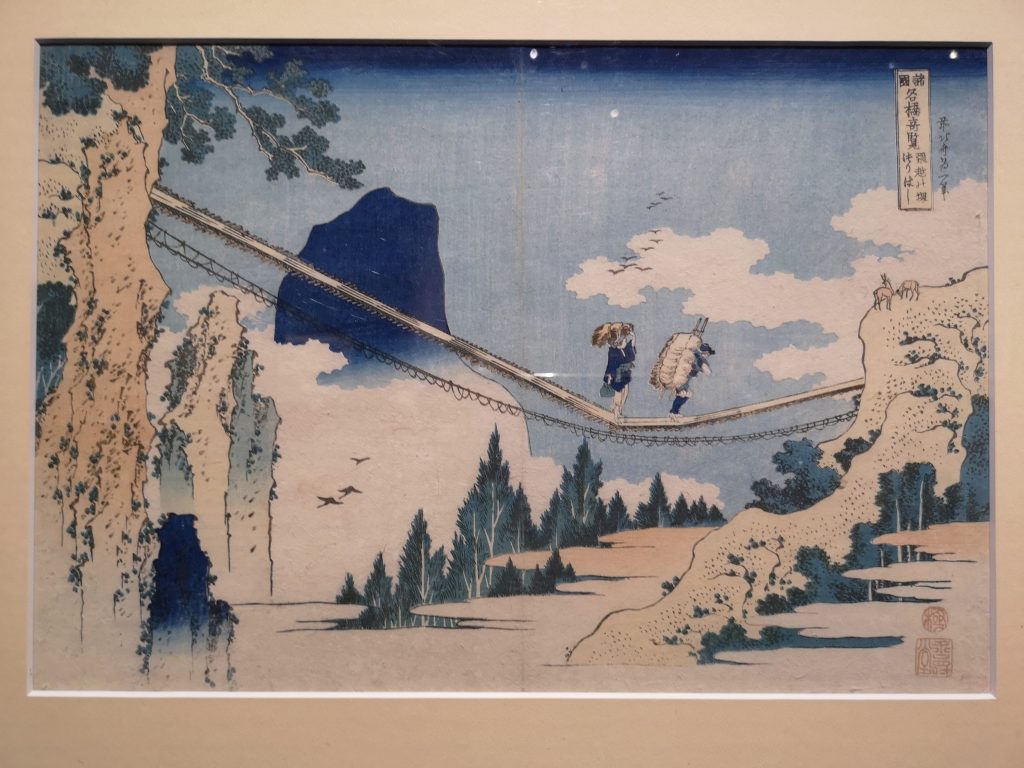
From the Unusual Views of Famous Bridges in Various Provinces
The Suspension Bridge on the Border of Hida and Etchu Provinces, Hokusaikan, Obuse-town, Nagano, 6/12/2021
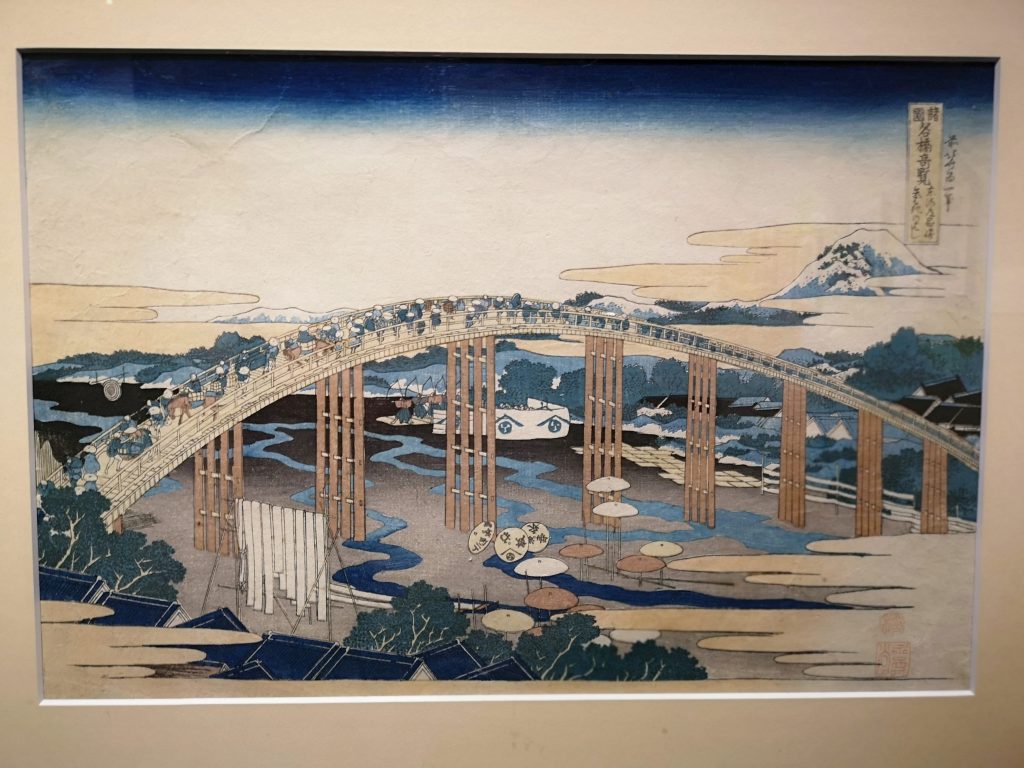
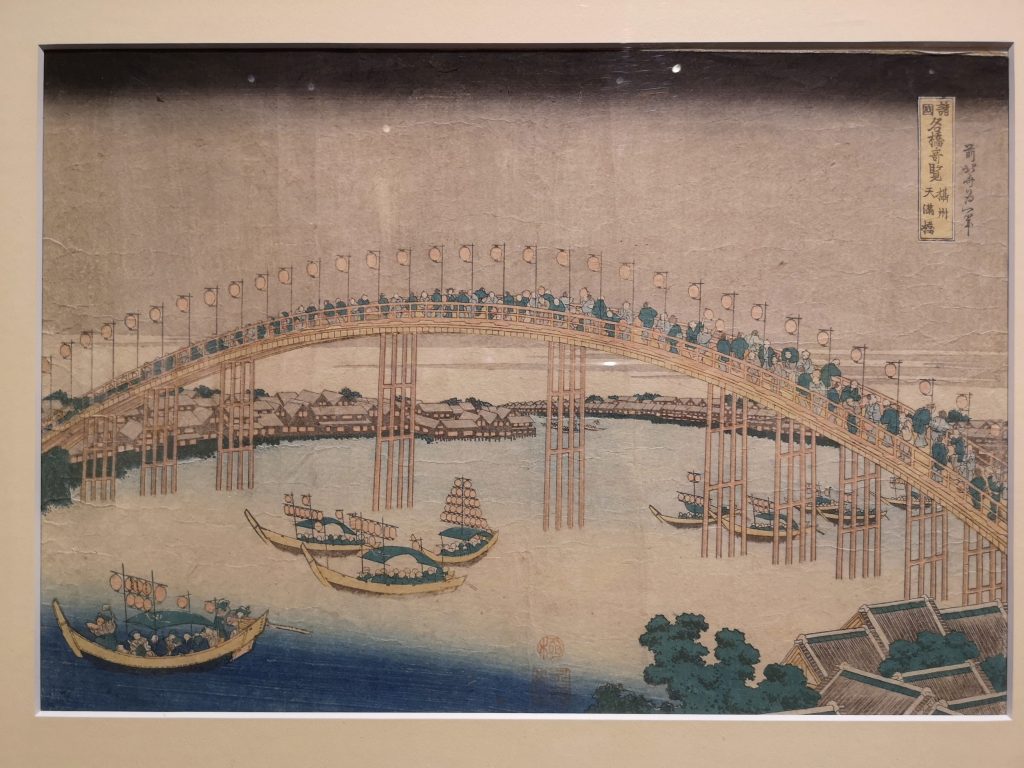
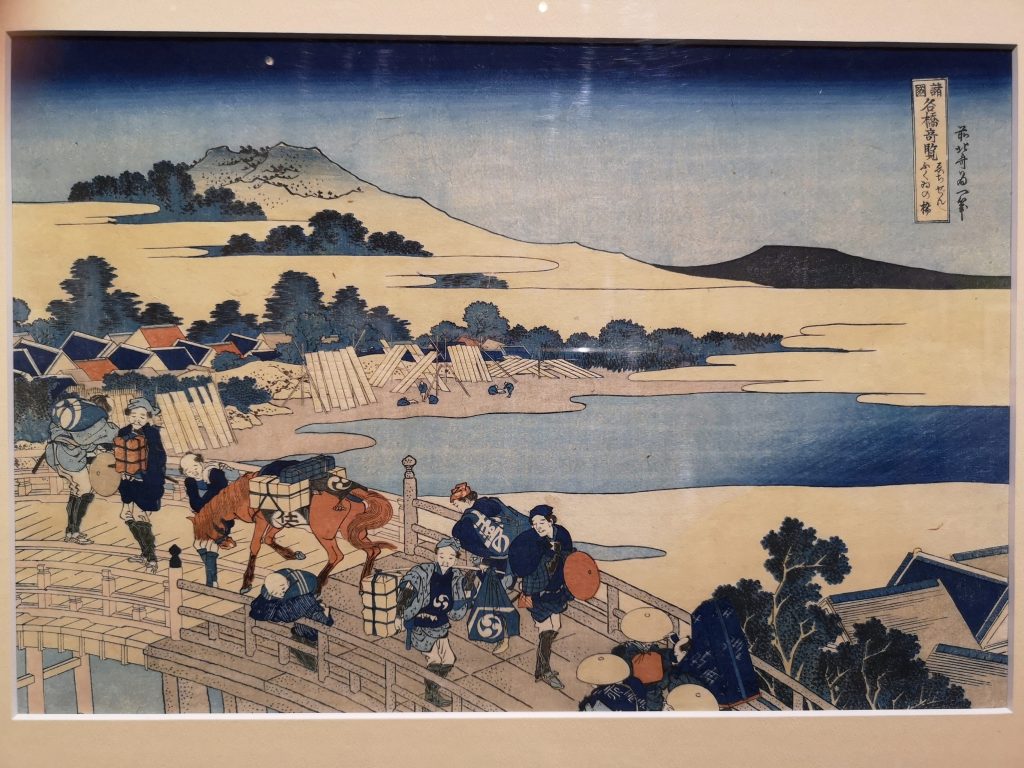
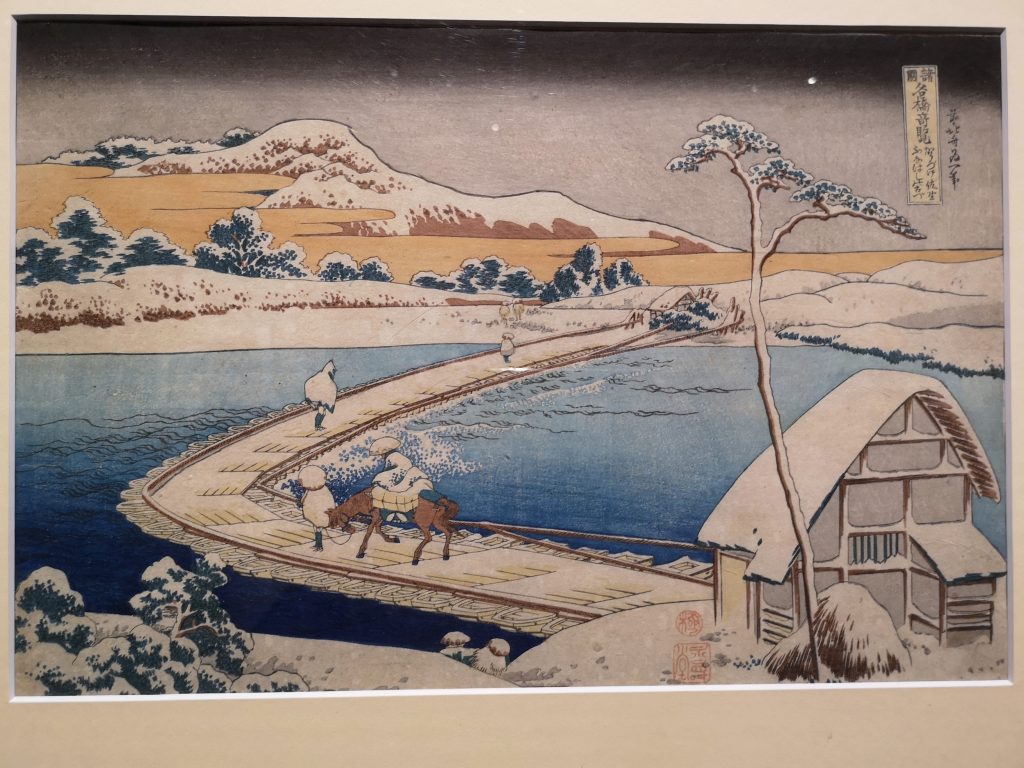
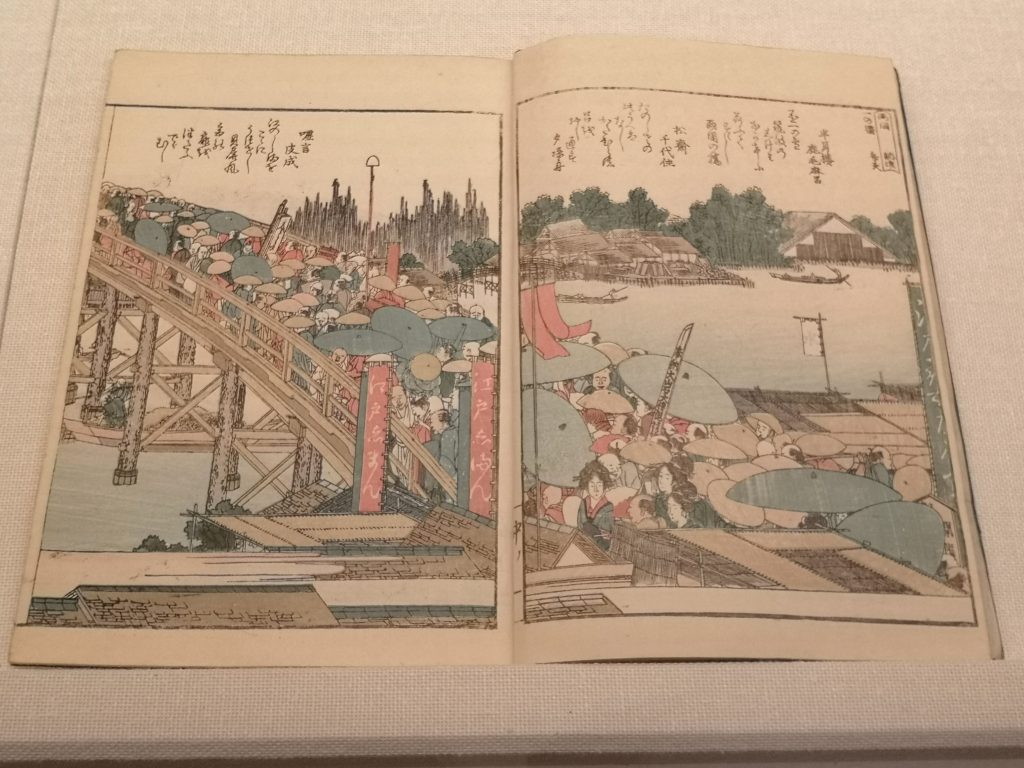
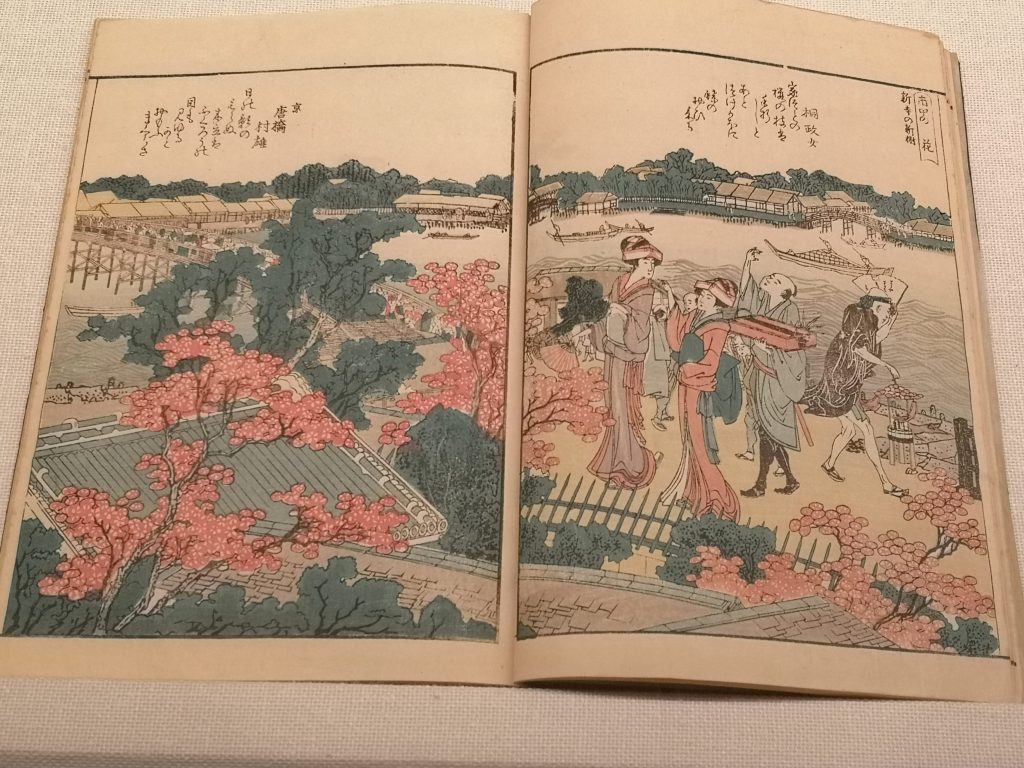
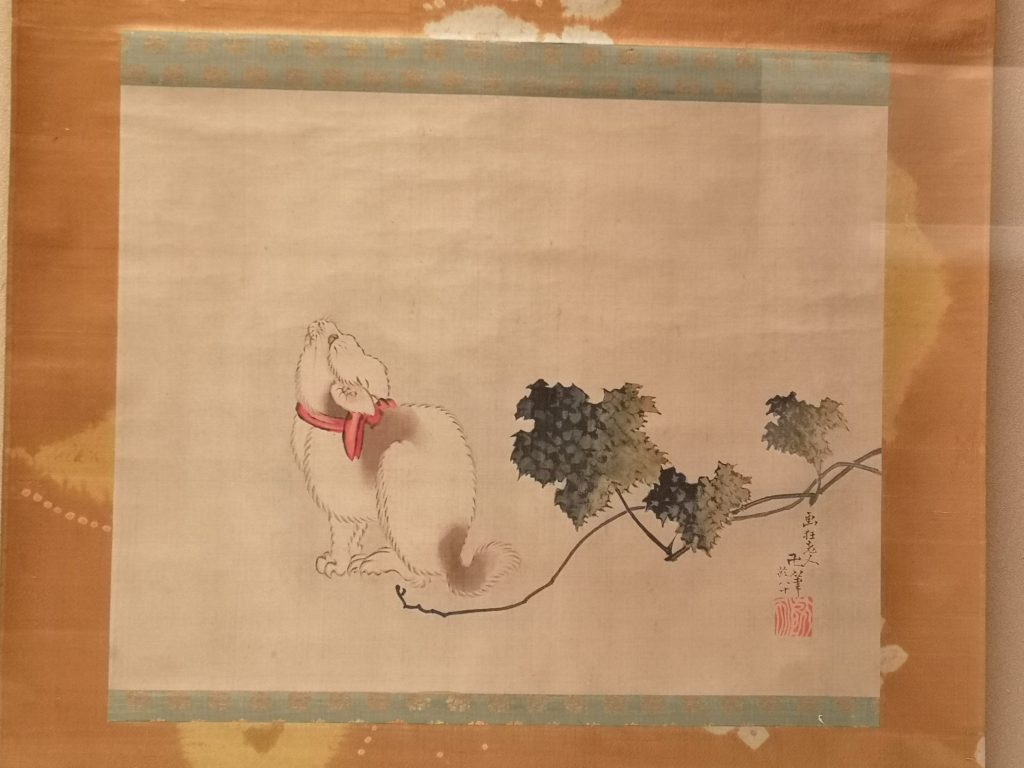
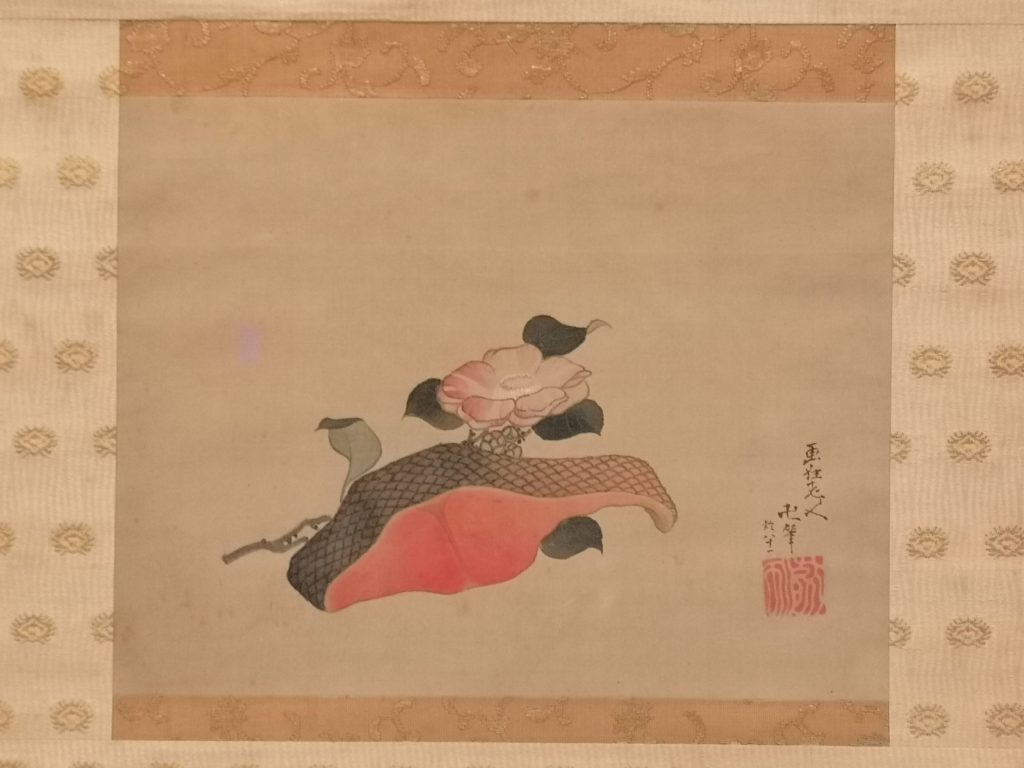
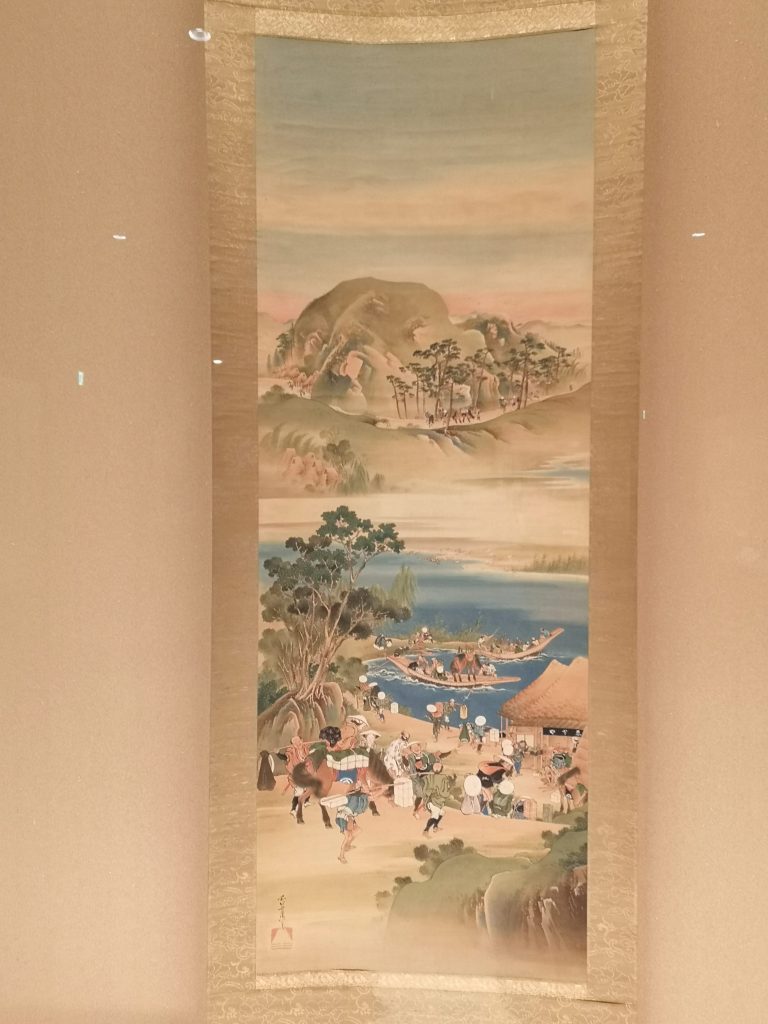
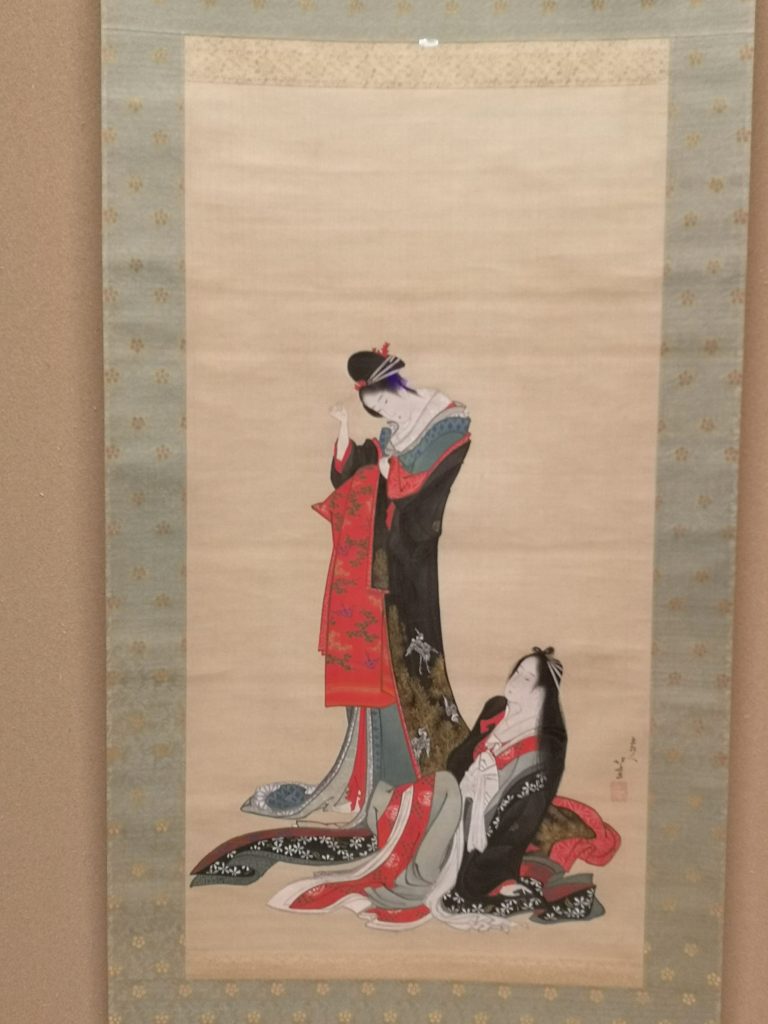
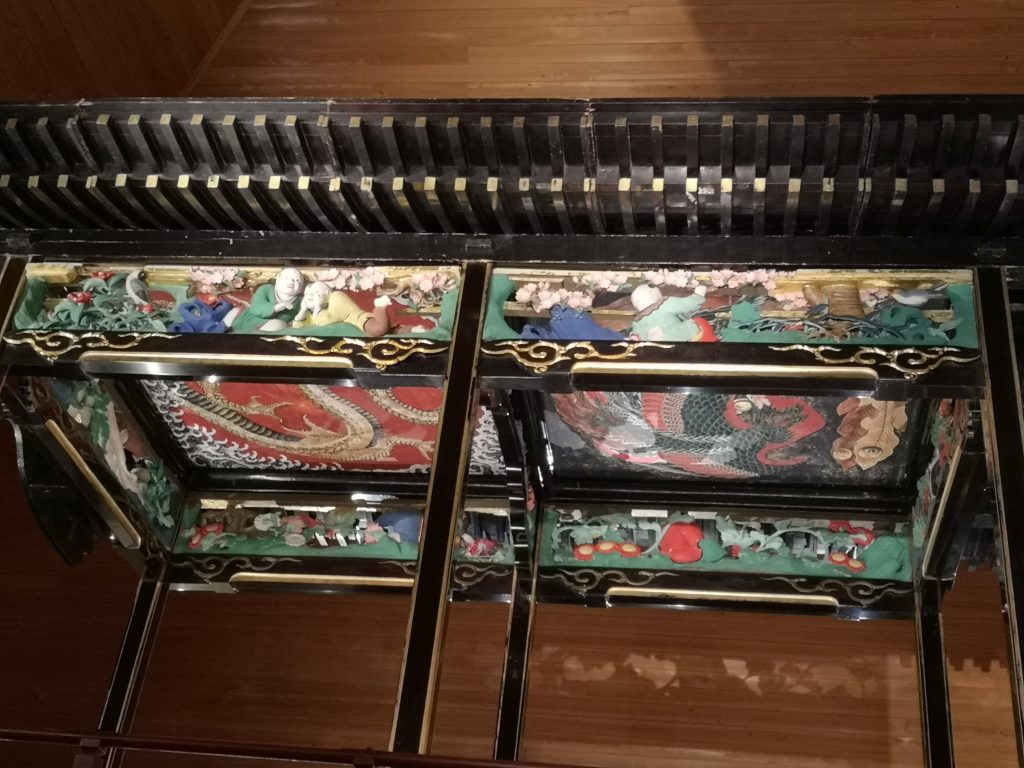
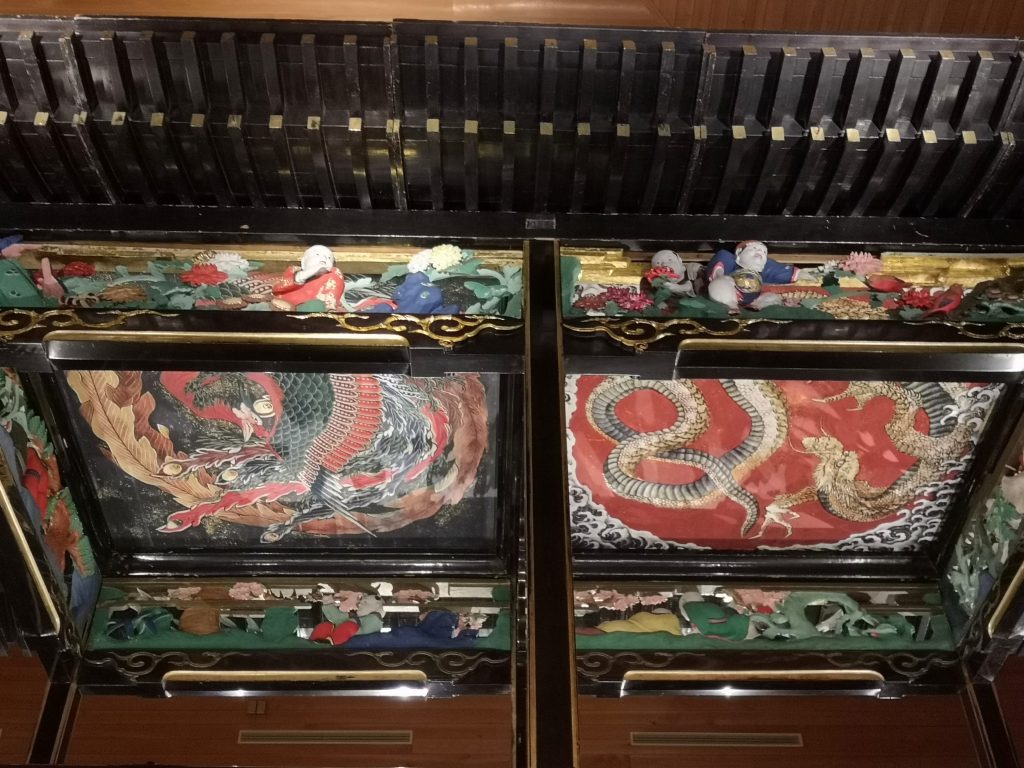
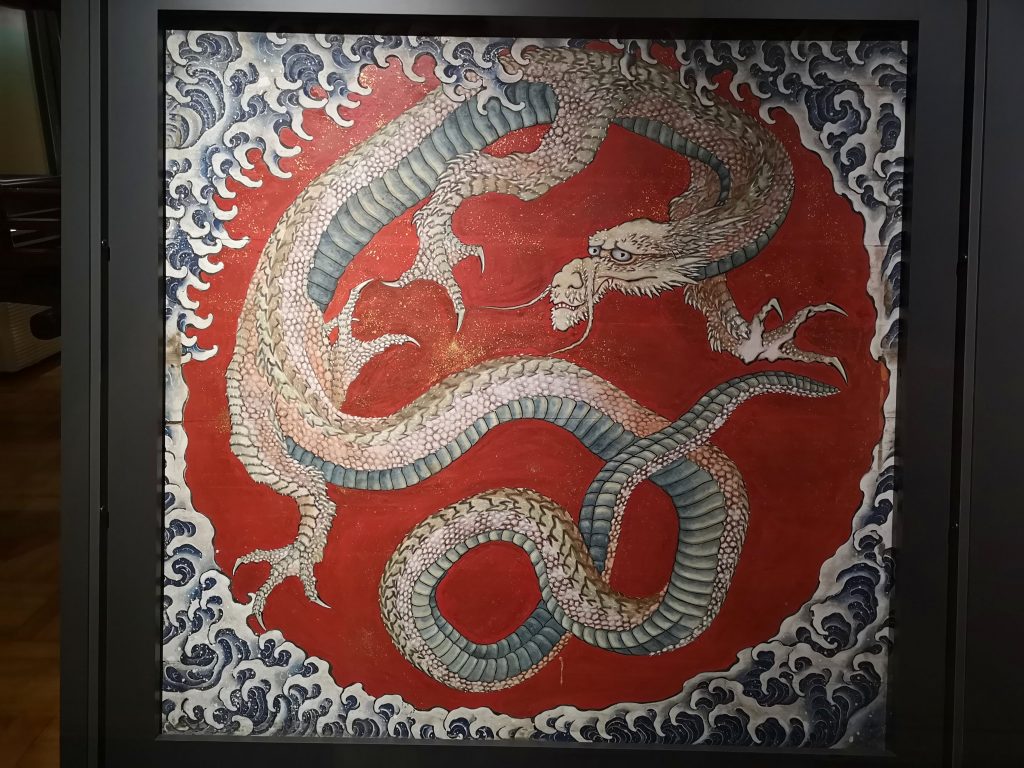
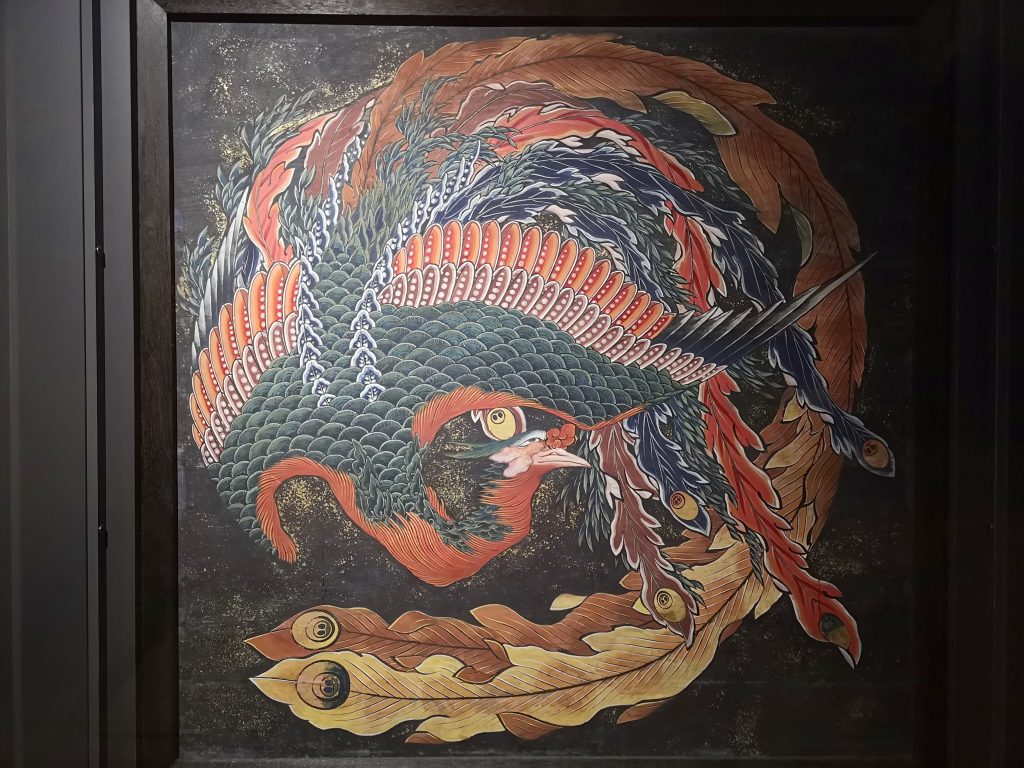
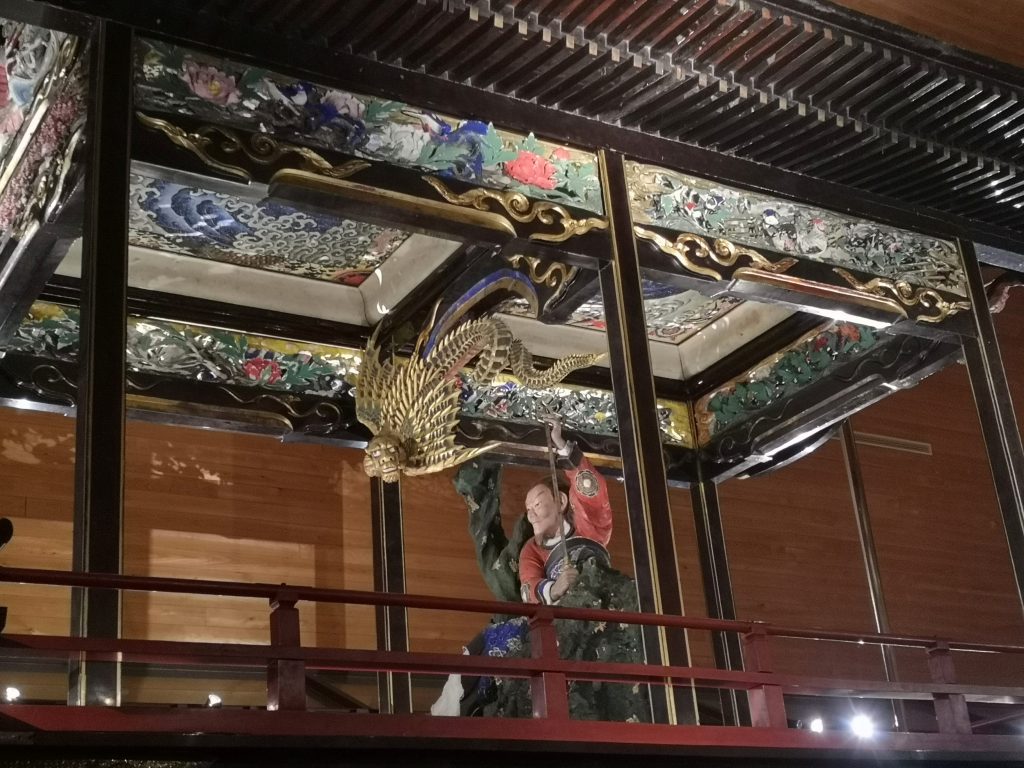
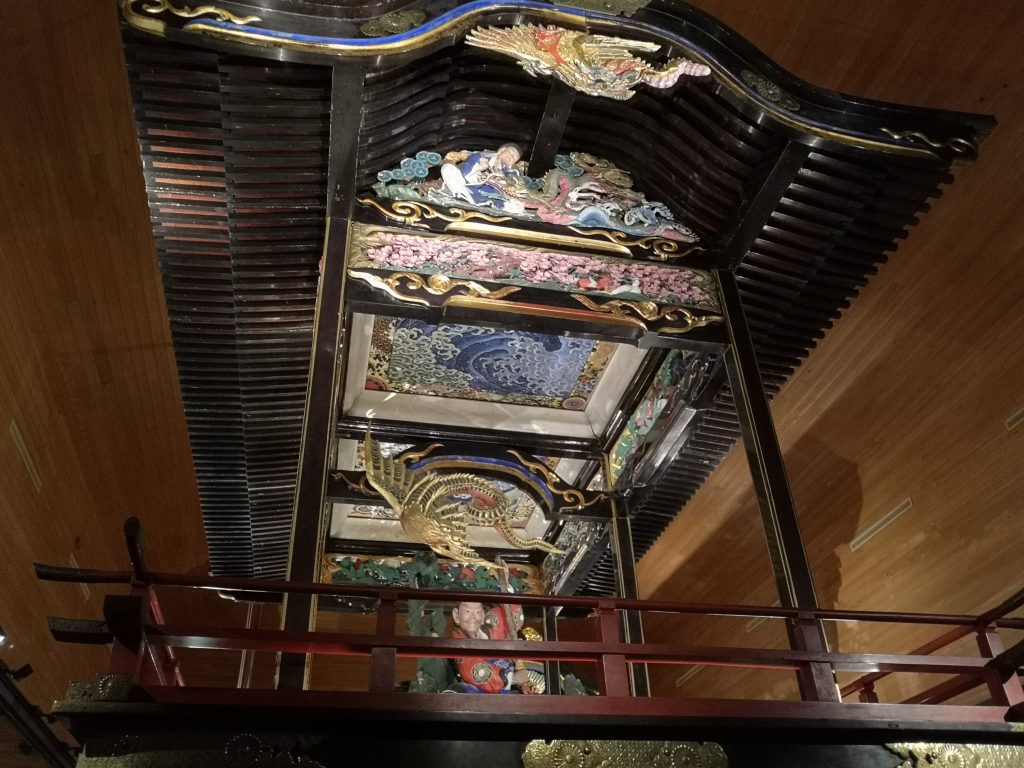


Erinji (Erin Temple) is located in the Enzan district, the city of Koshu, in Yamanashi Prefecture. It is the family temple of the Takeda clan. The temple was destroyed a couple of times because of the Onin War and the invasion of the Oda-Tokugawa alliance. Later, the temple was rebuilt and remained as the family temple of the Takeda clan. You can enjoy Shojin ryori (Buddhist vegetarian cuisine) in the restaurant by the temple entrance.
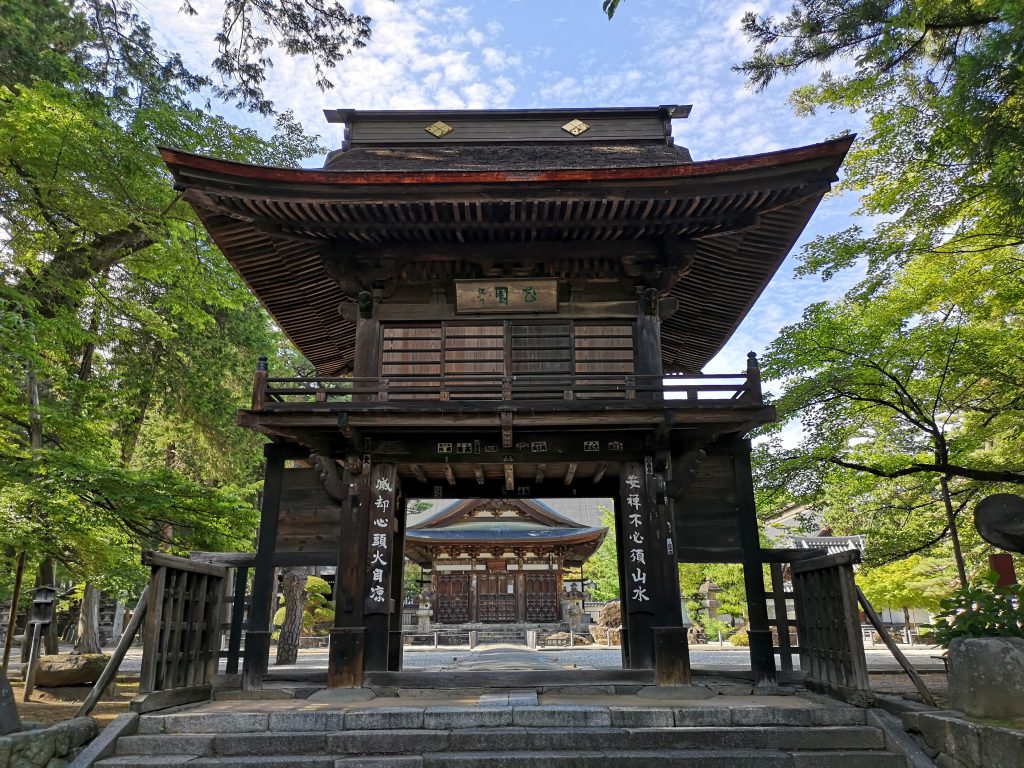
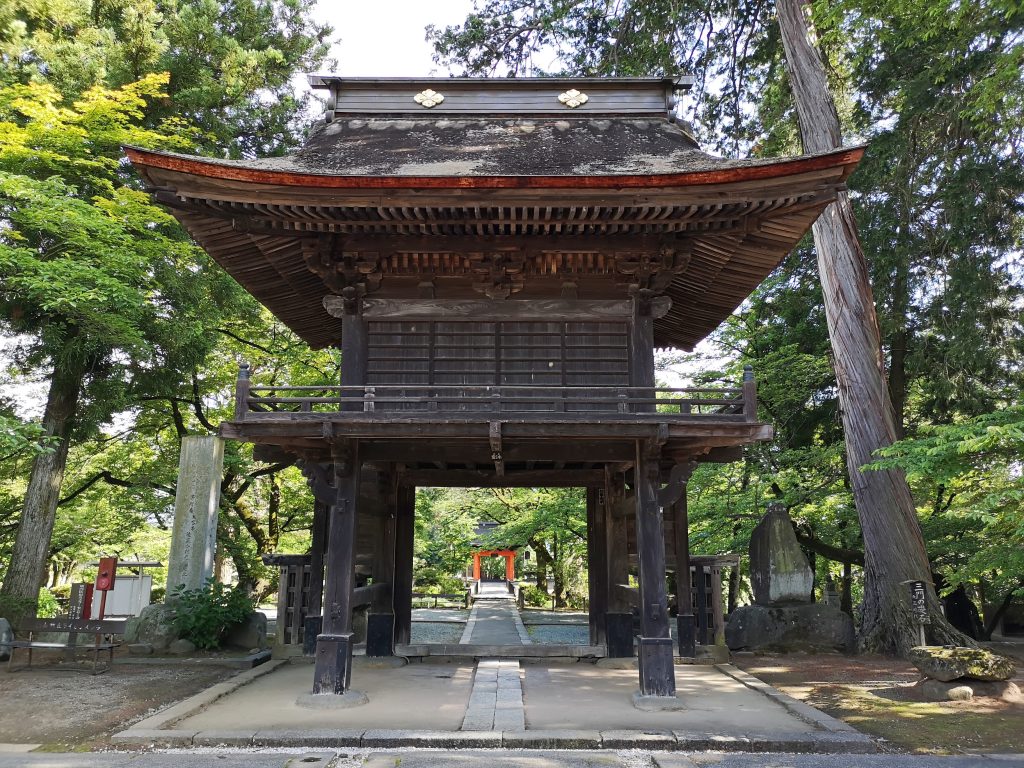
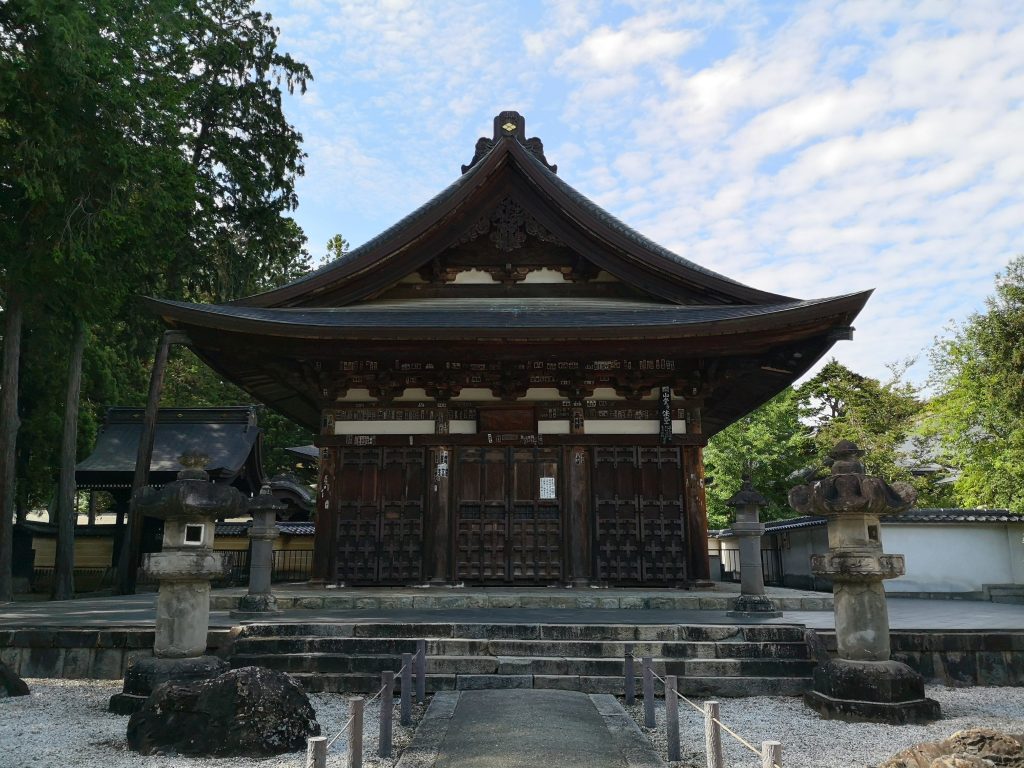
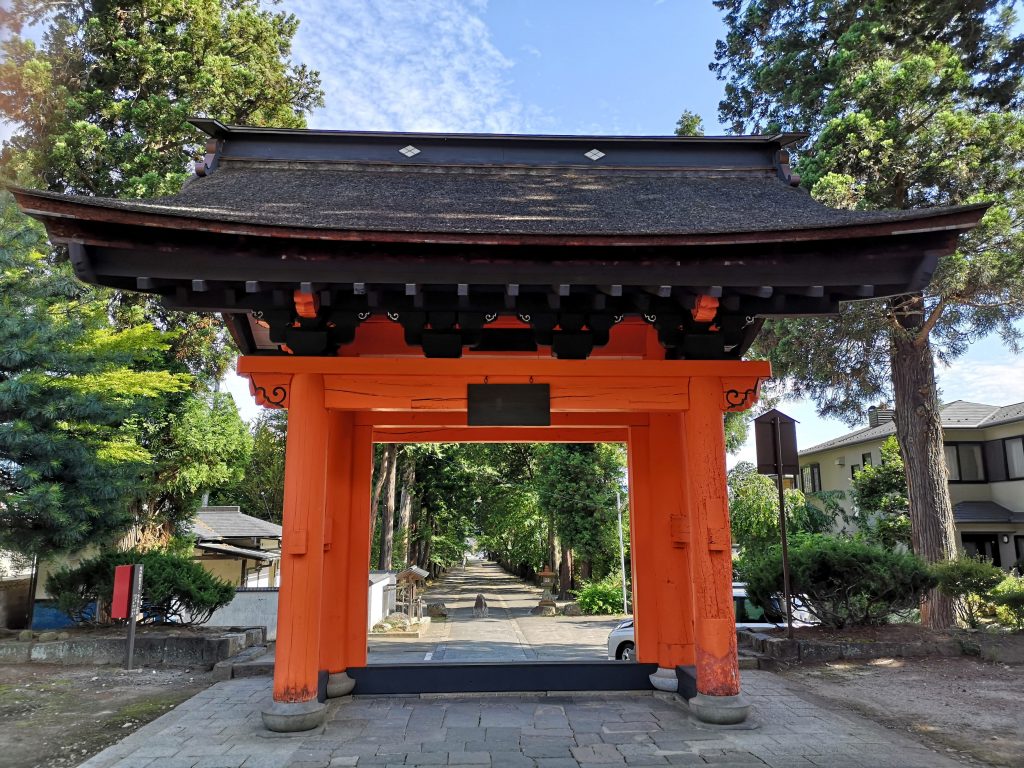
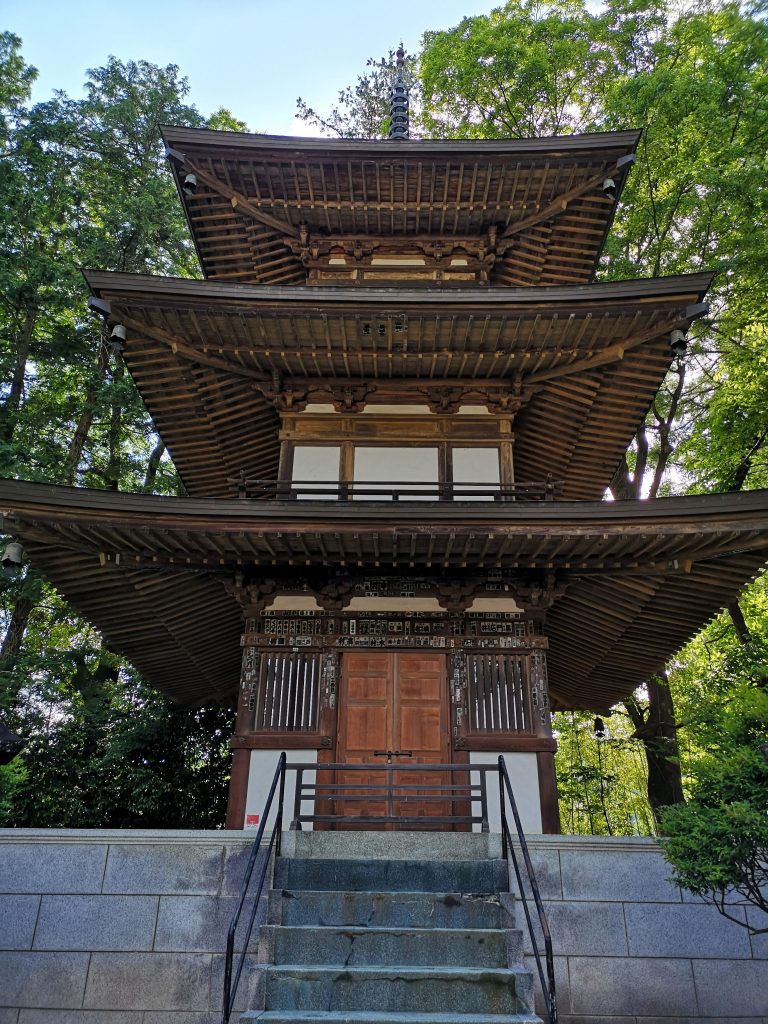
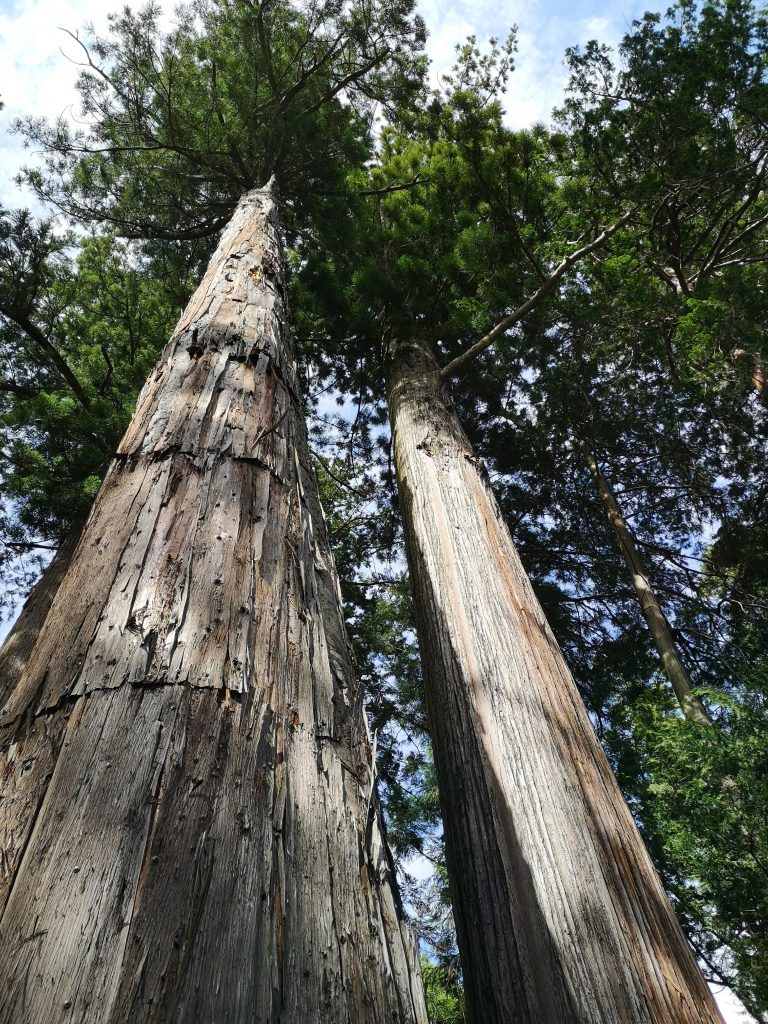
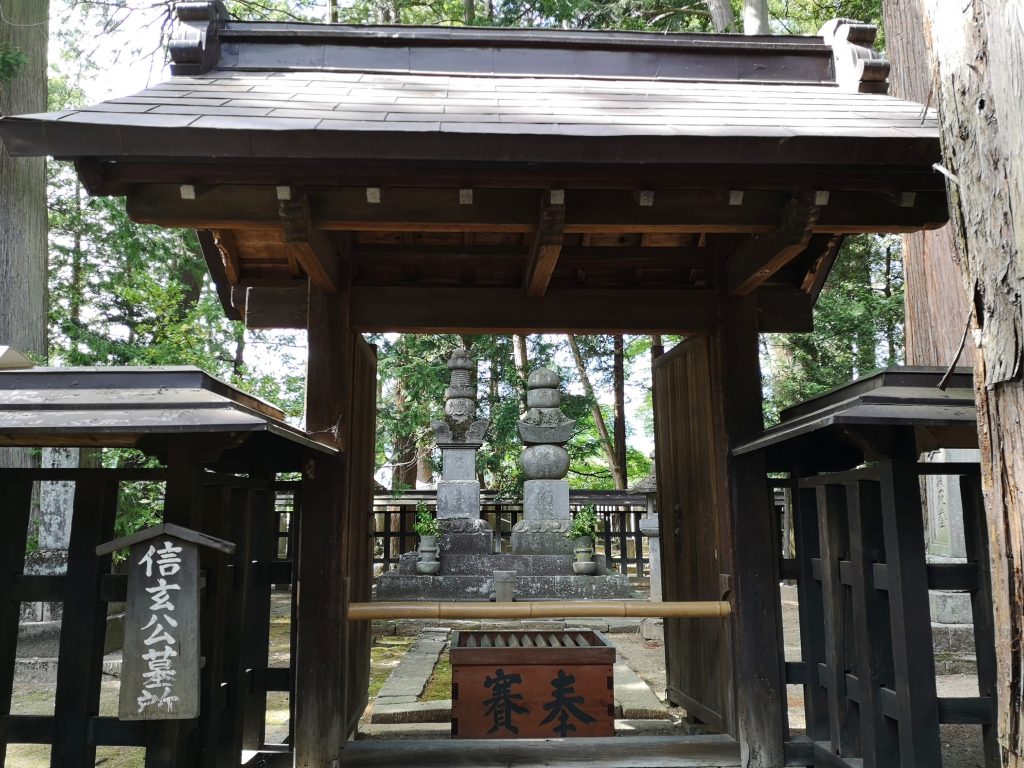
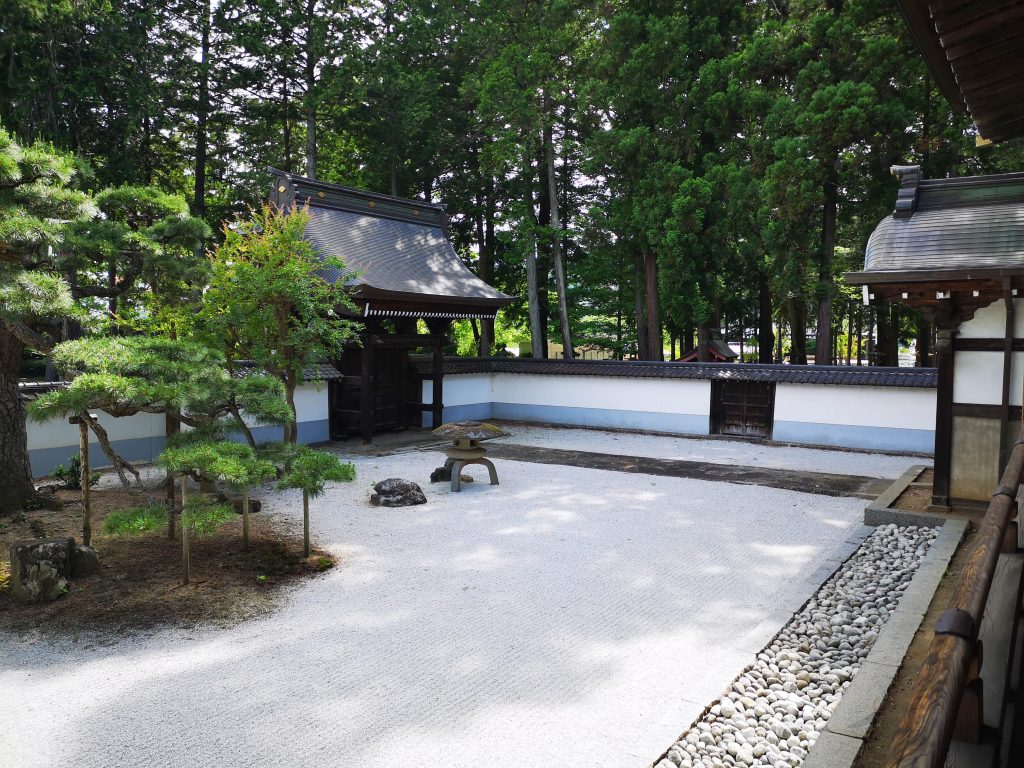
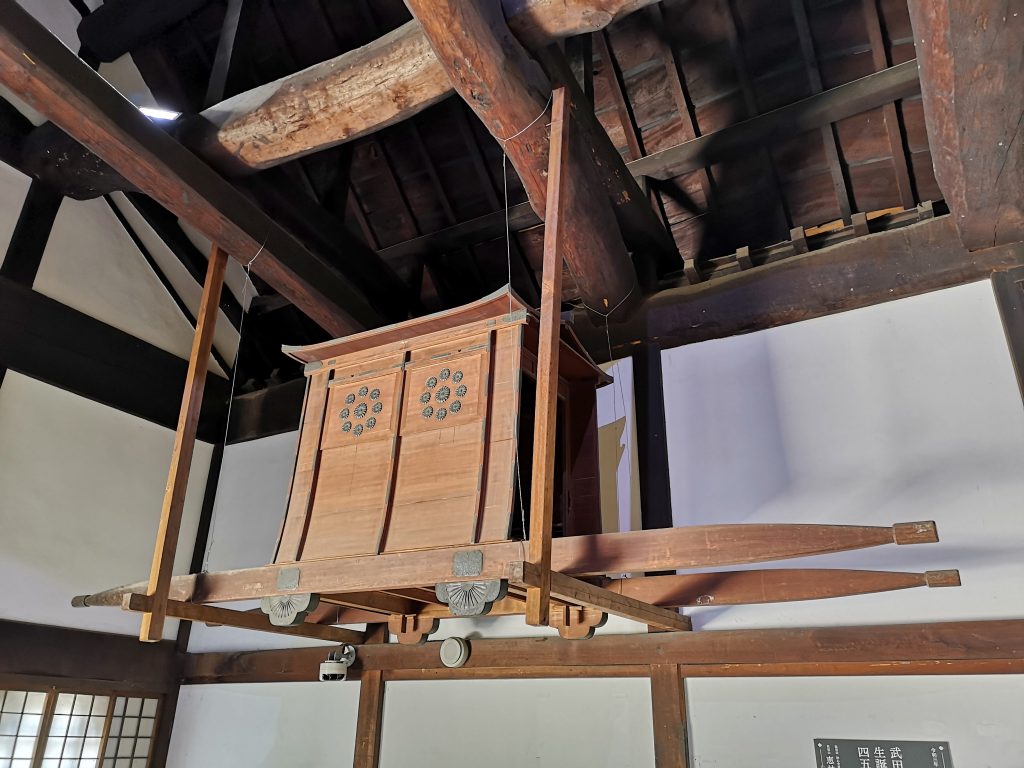
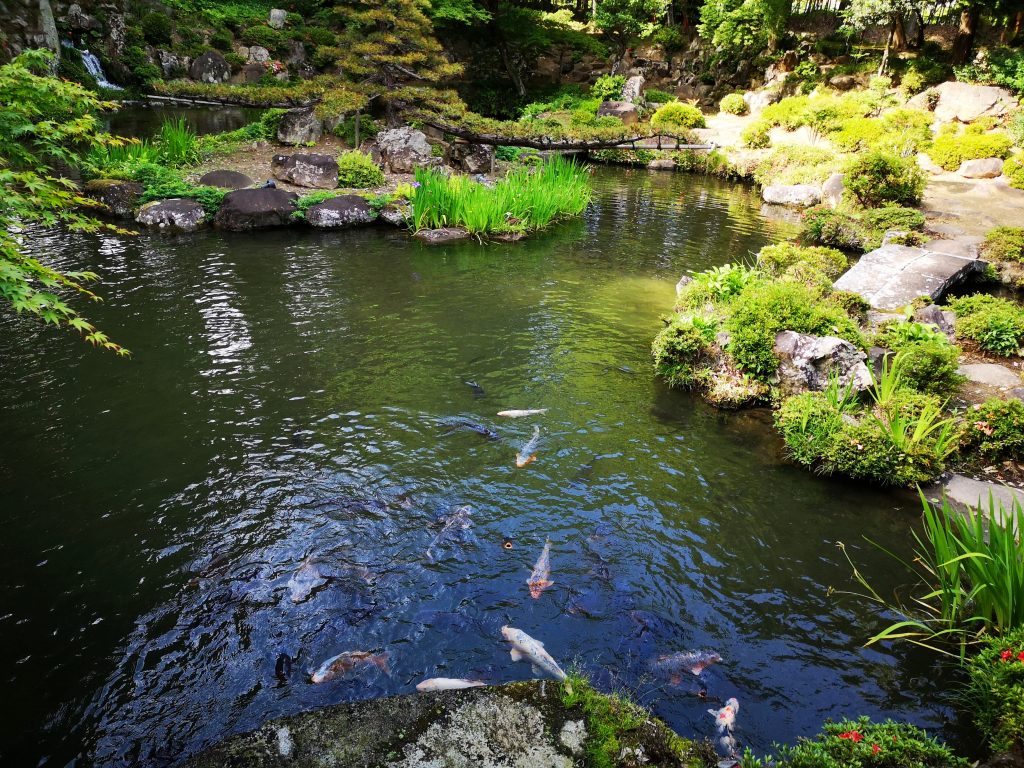
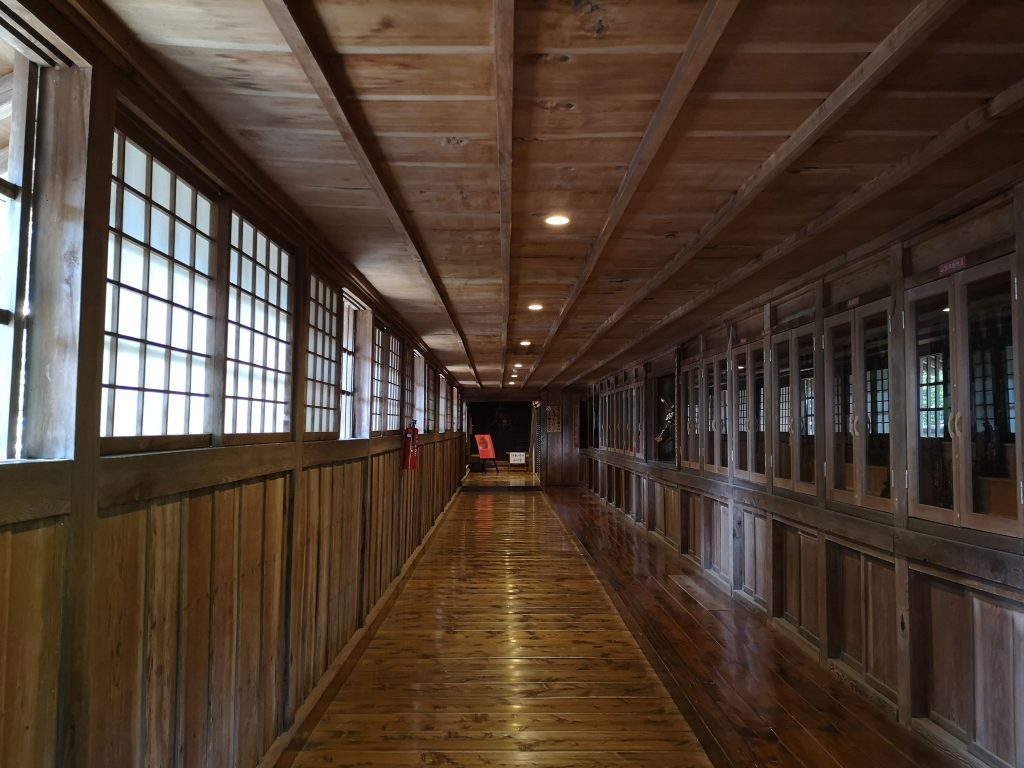
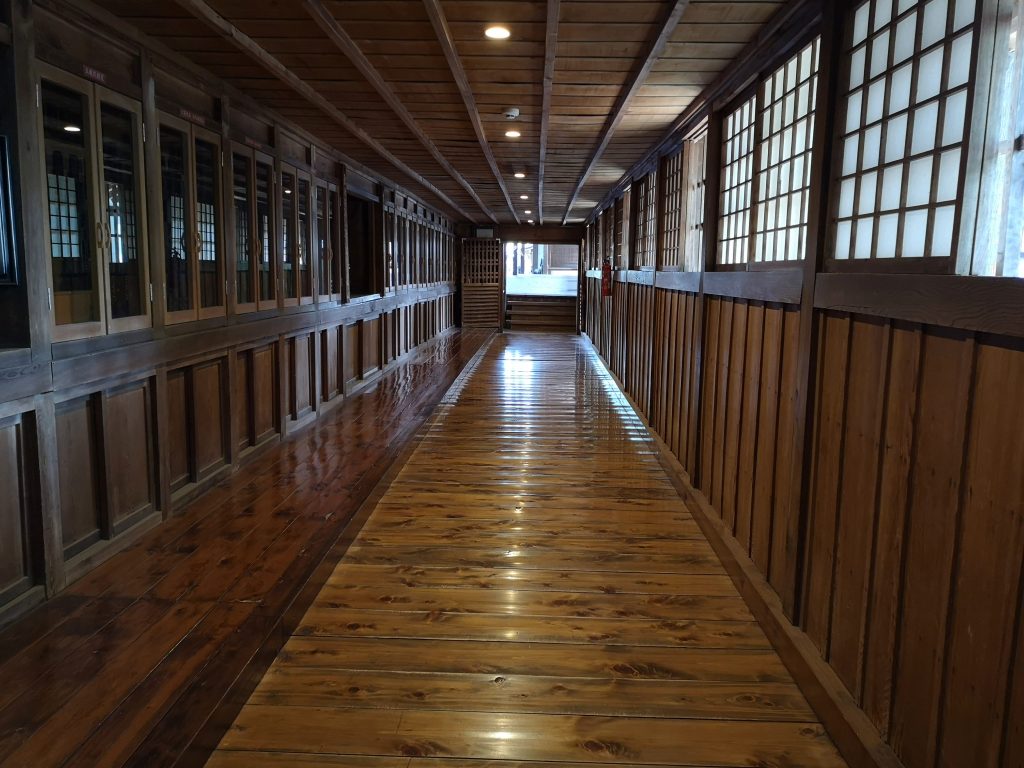
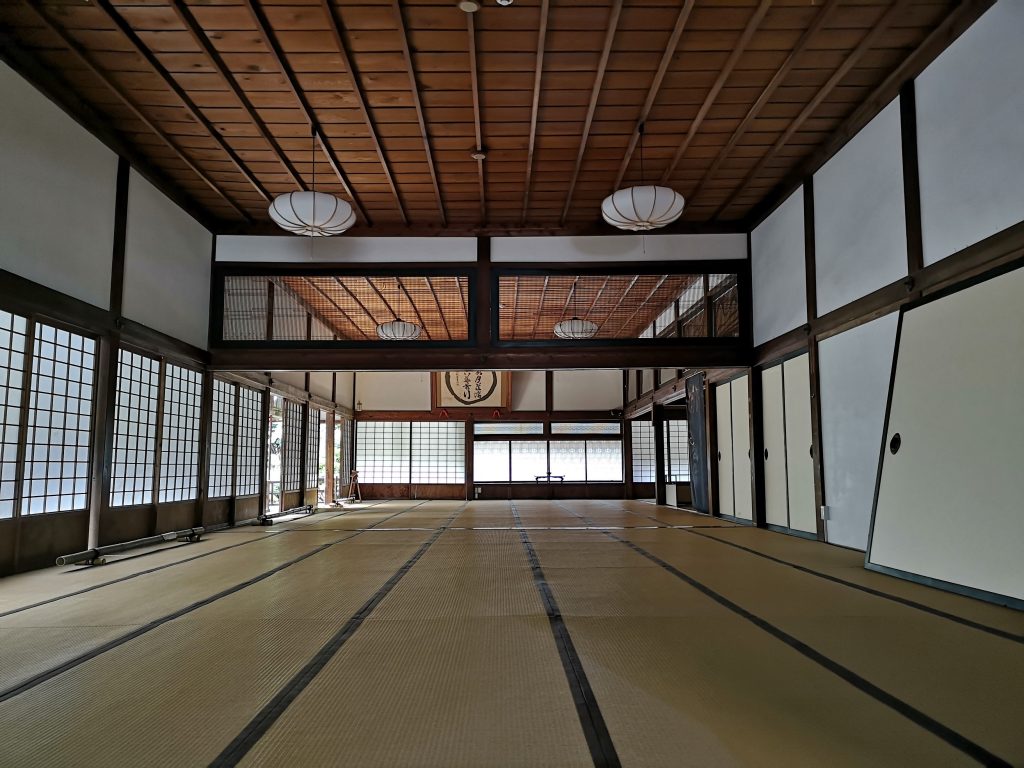
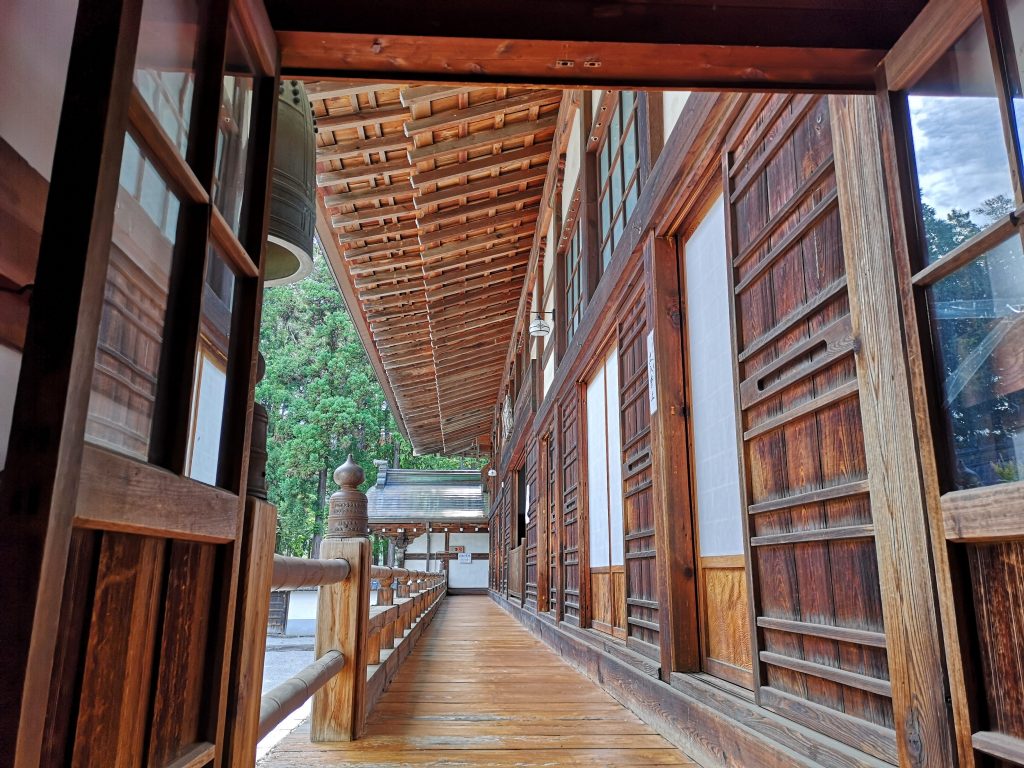
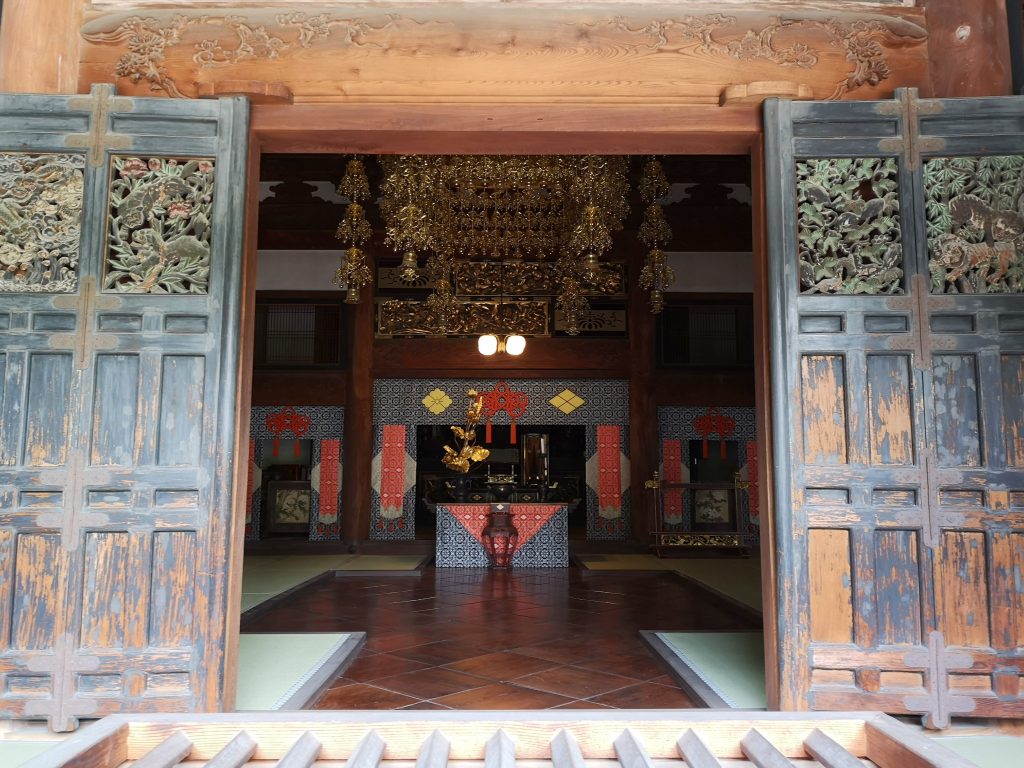

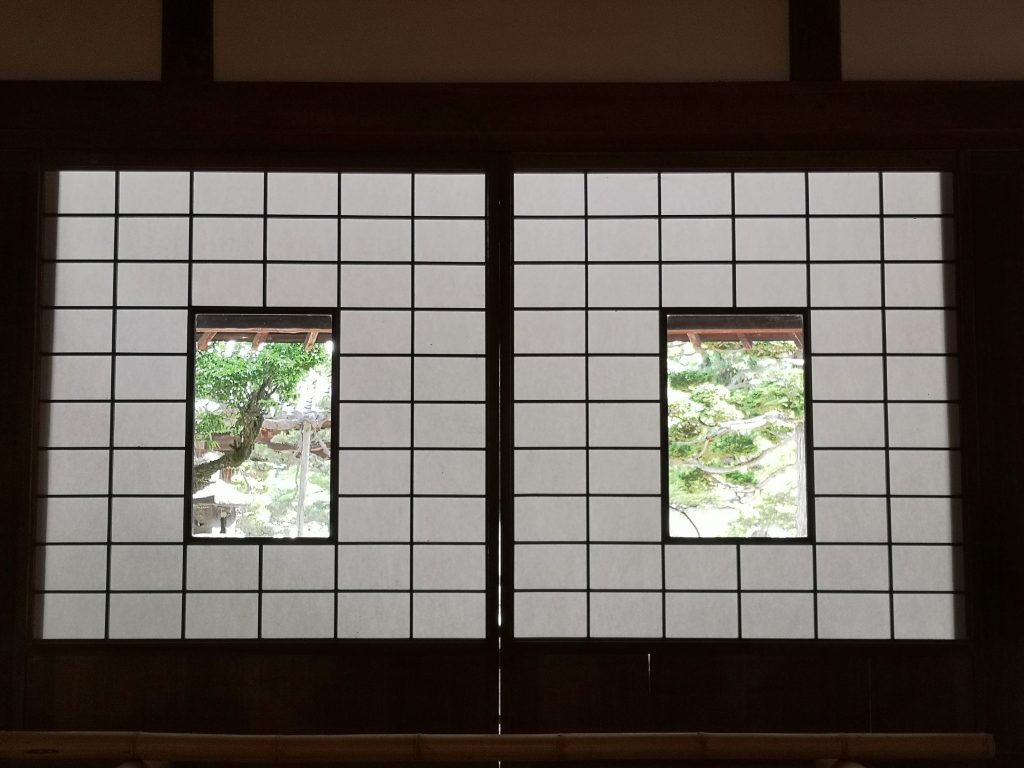
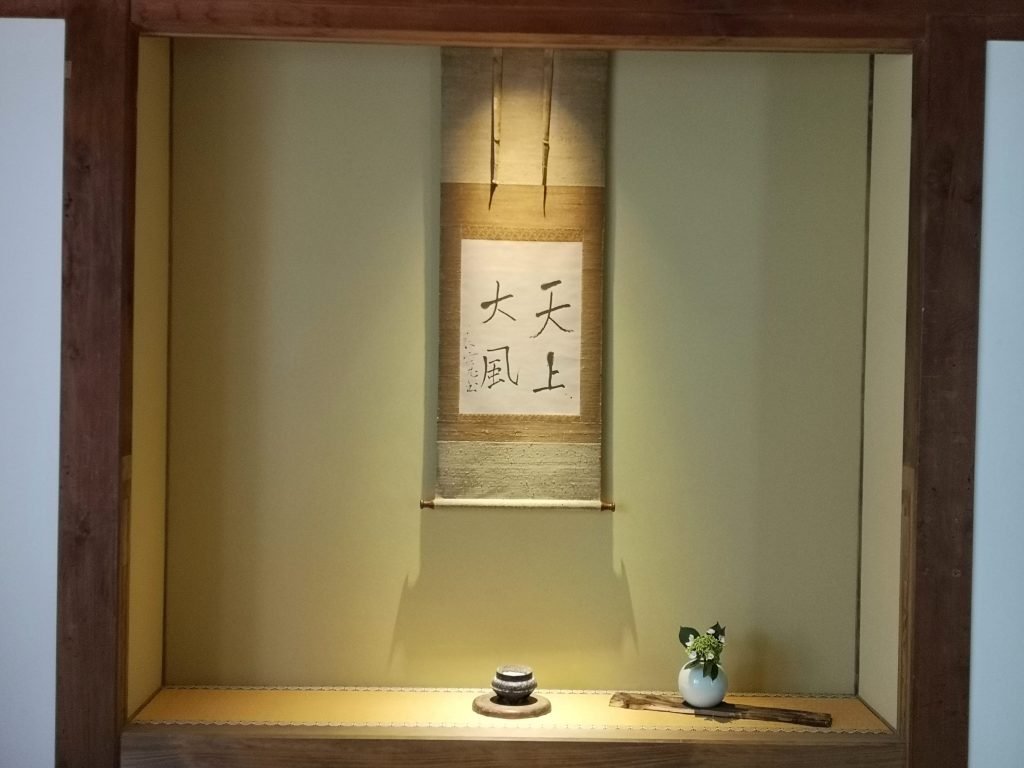
Daizenji (Daizen Temple), known as “Grape Temple,” is located at the hillside in the town of Katsunuma, the city of Koshu, in Yamanashi Prefecture. The main hall Yakushido and the altar are designated as National Treasures of Japan in 1955. Its hip roof is covered with cypress bark shingles. The style and structure are magnificent. It is said that Takeda Katsuyori spent one night at this temple when he fled from Shinpu Castle in 1582.
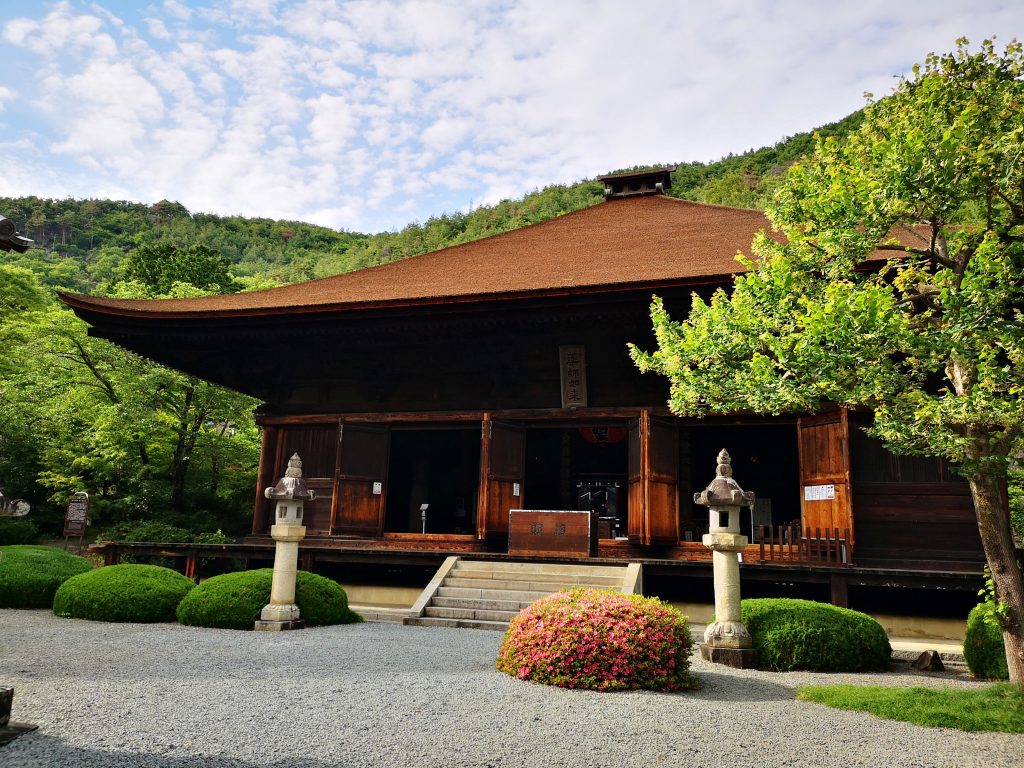
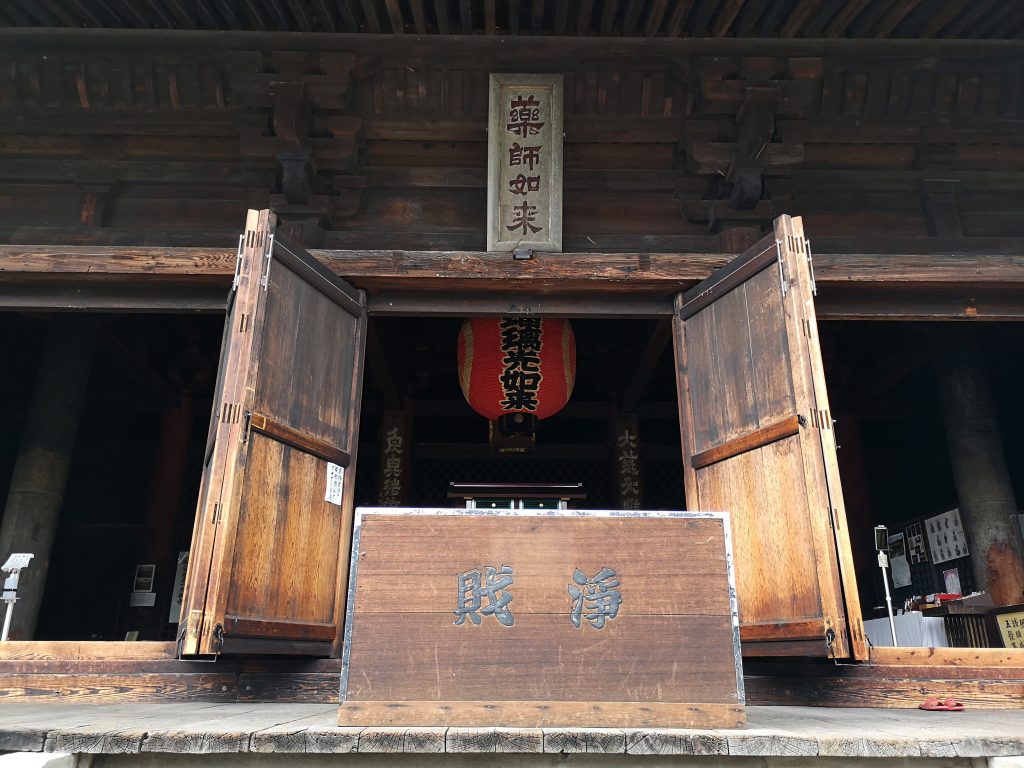
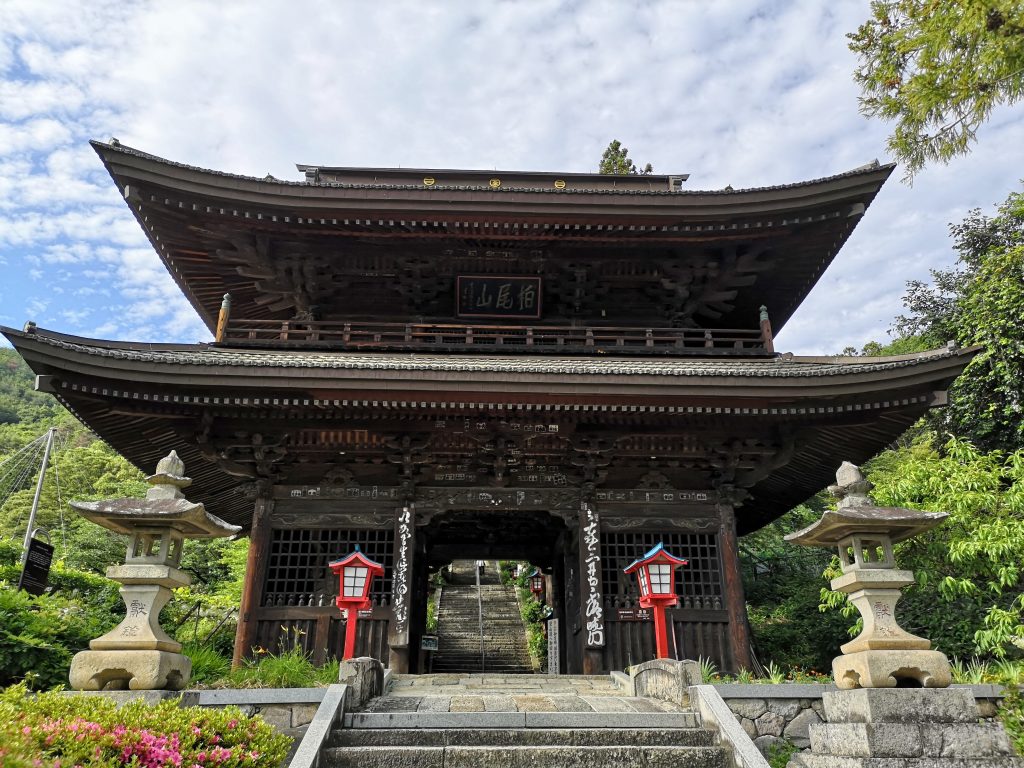
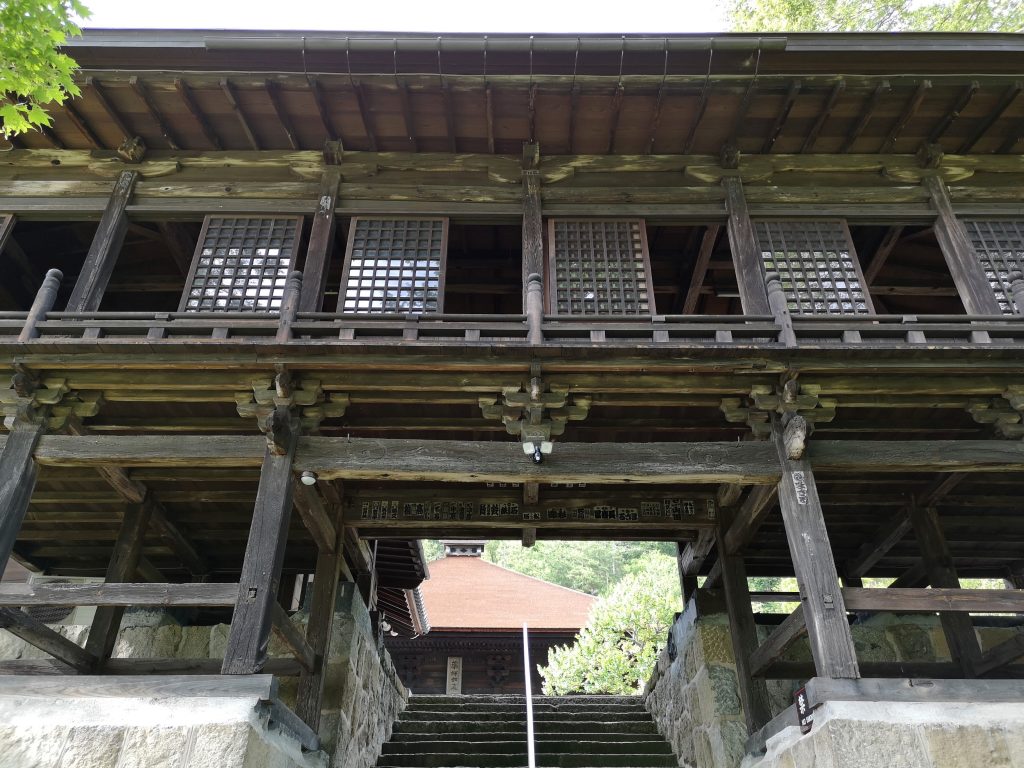
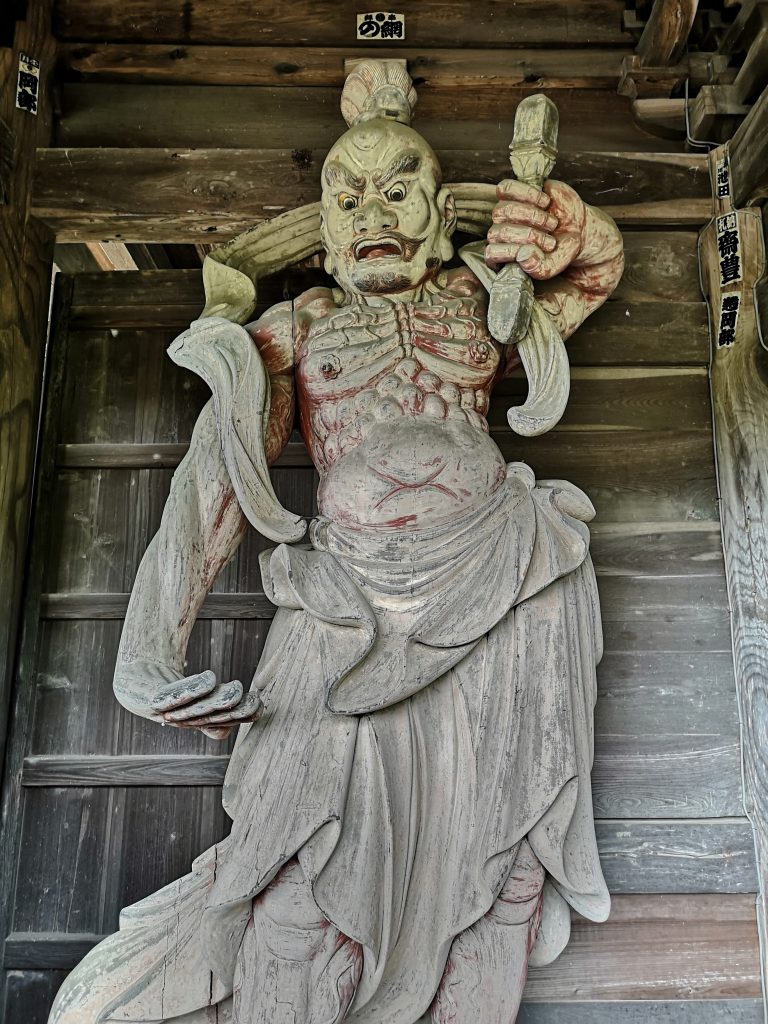
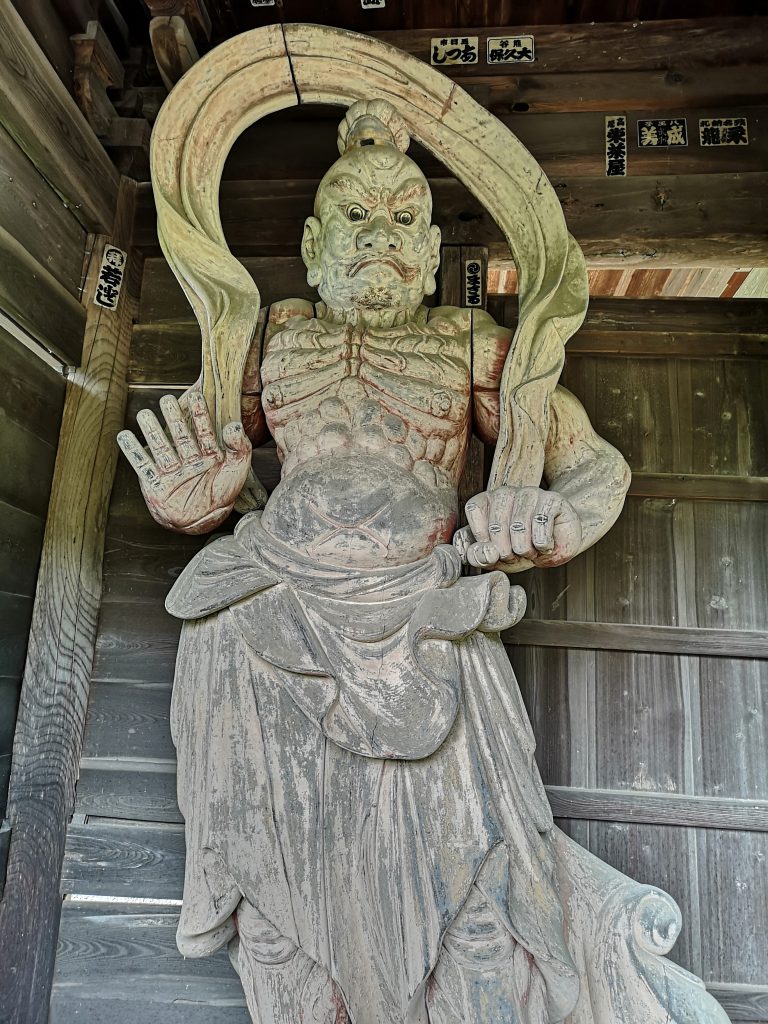
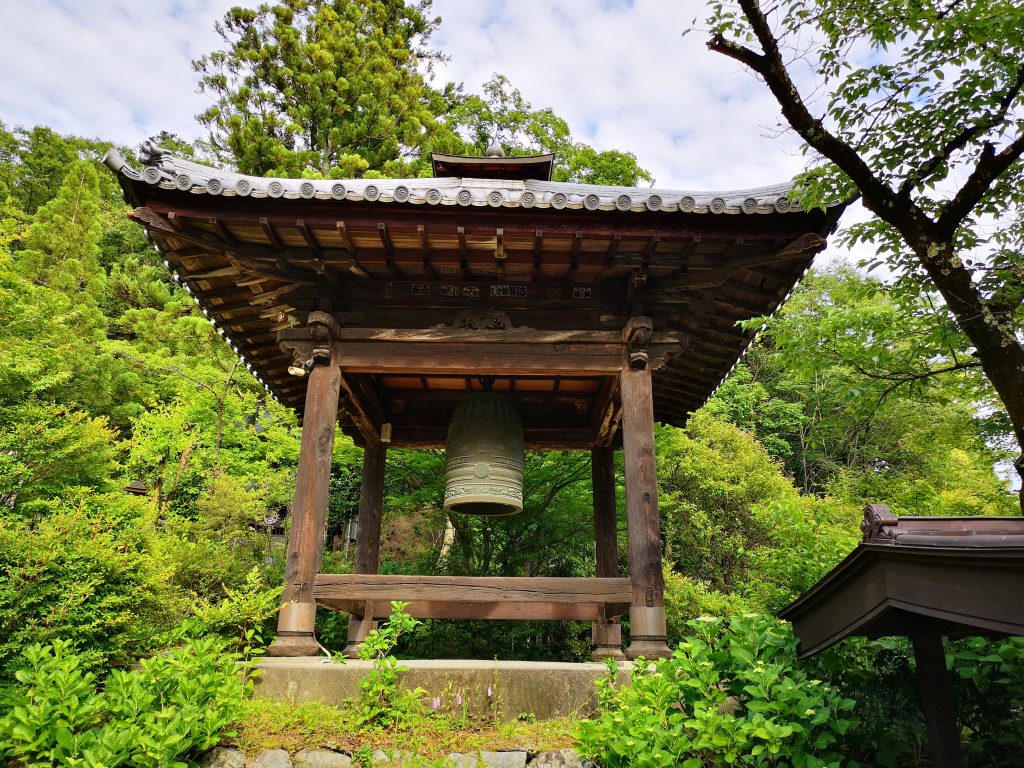
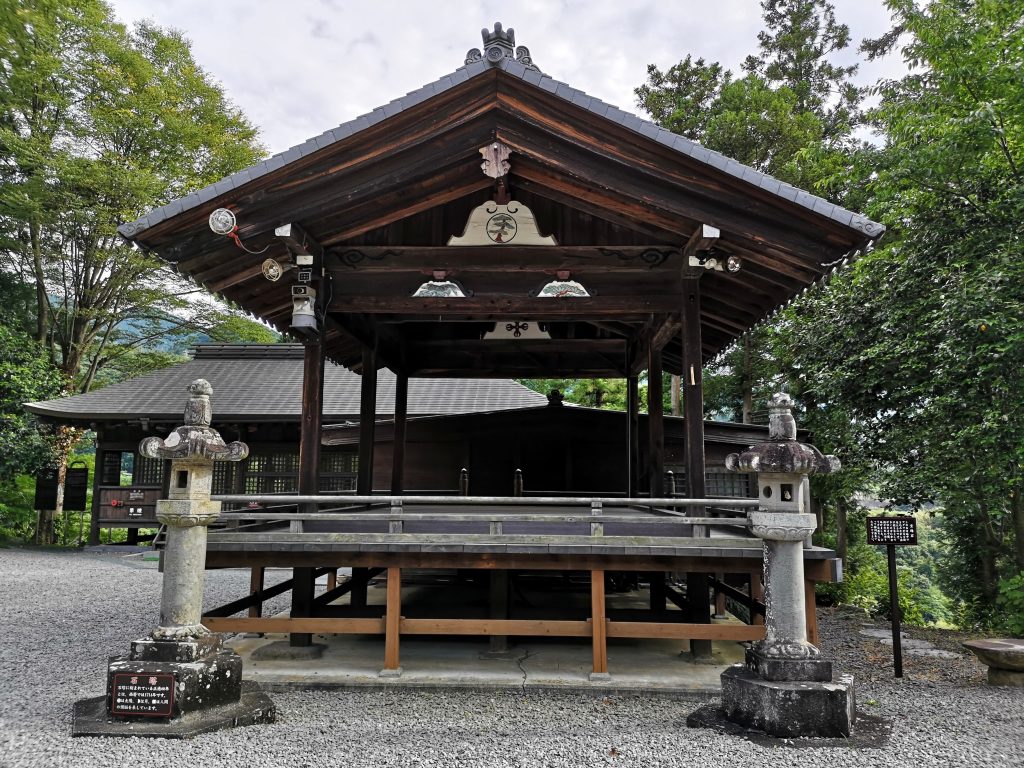
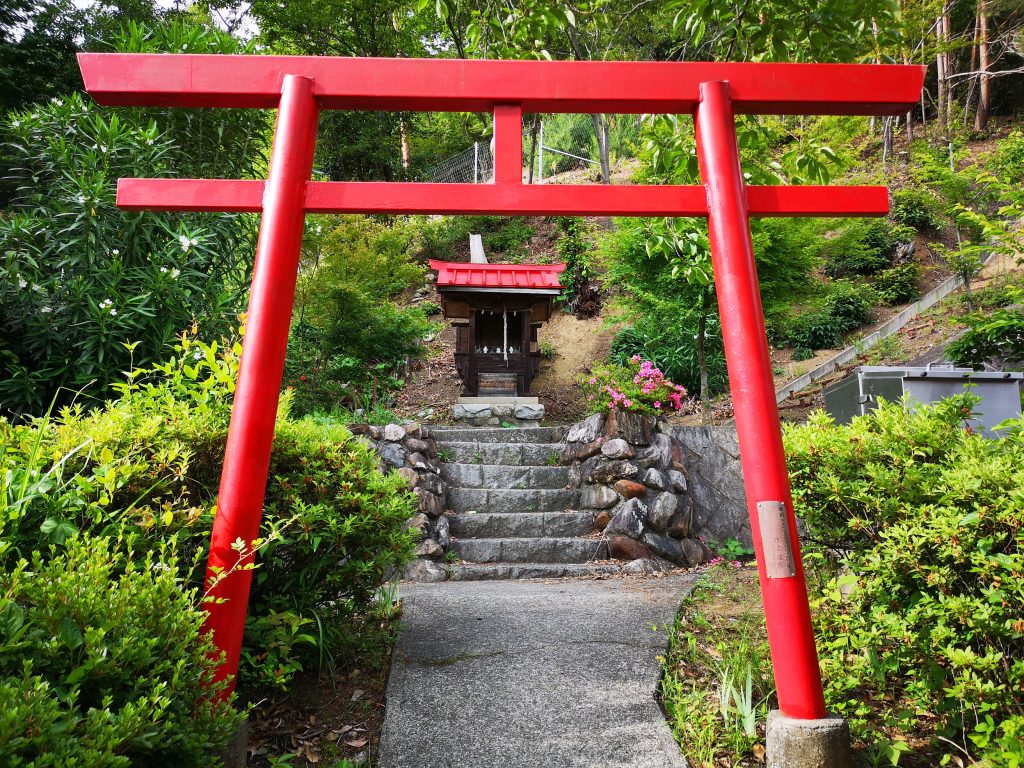
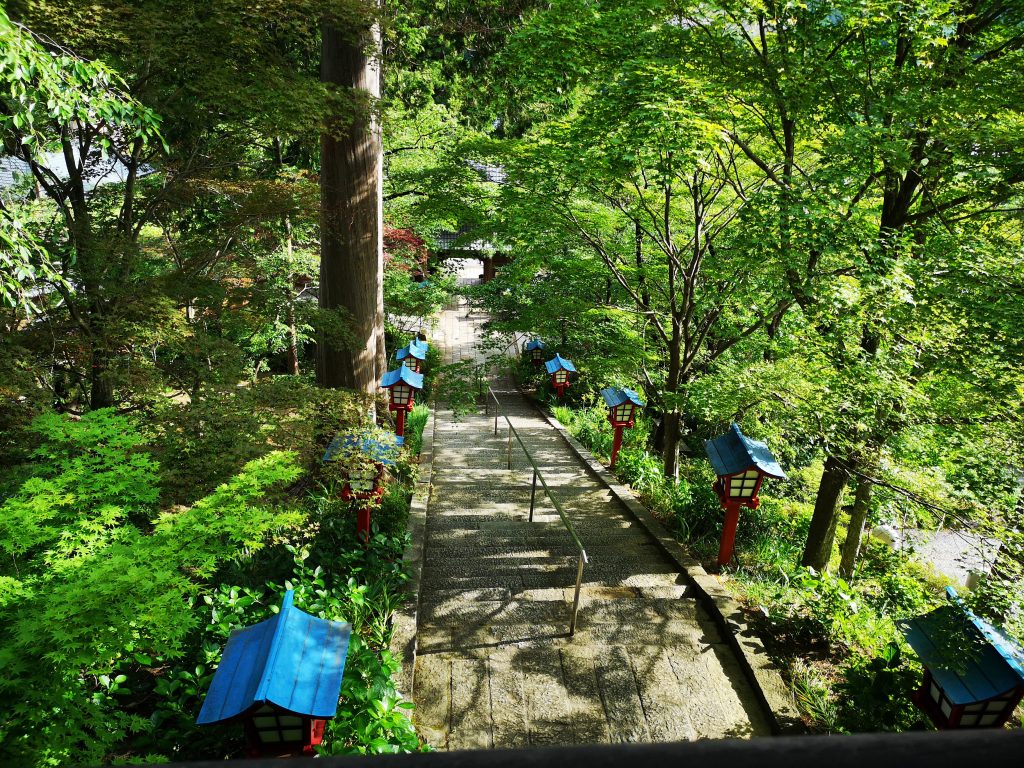
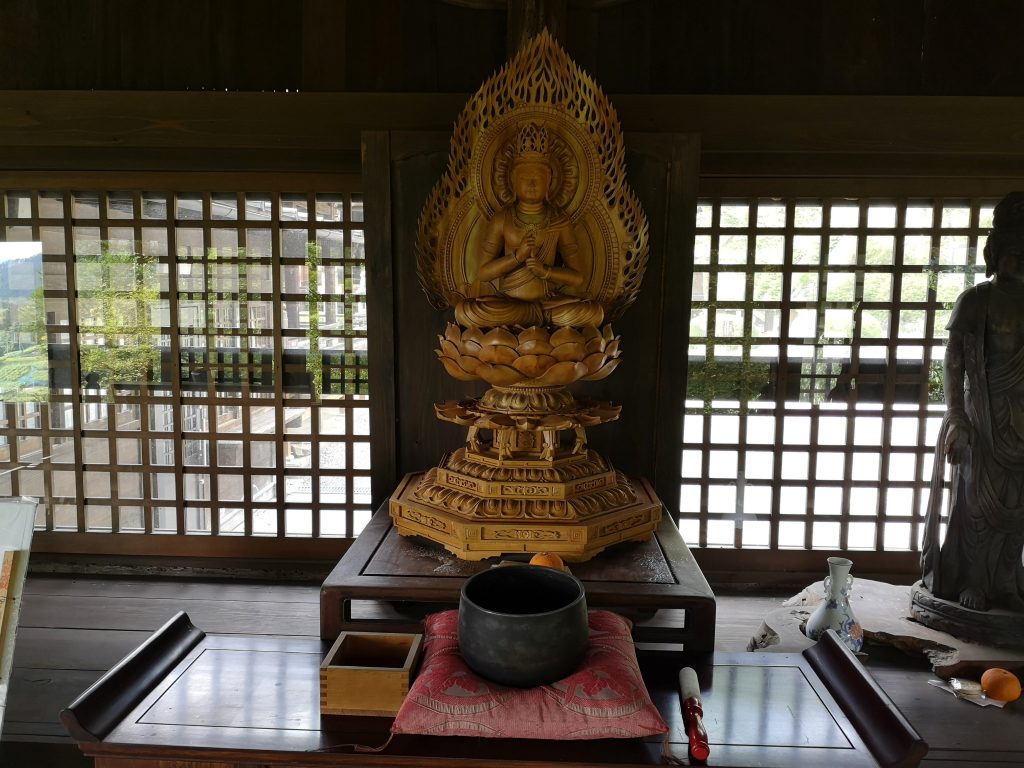
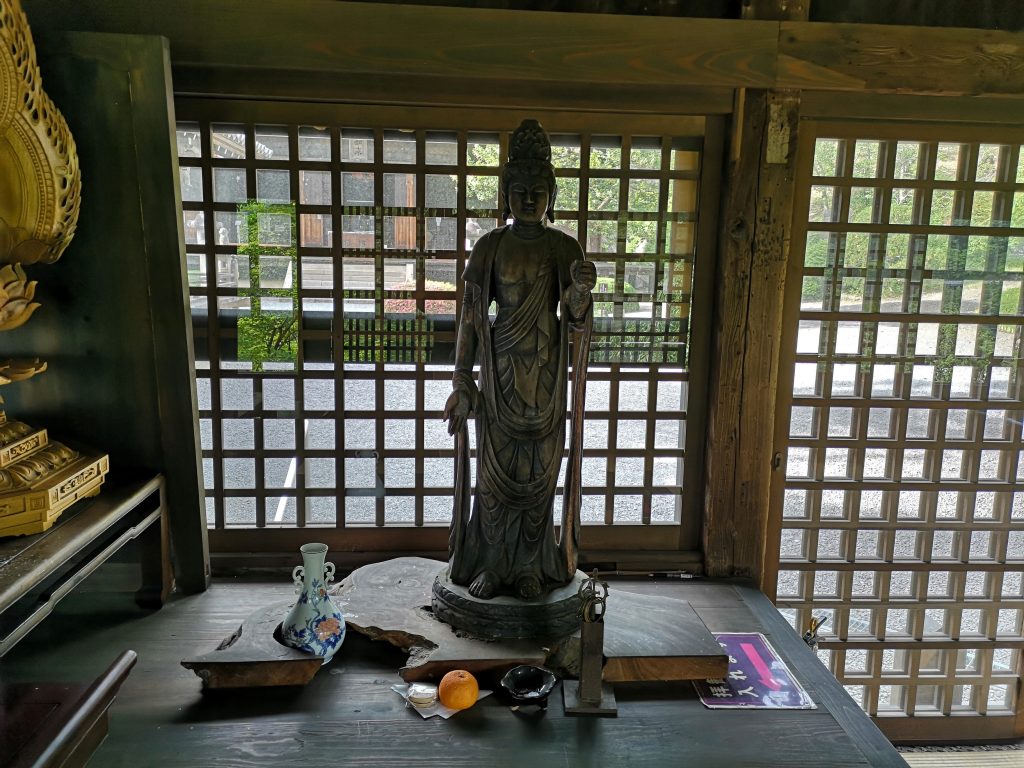
There is a hiking trail along the Ojiragawa (White Tail River) Gorge. You can enjoy several waterfalls and waterfall basins in the gorge. The magical emerald-green colors of the waterfall basins are truly mysterious and stunning. The Ojiragawa Gorge region is part of the Southern Japan-Alps UNESCO Eco Park (Biosphere Reserve). (http://translate.google.co.jp/translate?hl=ja&sl=ja&tl=en&u=https://www.minami-alps-br.org/&sandbox=1)
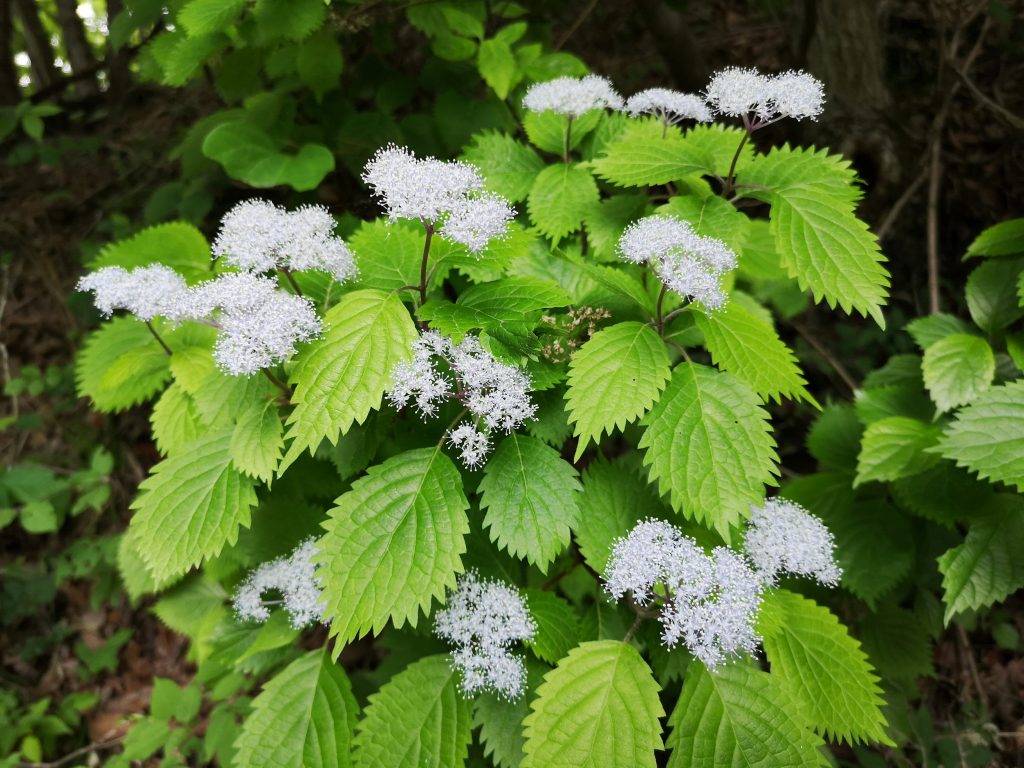
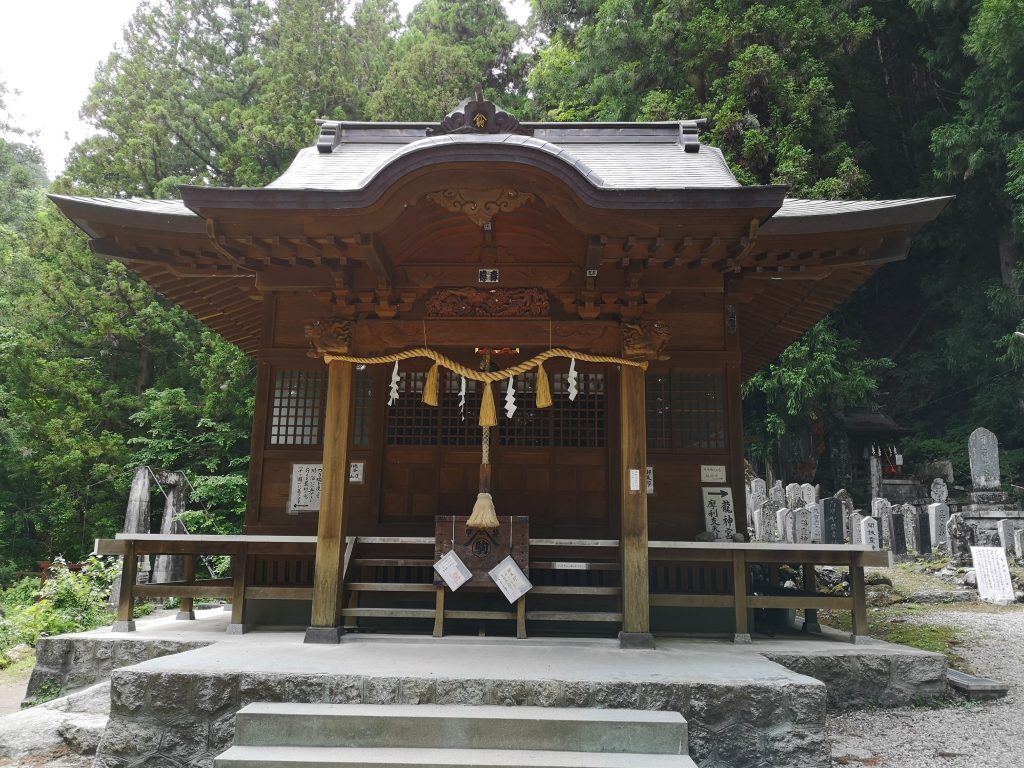
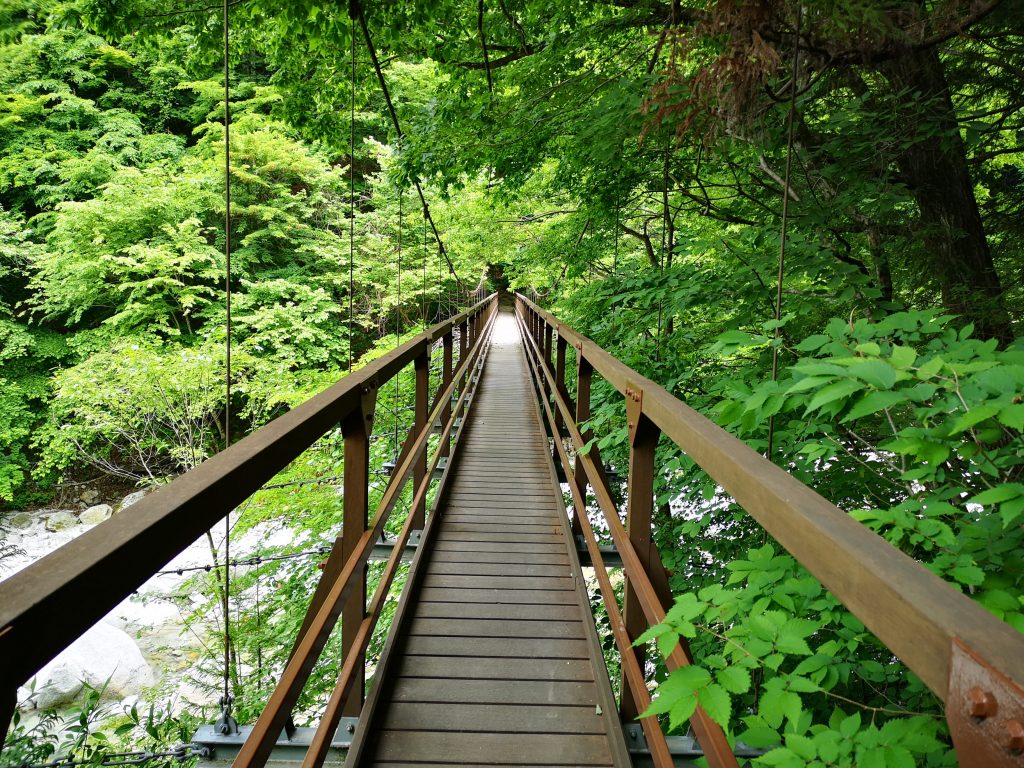
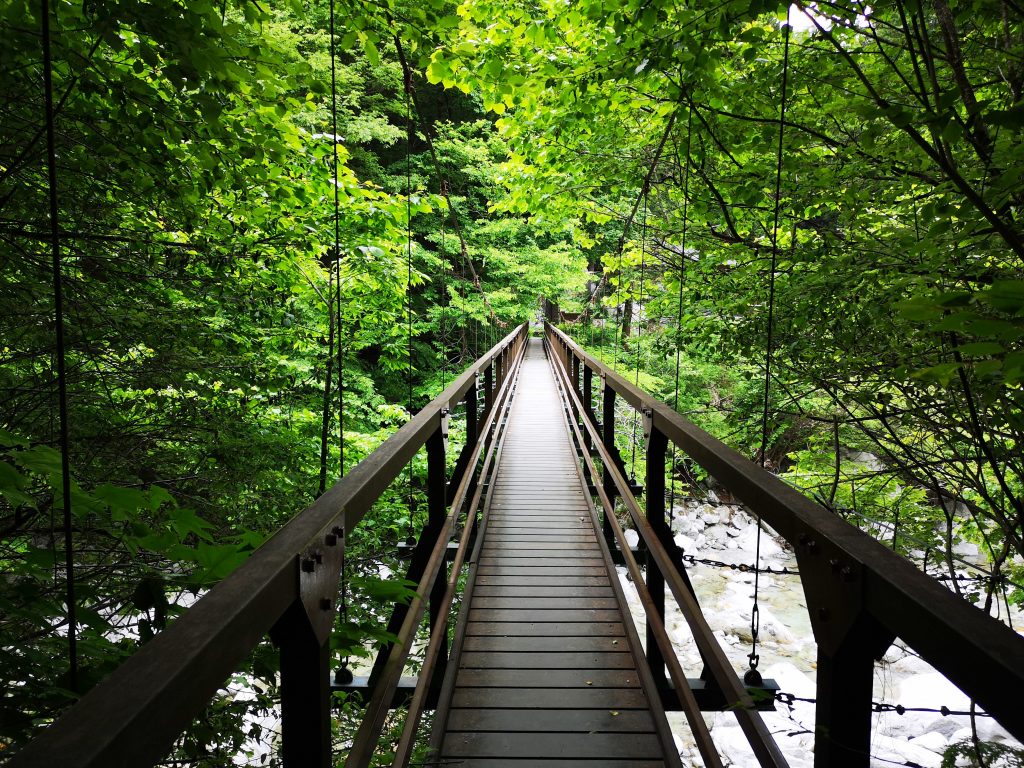
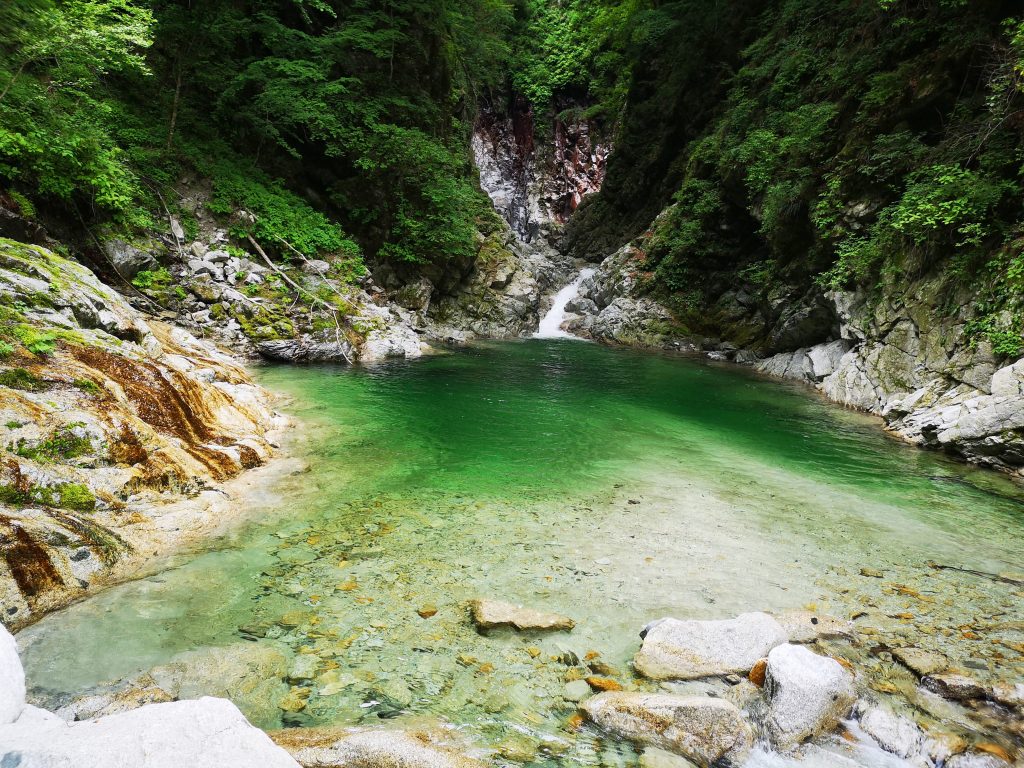
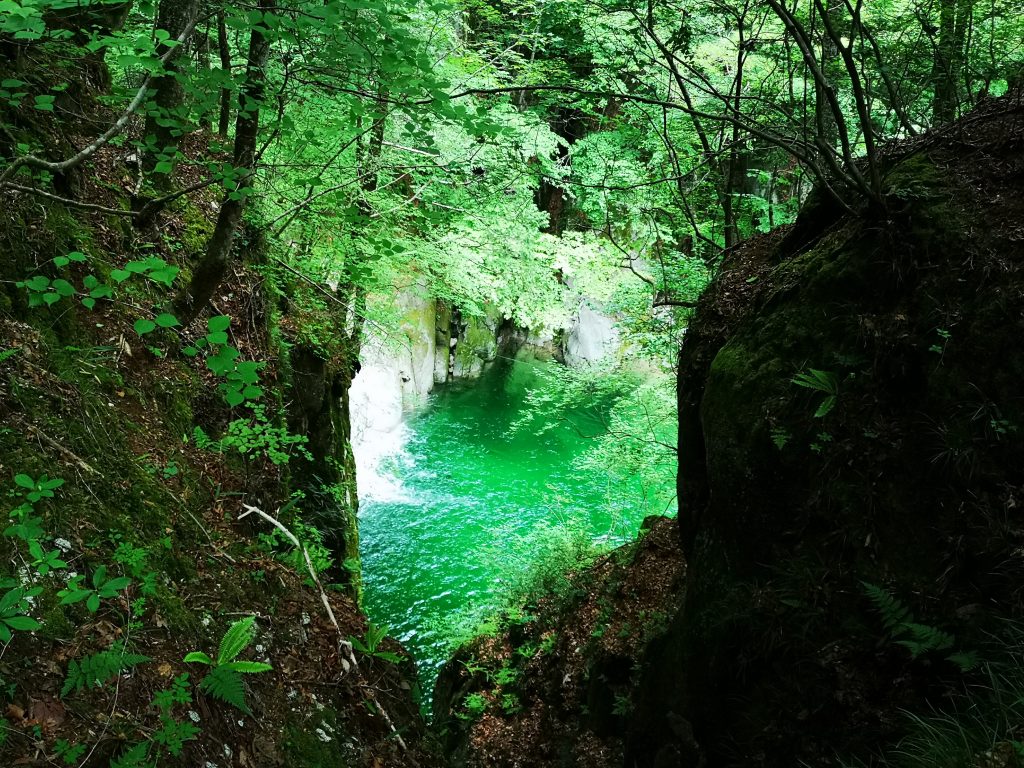
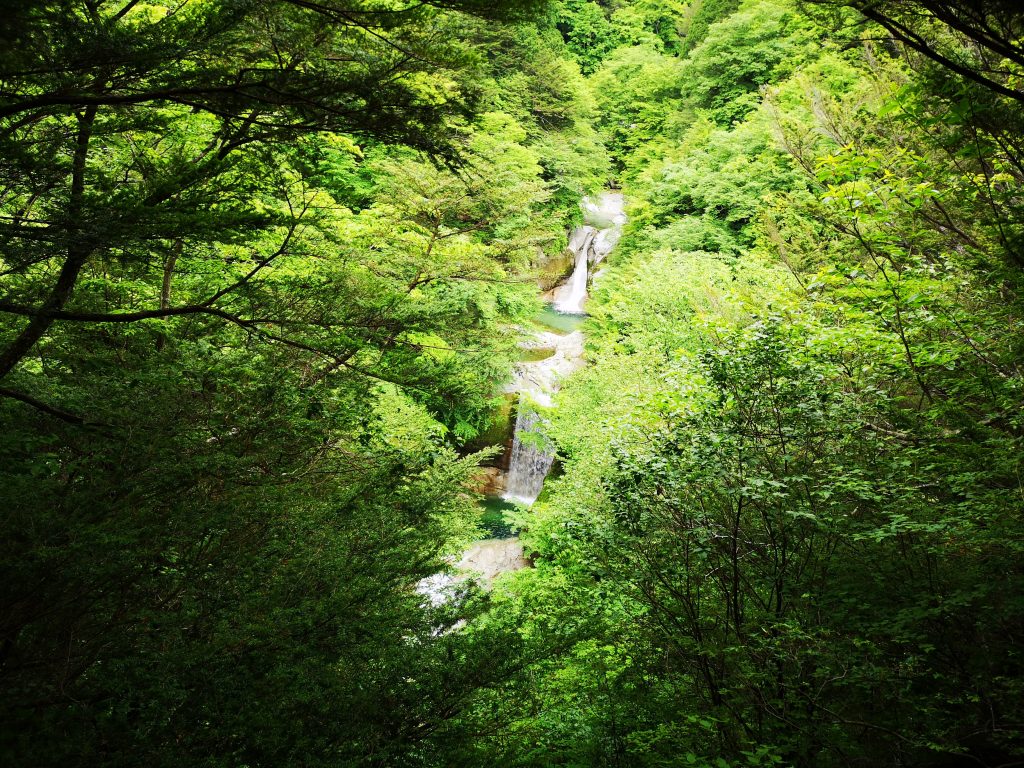
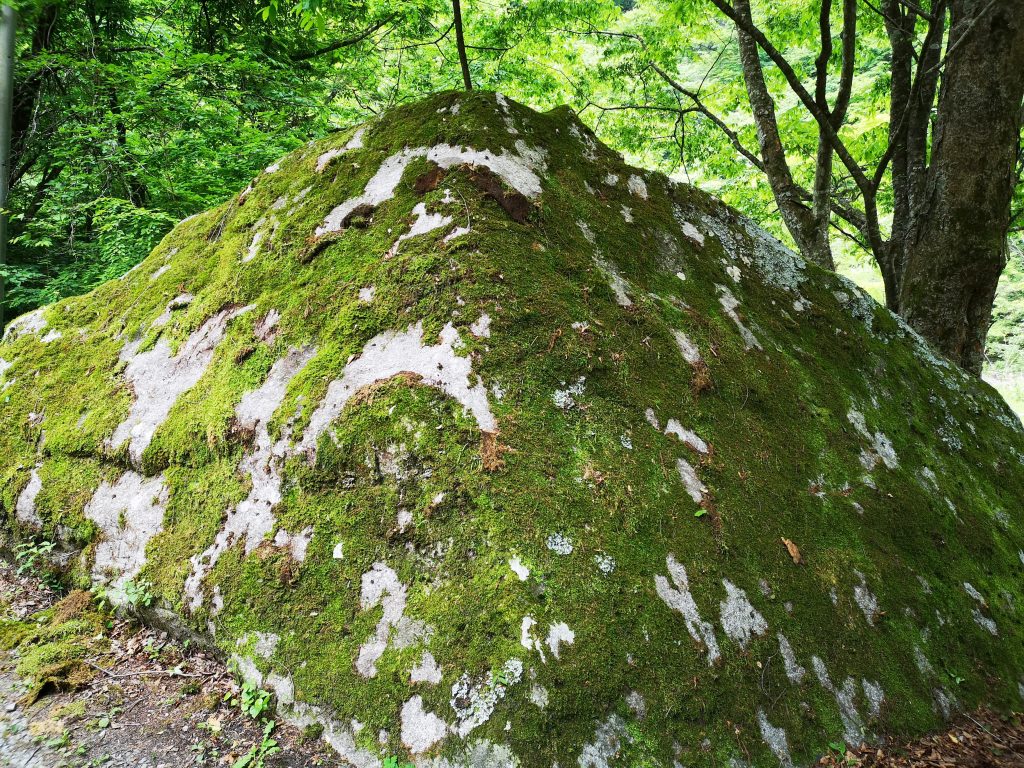
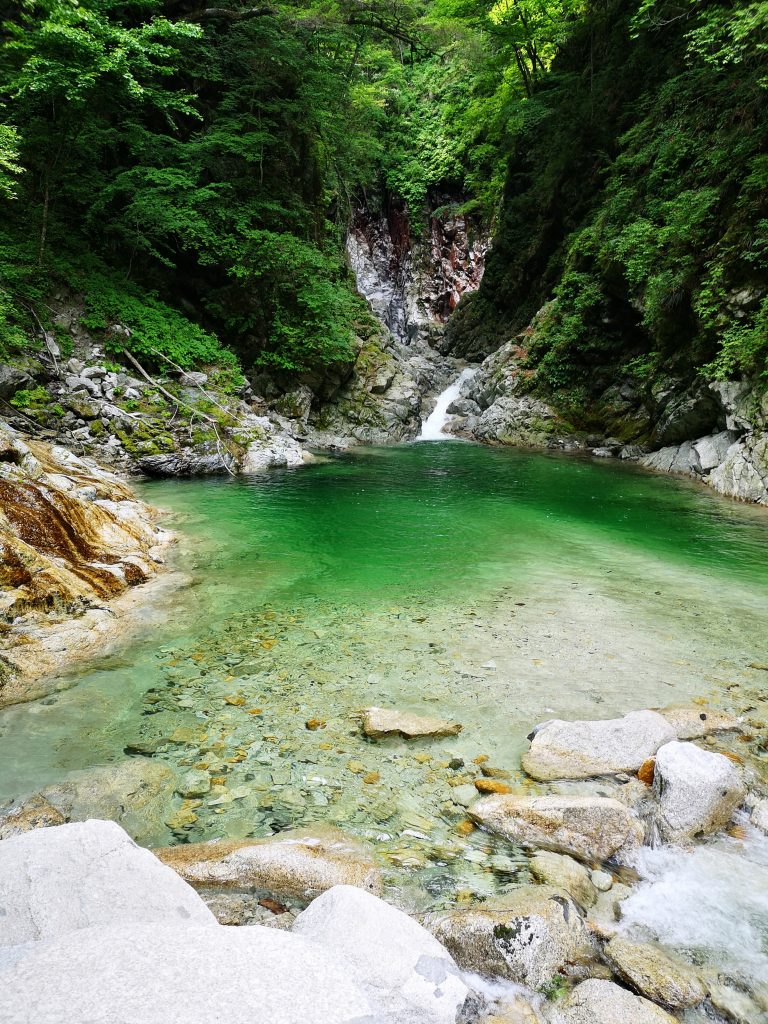
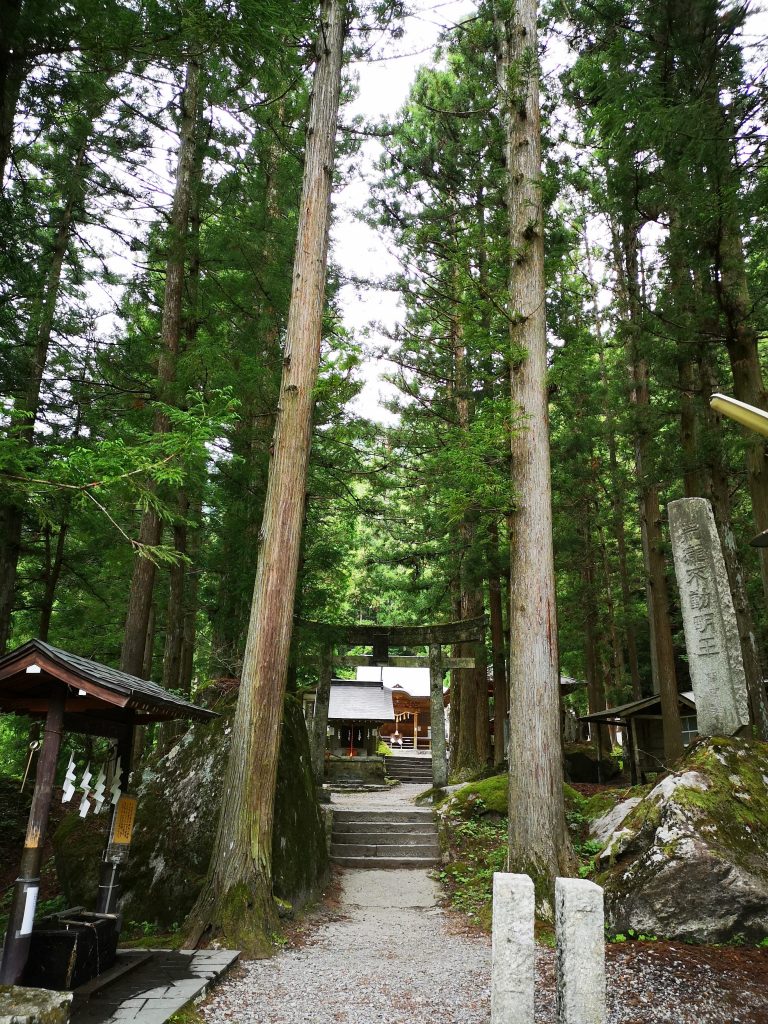
Shinpu Castle was the primary fortress of the warlord Takeda Katsuyori, the fourth sun and successor of Takeda Shingen. It is located on a hill of Shichirigaiwa, overlooking the Kamanashi River. The ruins were designated as a National Historic Site in 1973.
Takeda Katsuyori was initially successful in expanding his territory into Mino Province; however, he was defeated by Oda Nobunaga at the Battle of Nagashino. In 1582, even before the castle was completed, an alliance of Oda Nobunaga and Tokugawa Ieyasu invaded the Takeda holdings in Shinano Province. It was only 68 days since he resided in the castle that he noticed he was not able to hold Shinpu Castle any longer, and then he set fire to the castle. He fled into the mountains. Soon the Takeda clan ended.
(https://en.wikipedia.org/wiki/Shinpu_Castle) (https://shirobito.jp/article/681)
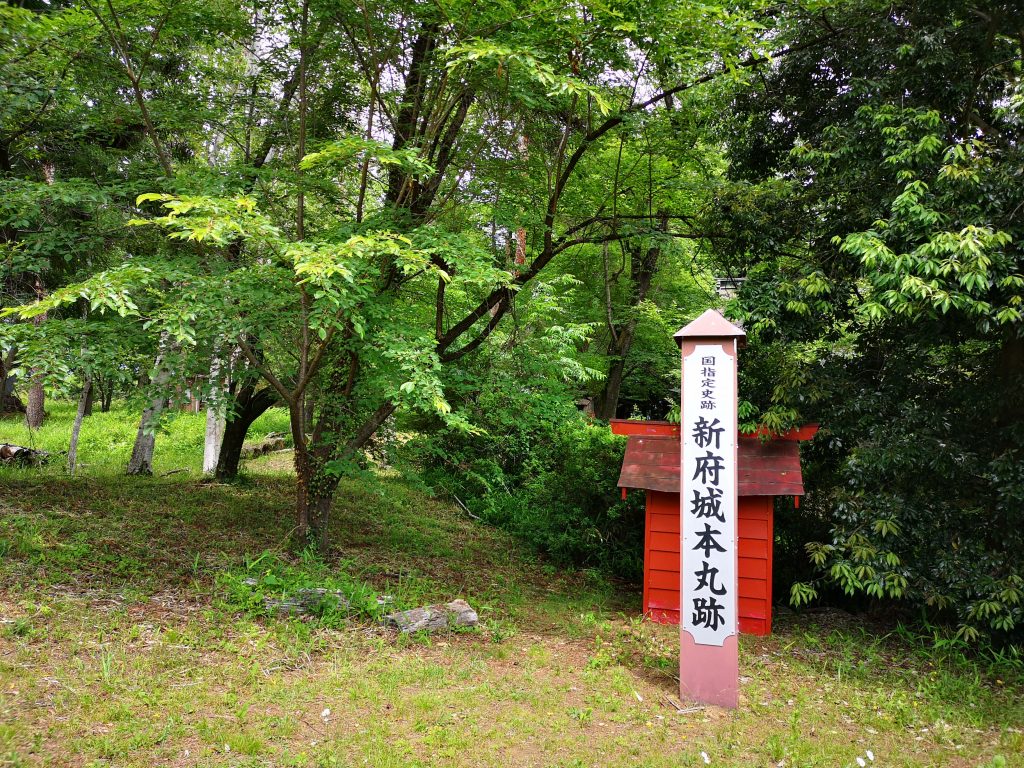
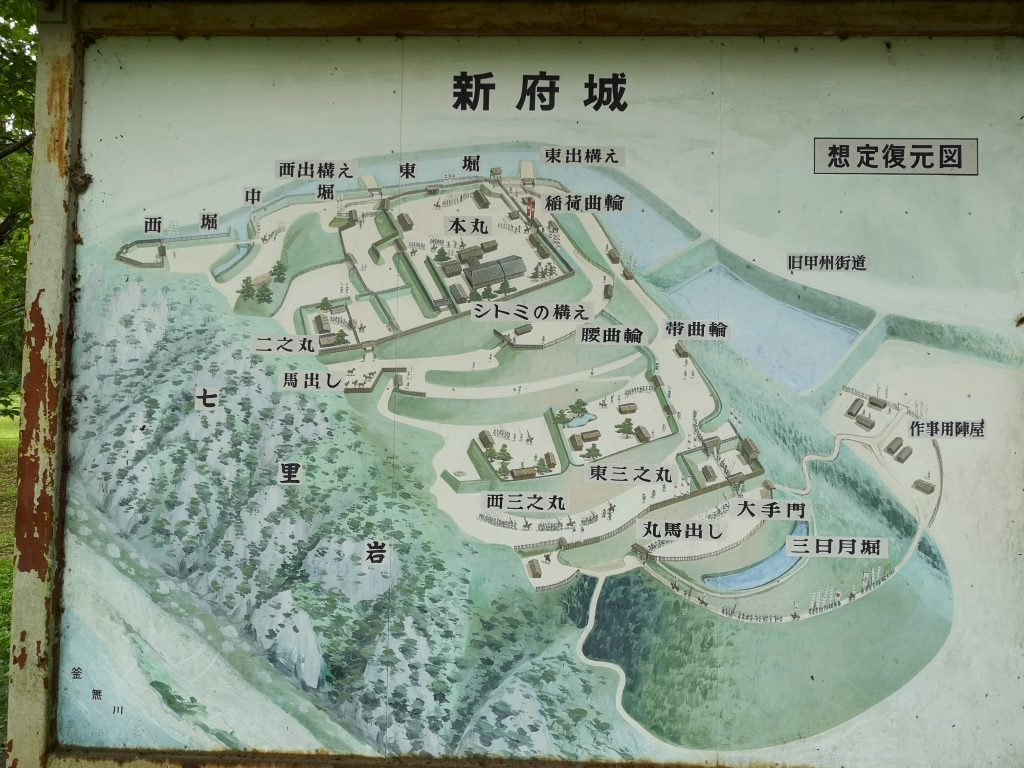
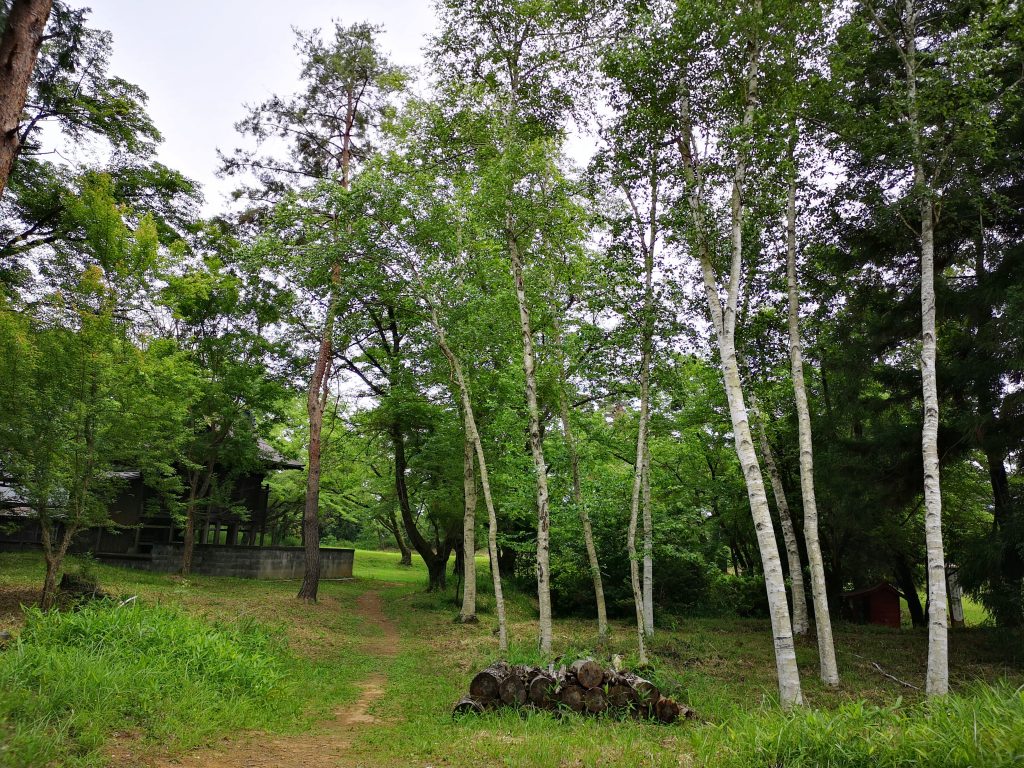
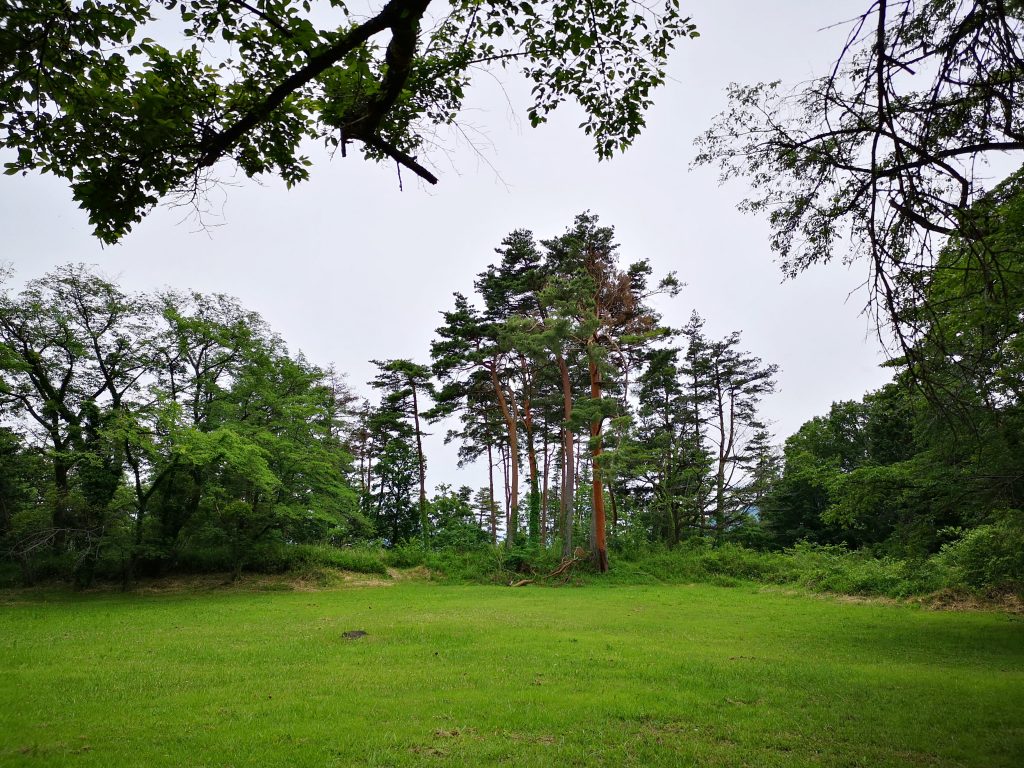
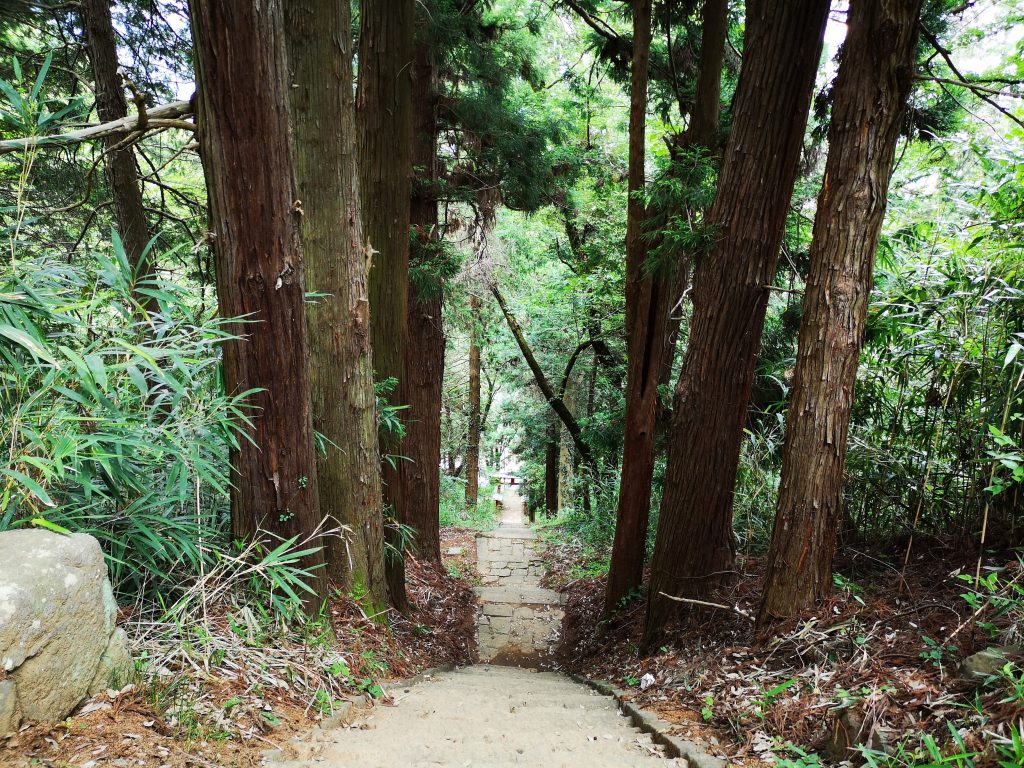
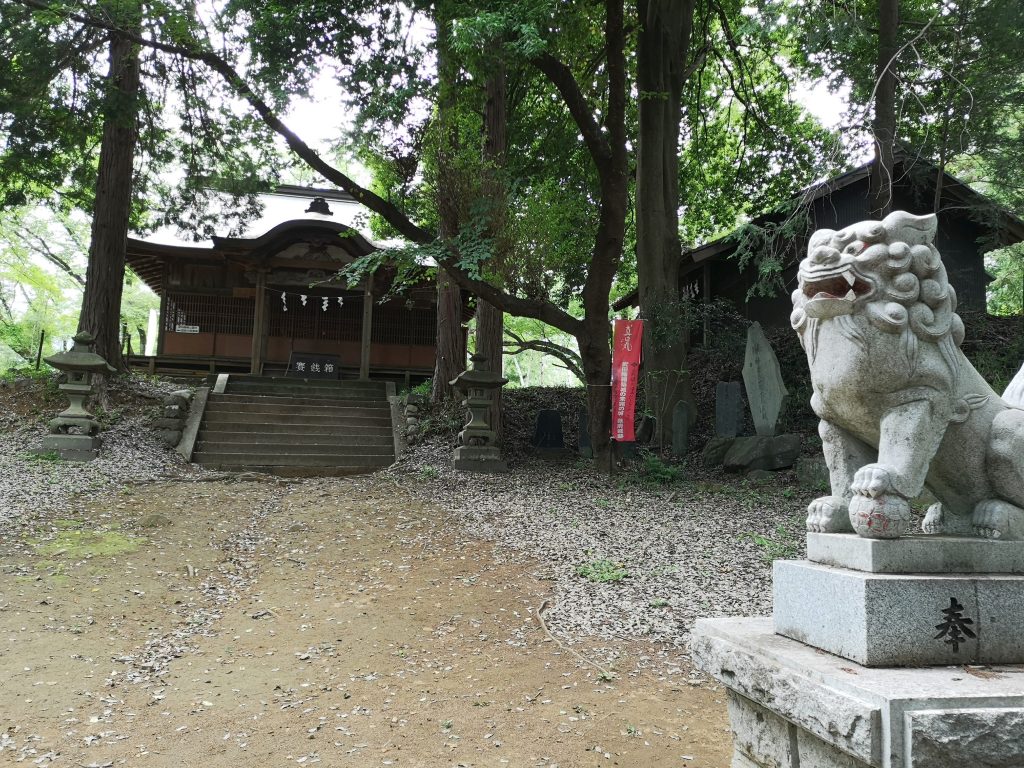
The city of Nirasaki in Yamanashi Prefecture is an interesting small city. A former professional soccer player-businessman, Nakata Hidetoshi, played soccer at Nirasaki High School before he joined the J1 League (http://nakata.net/). A Nobel Prize laureate, Omura Satoshi, was born and raised in a farm in this town. He was awarded the 2015 Nobel Prize in Physiology or Medicine for his leading role in the discovery of the avermectins. In 2014, he received the Gairdner Global Health Award. He once taught at the University of Yamanashi before he became a research scientist (http://www.satoshi-omura.info/).
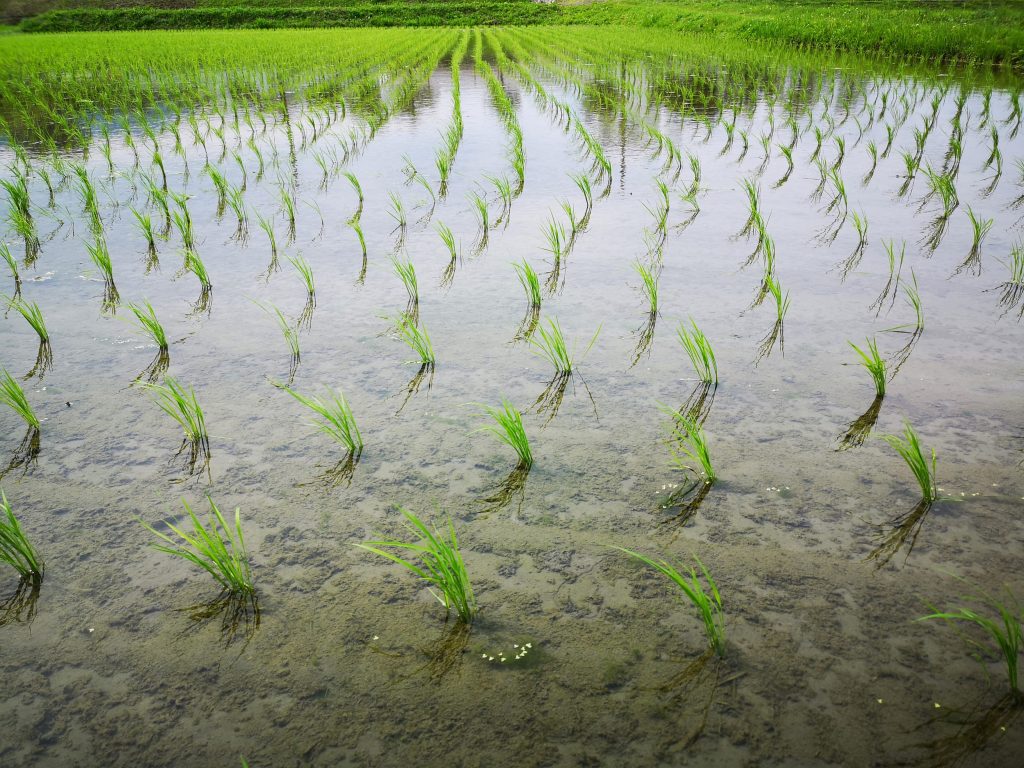
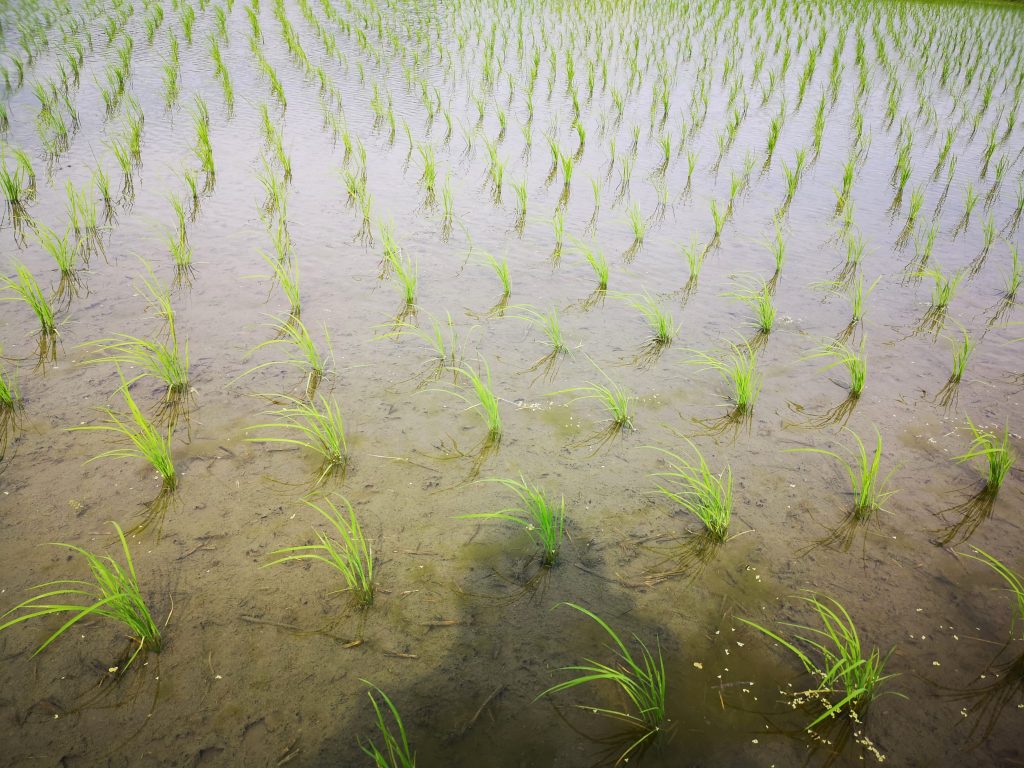

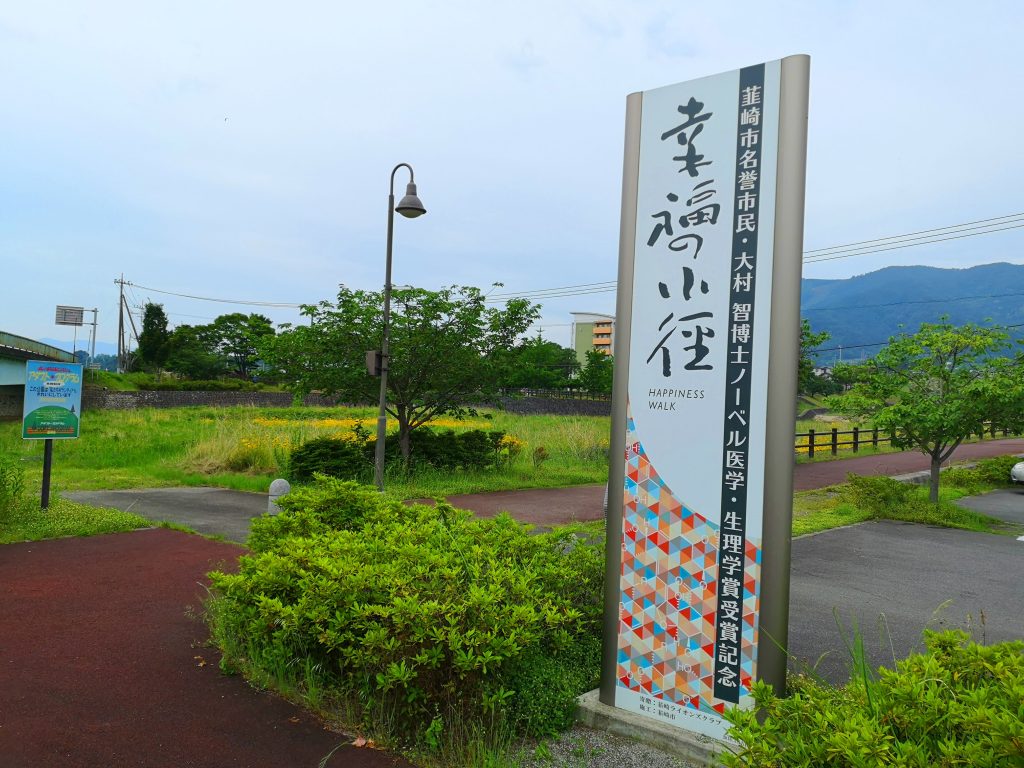
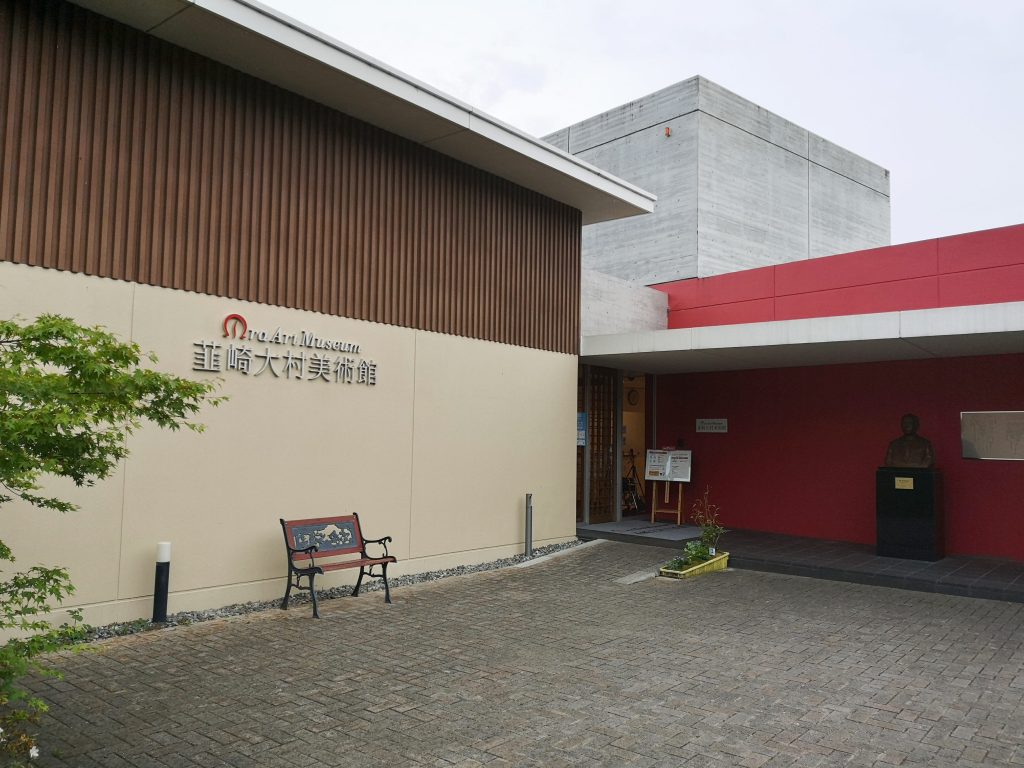
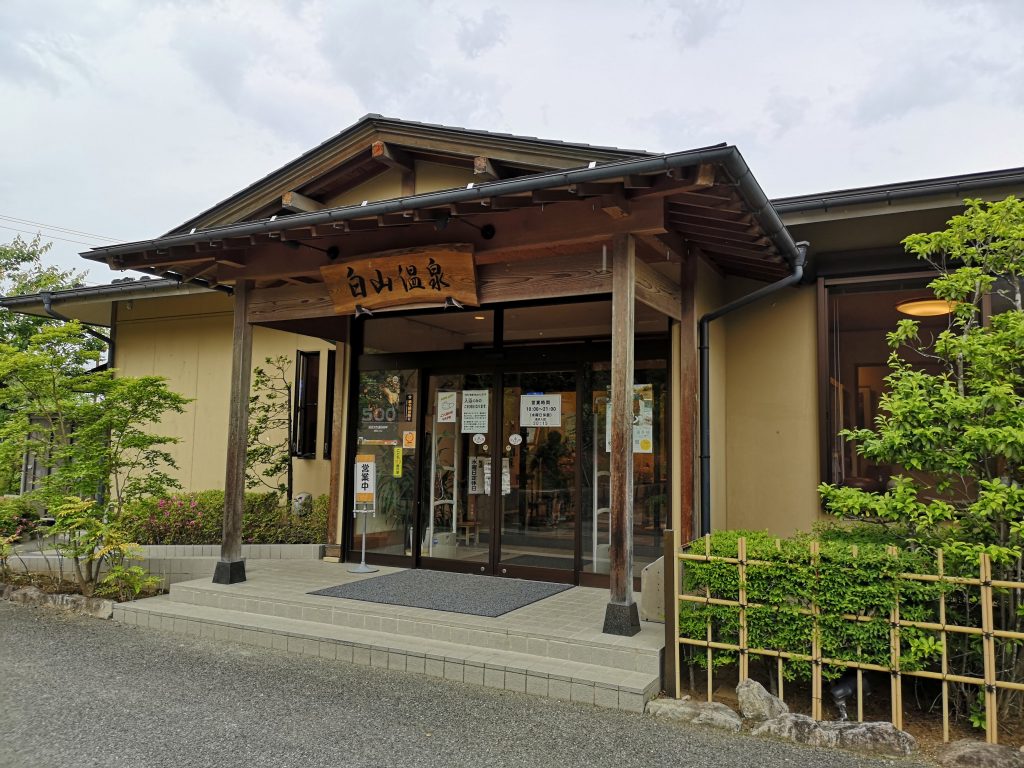
I visited two small shrines, Matsumoto Jinja and Yohashira Jinja, and Nawate shopping street in the city of Matsumoto in Nagano Prefecture. (https://commons.wikimedia.org/wiki/Category:Matsumoto-jinja) (https://www.go.tvm.ne.jp/~yohasira/index.html) (https://celecton.com/matsumoto/en/access/sightseeing/post-1.html)(https://visitmatsumoto.com/en/spot/nawate-street/) (http://www.unique-nagano.com/detail.php?id=151)
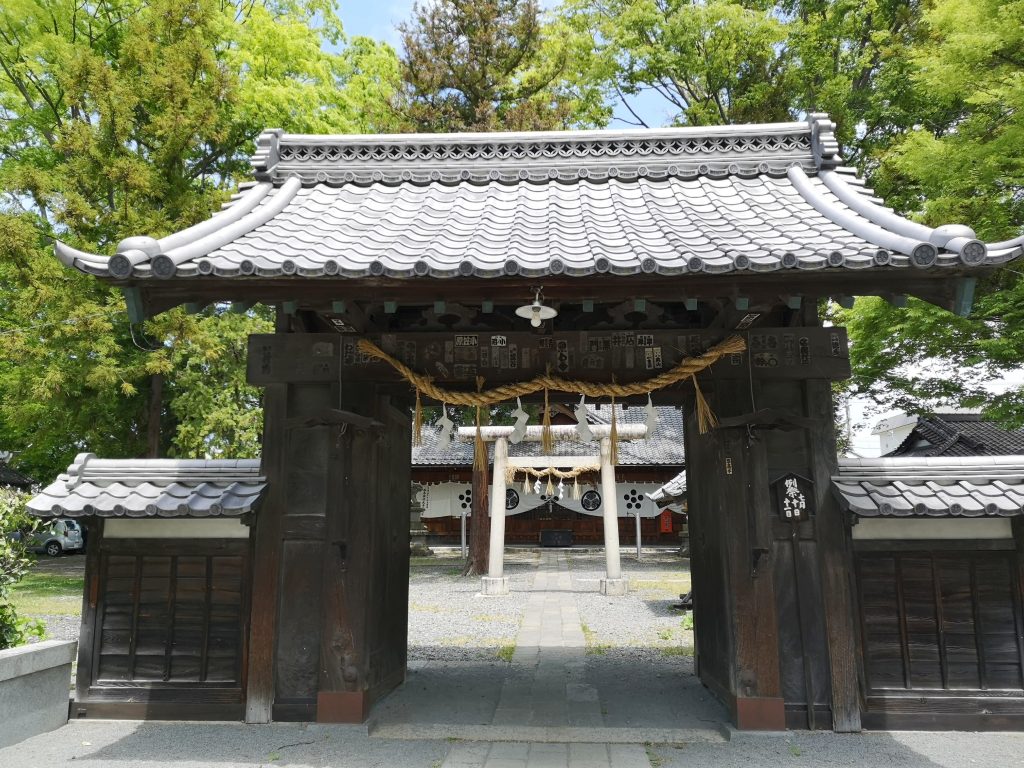
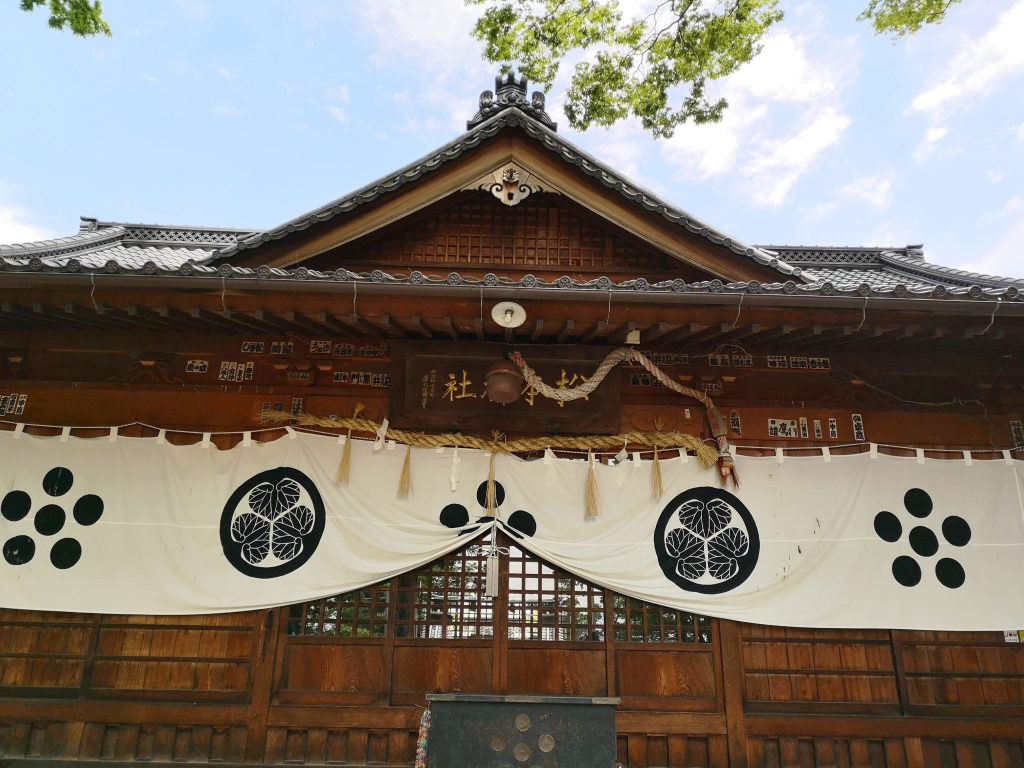
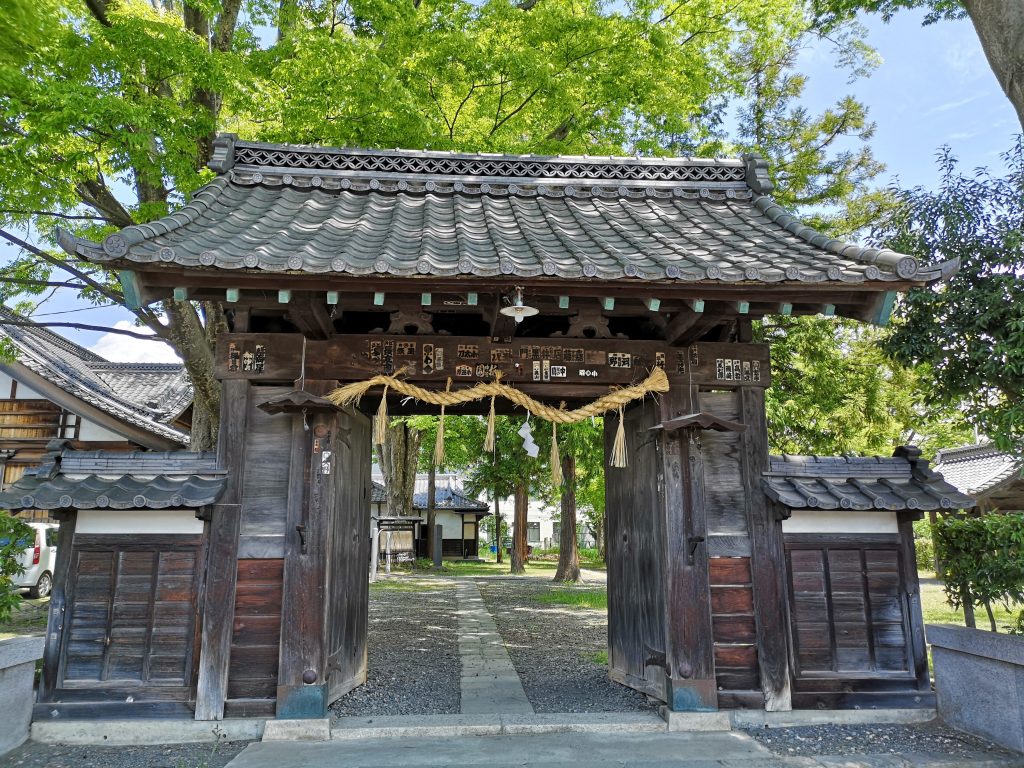
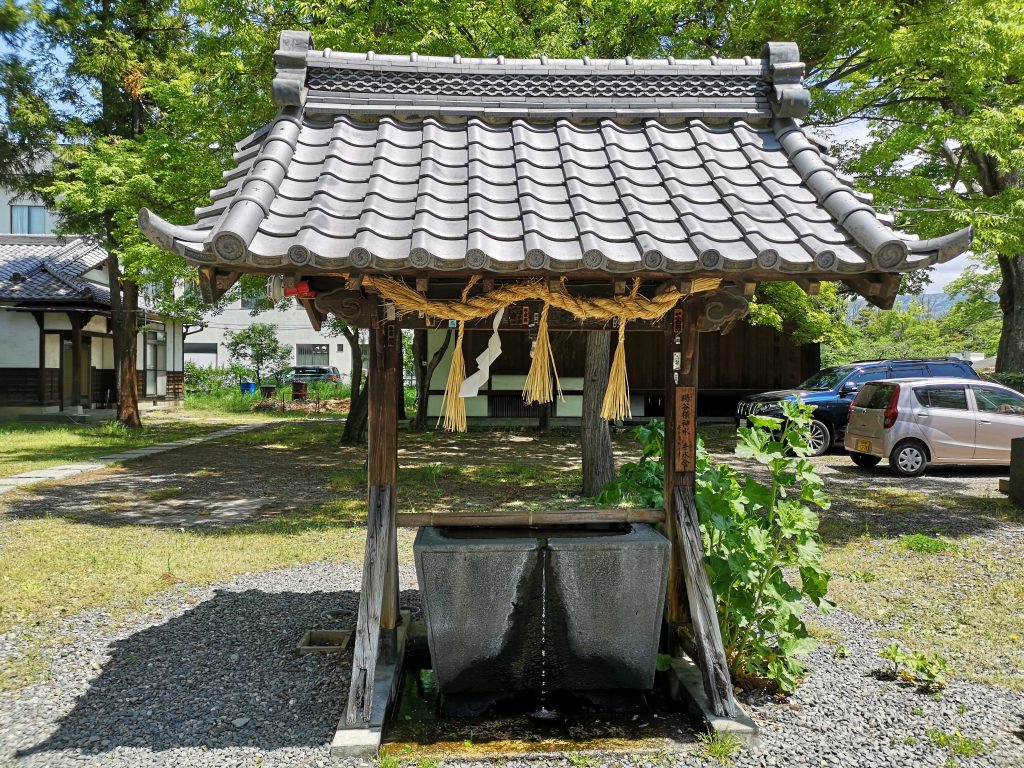
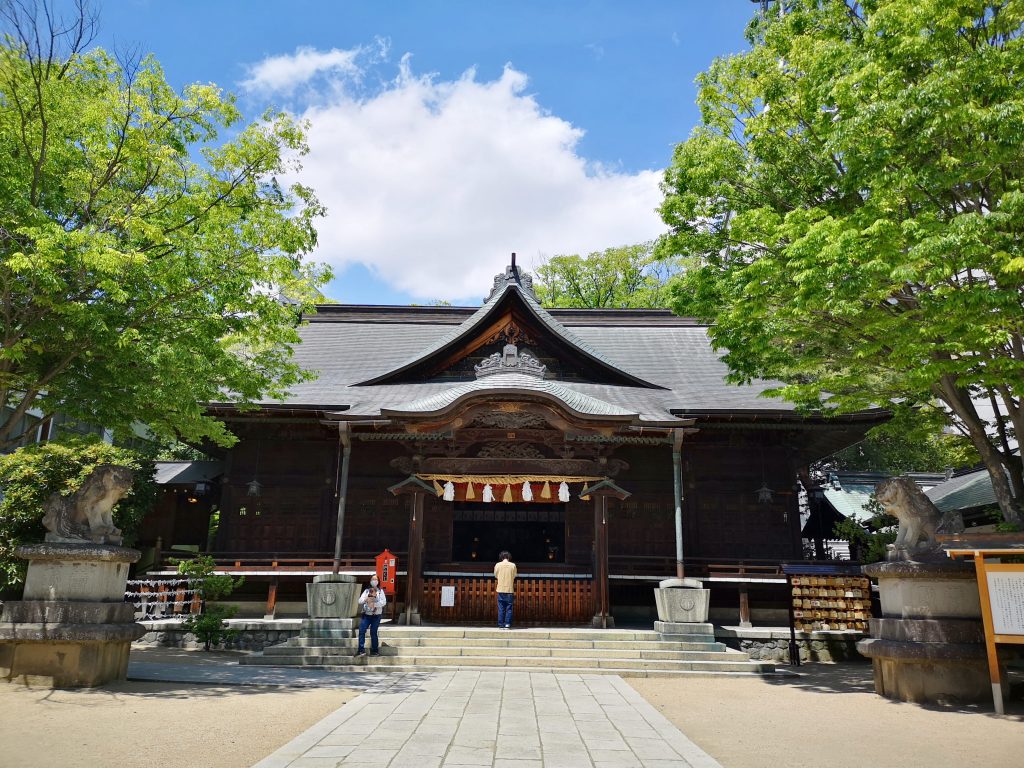
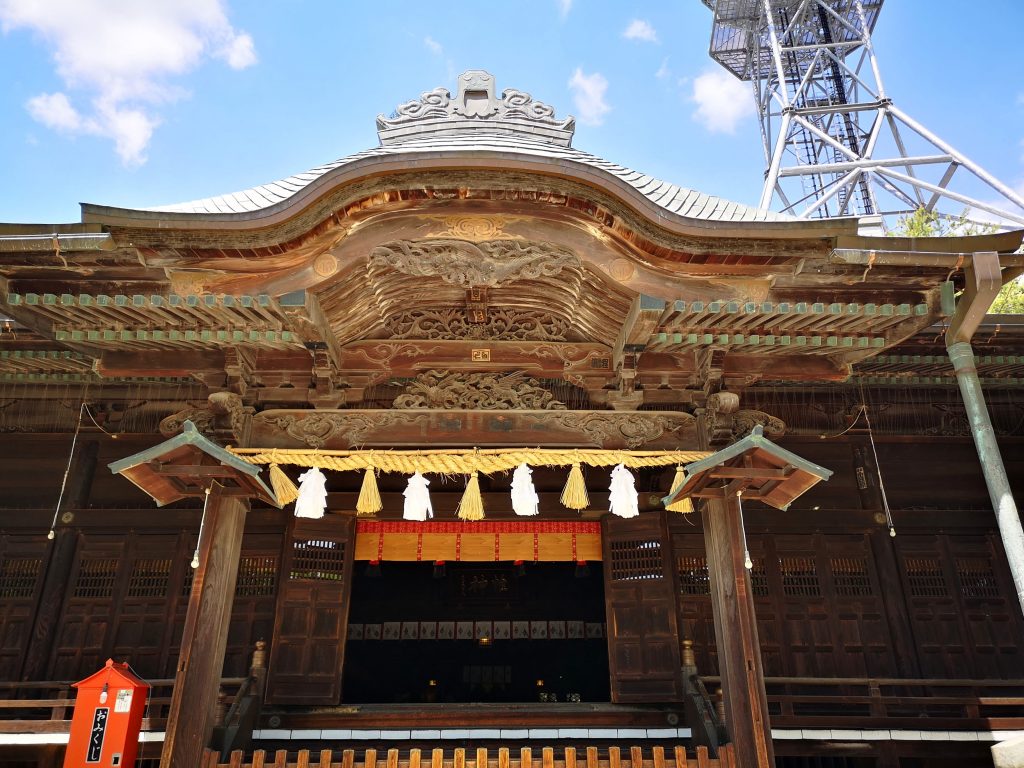
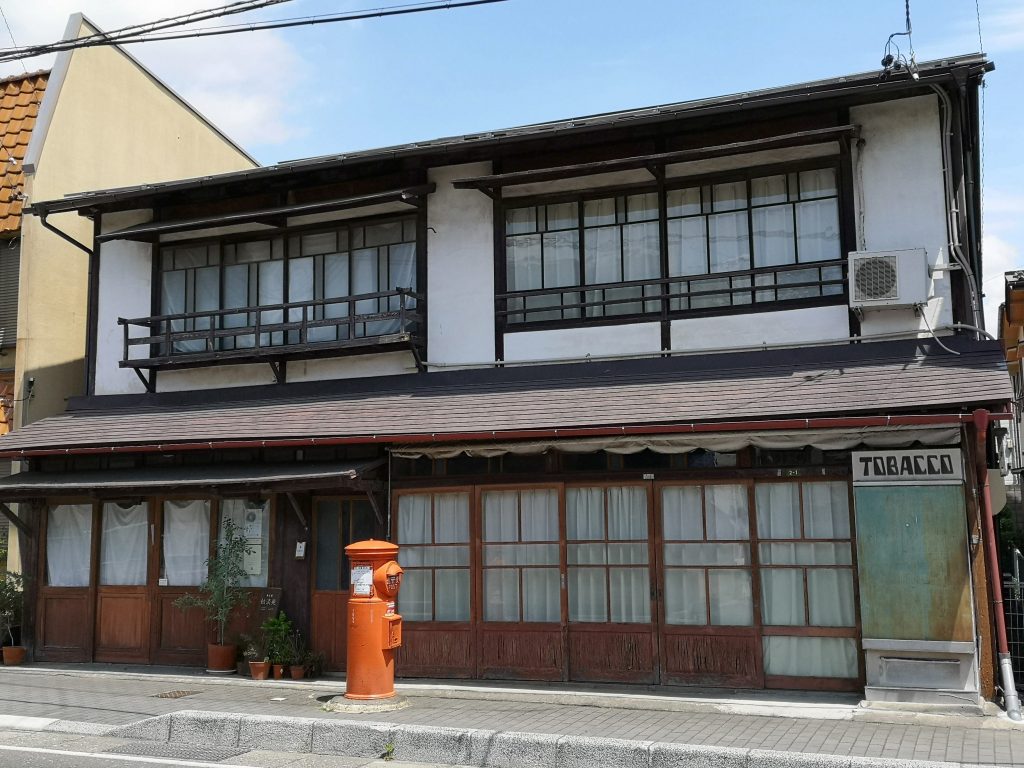
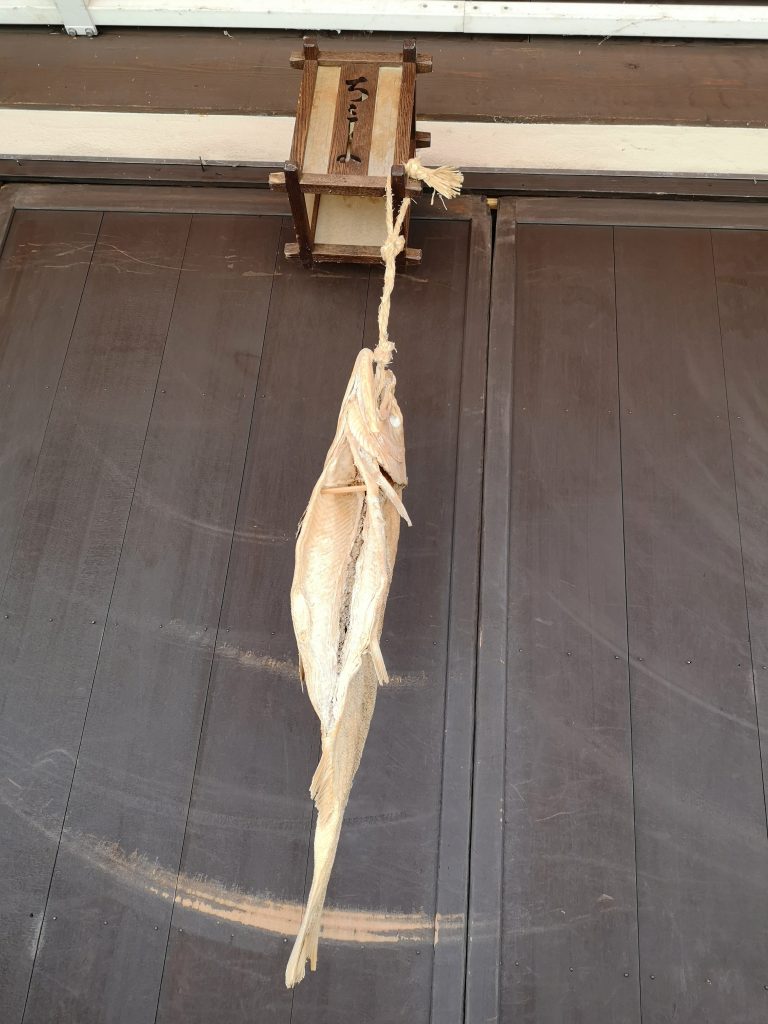
I tried to visit the Matsumoto City Museum of Art. However, it was currently closed for extensive renovations for about one year from April 2021 to April 2022. (https://matsumoto-artmuse.jp/en/)
A contemporary artist, Kusama Yayoi, known for her polka dot and eternity-net designs, was born and raised in Matsumoto-shi, Nagano Prefecture. Her works were not well-understood in Japan; however, ・・・・・・, the rest is history. (http://yayoi-kusama.jp/e/information/index.html; https://yayoikusamamuseum.jp/en/home/; https://www.go-nagano.net/en/theme/id=16715) (https://www.japan.travel/en/spot/2356/)(https://towadaartcenter.com/collection/love-forever-singing-in-towada/)
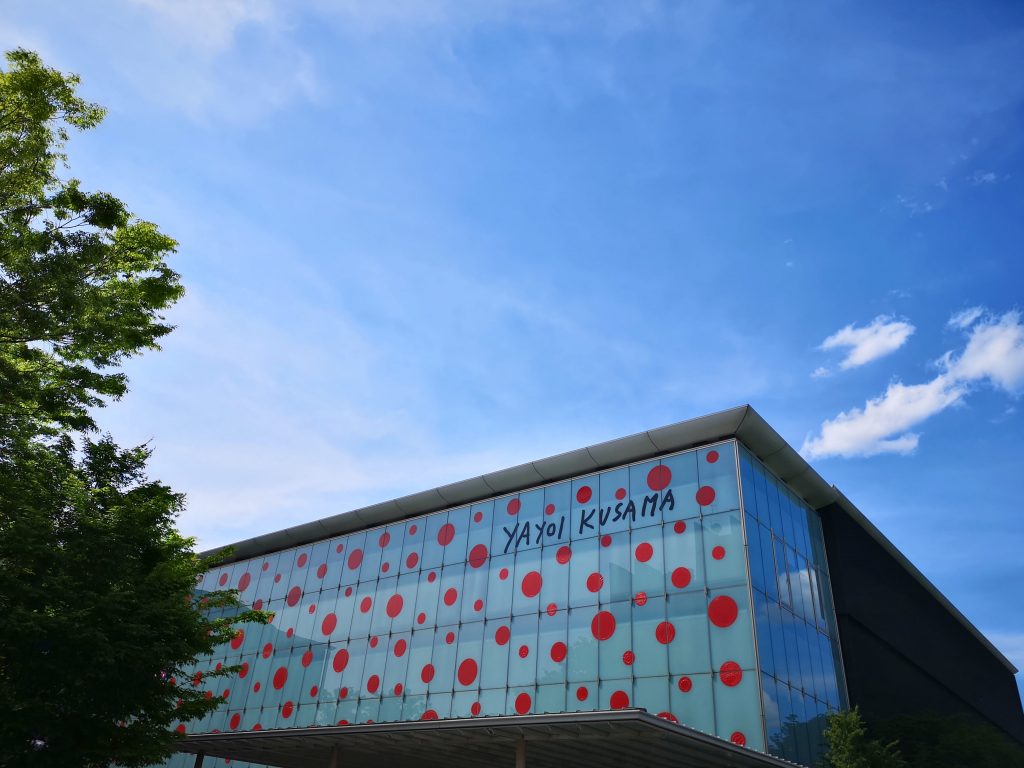
Former Kaichi School, located in the city of Mtsumoto in Nagano Prefecture, was originally built near the Metoba River in 1876. It was relocated to the current location, repaired, and restored to its original form in 1964. It is a two-story wooden building with a hip roof and white plaster walls. Because of its architectural style, a mixture of Western and traditional Japanese styles, the building looks very unique and charming. (https://visitmatsumoto.com/en/spot/kaichischool/)
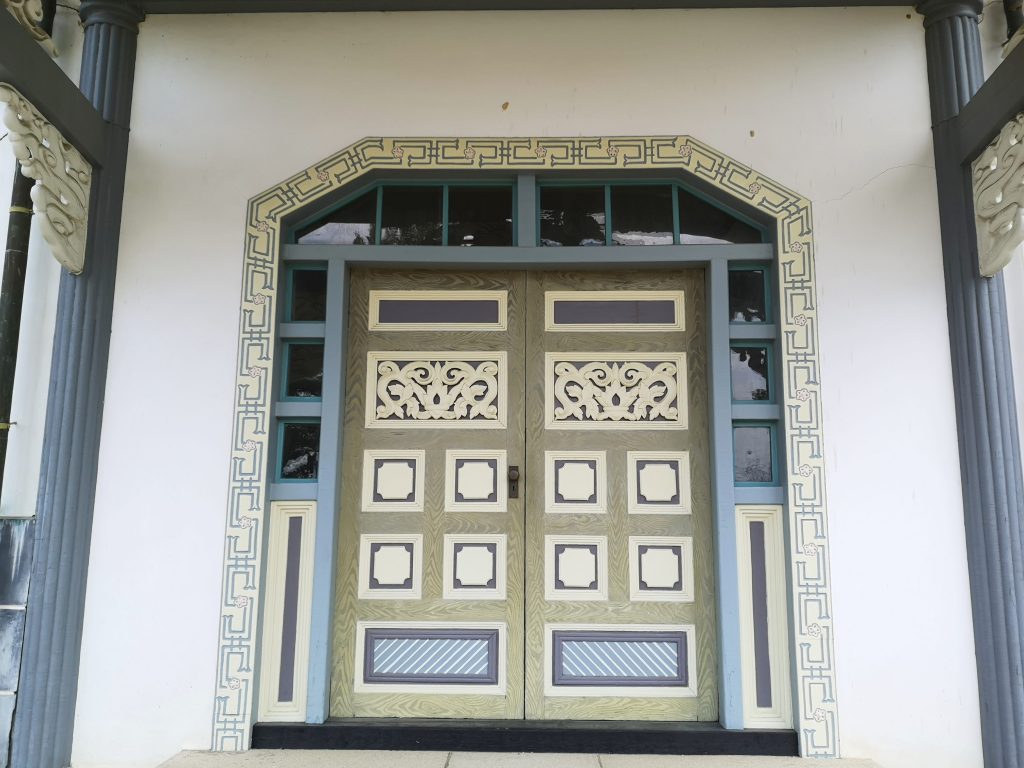
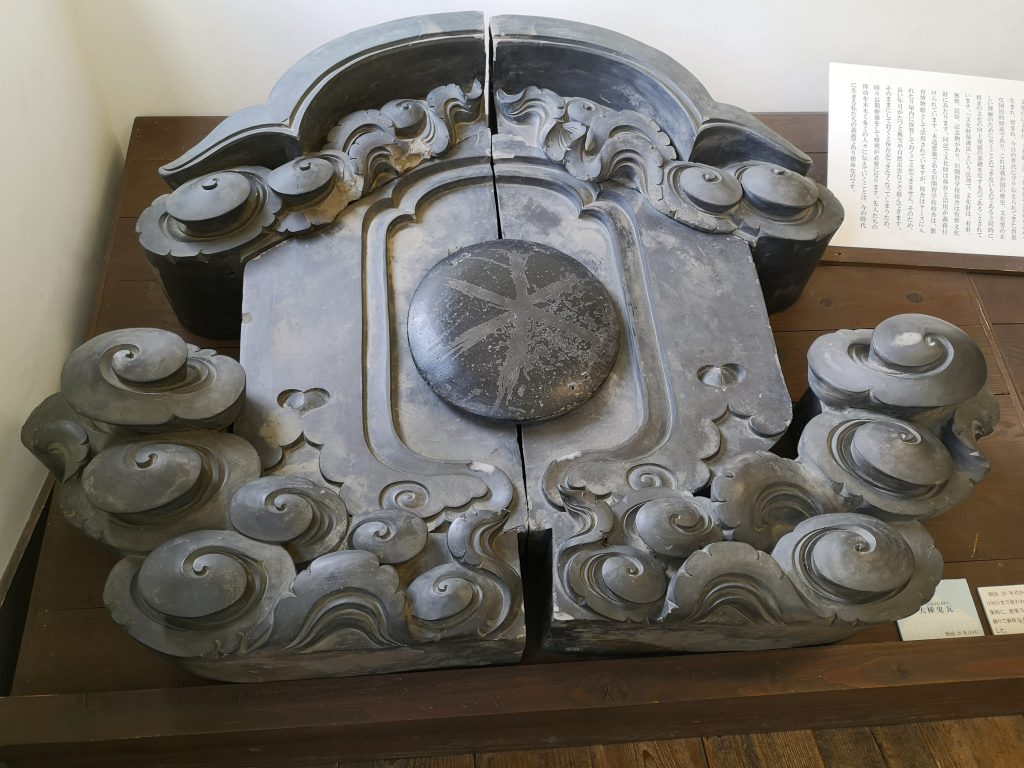





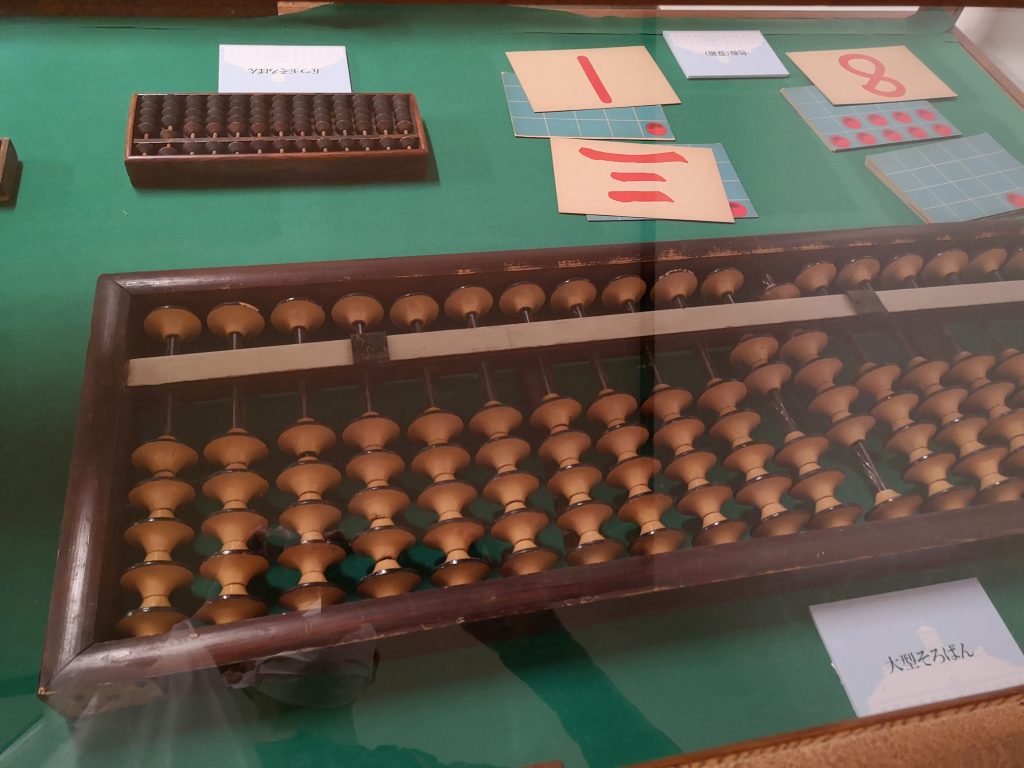
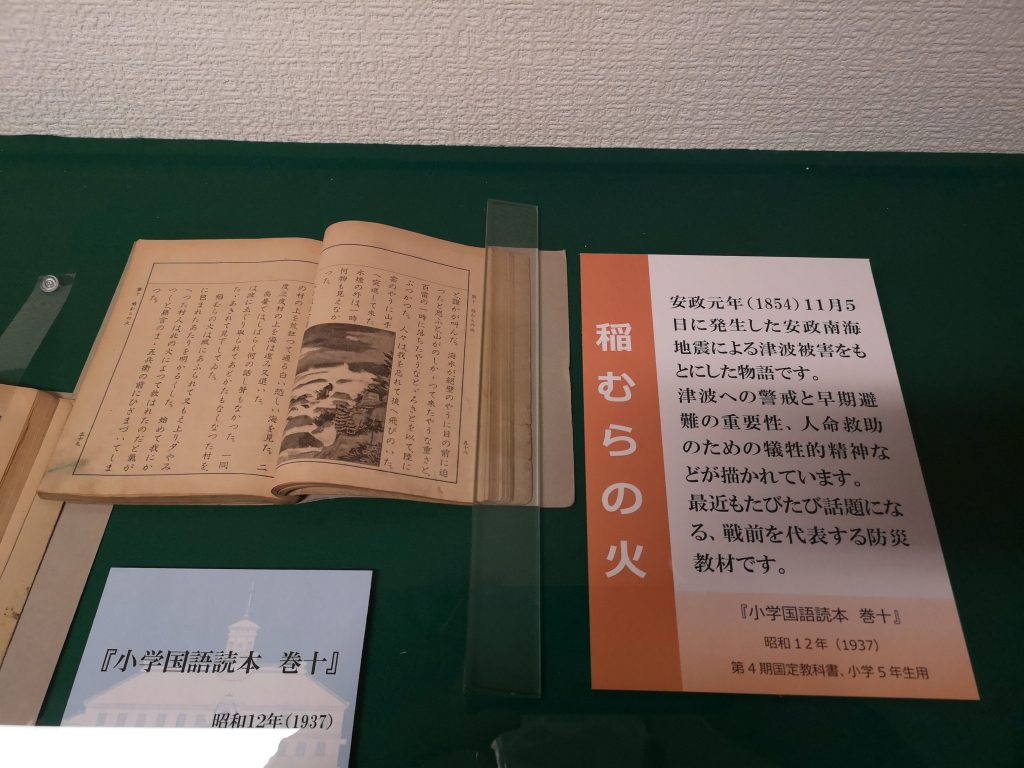
“The Fire of Rice Sheaves,” A Reading Material for Grade 5 (1937). It was written by Nakai Tsunezo based on “A Living God” by Patrick Lafcadio Hearn (1897).
In the books, the achievements of Hamaguchi Goryo were told. He saved the lives of a lot of people from a tsunami and an earthquake. His achievements and spirit are applicable even today as a symbol of disaster prevention. (https://www.town.hirogawa.wakayama.jp/inamuranohi/english/siryo_inamura.html)